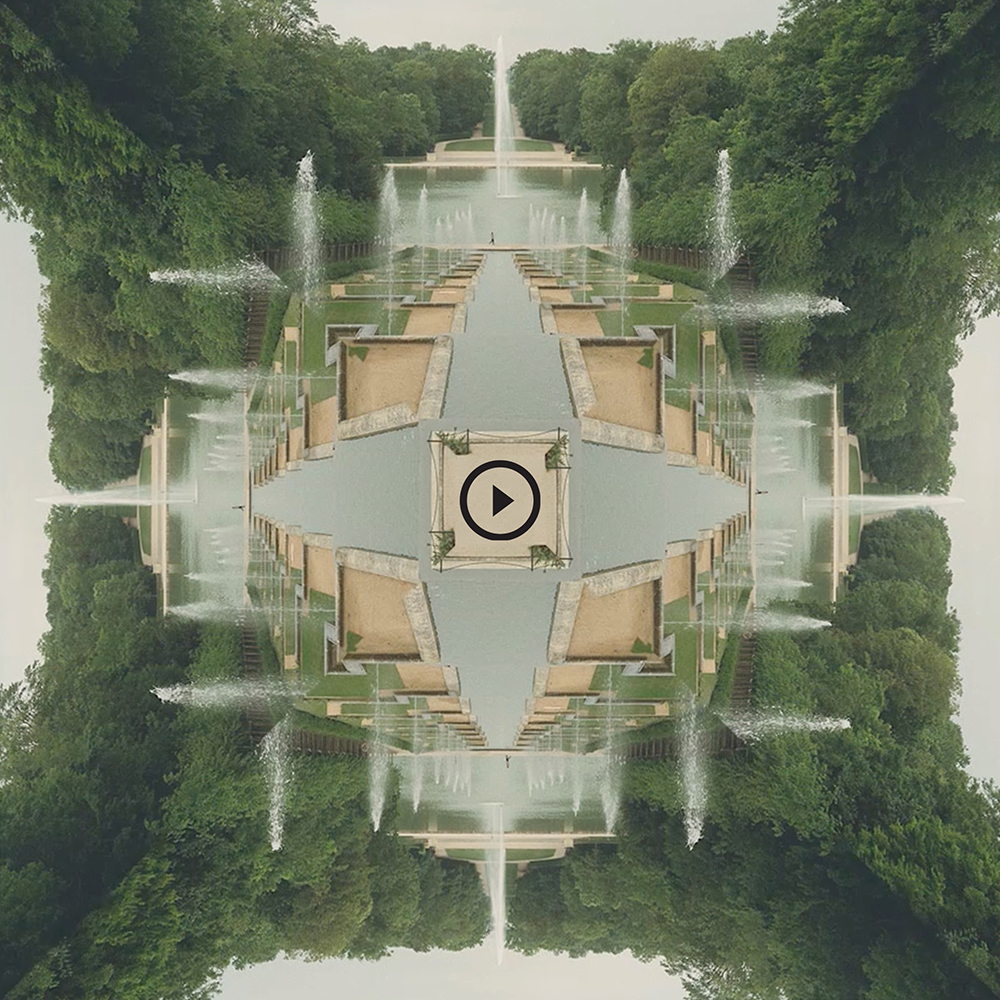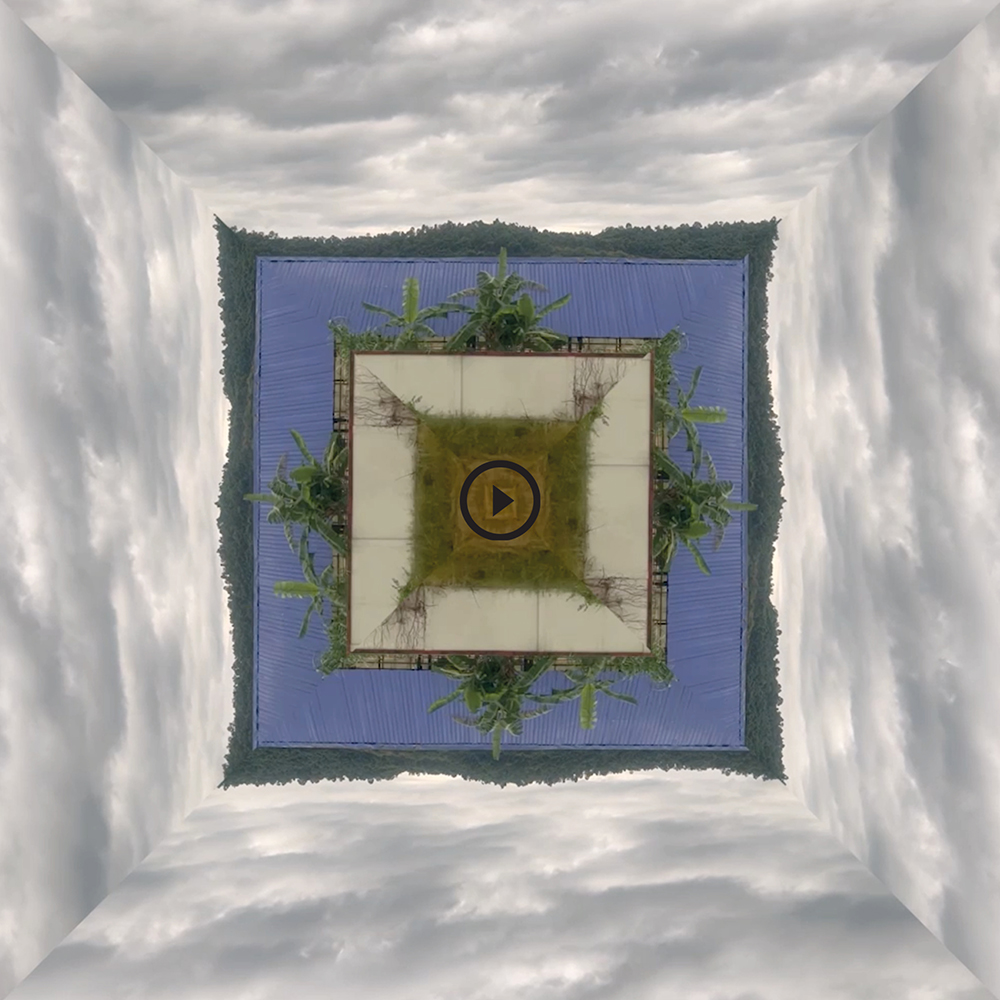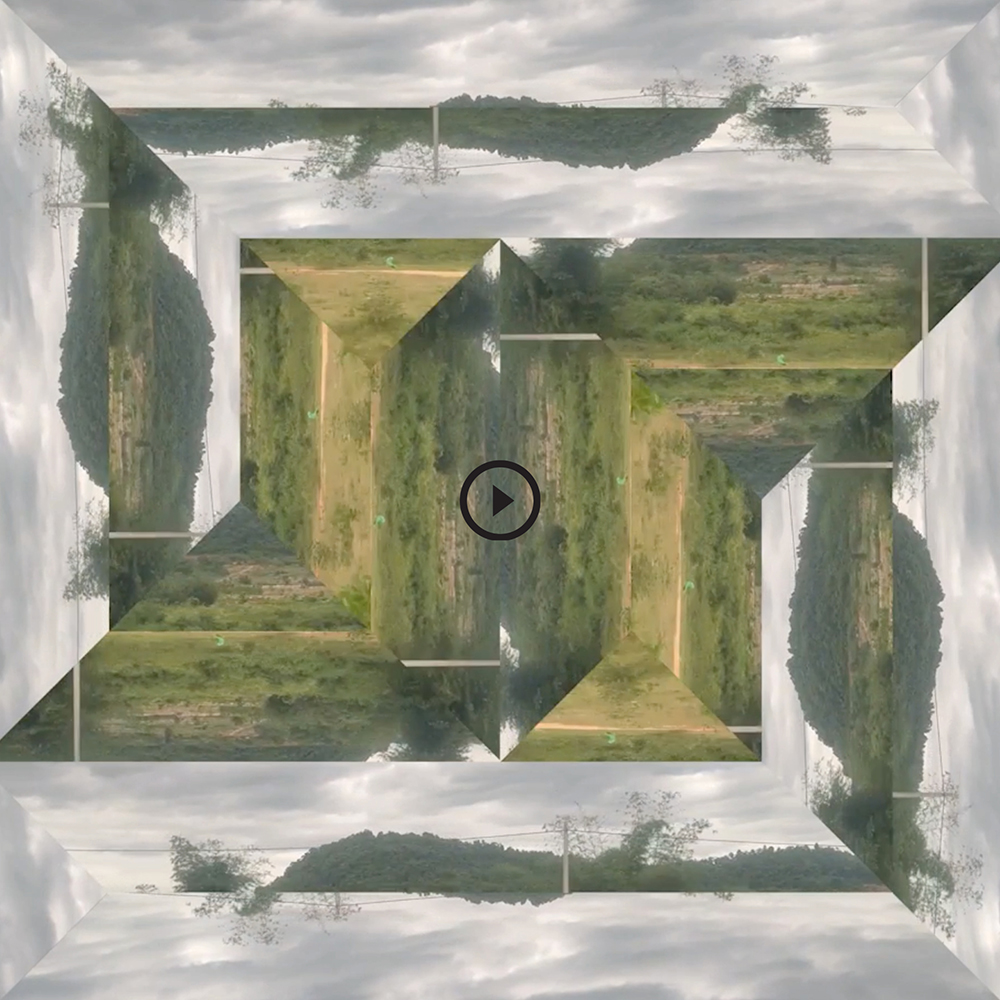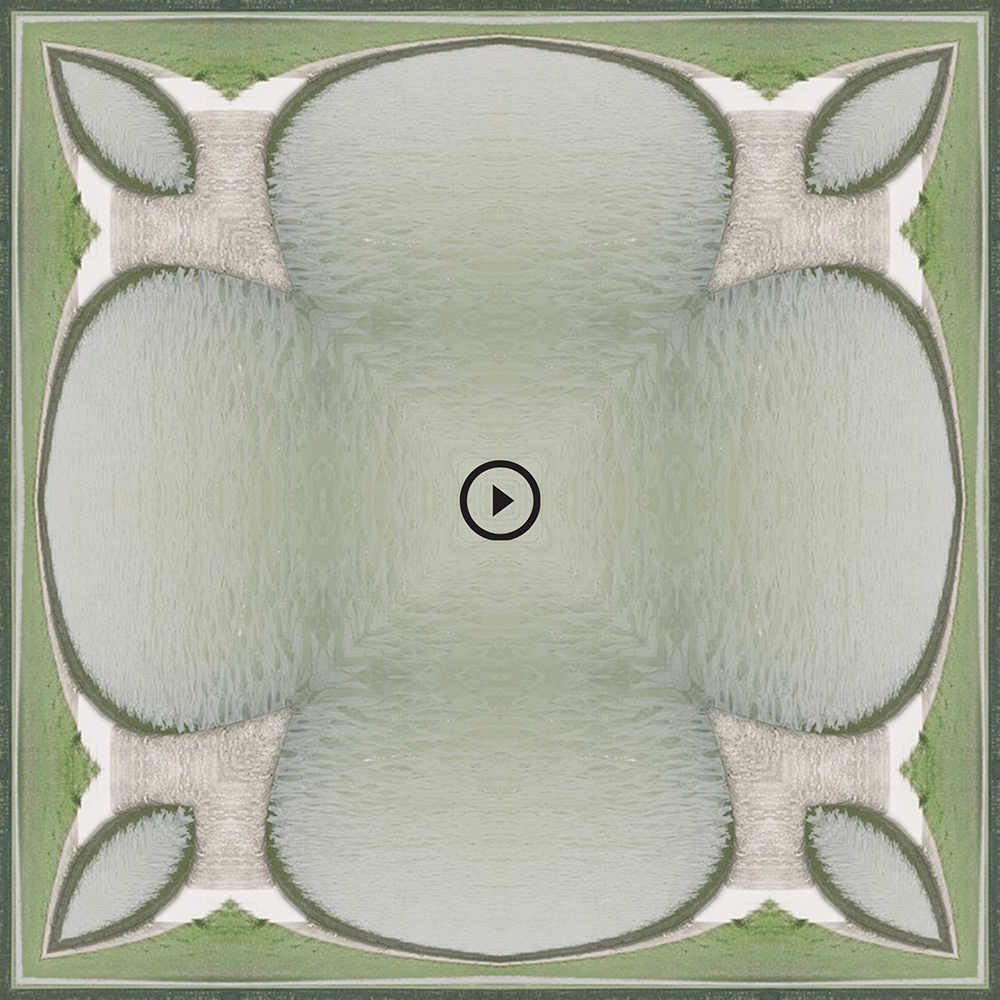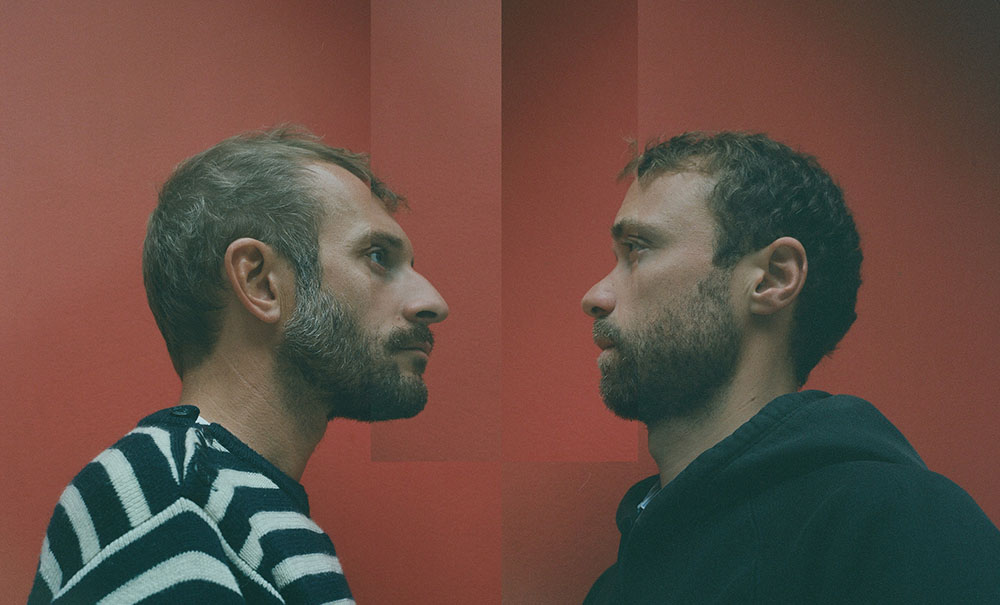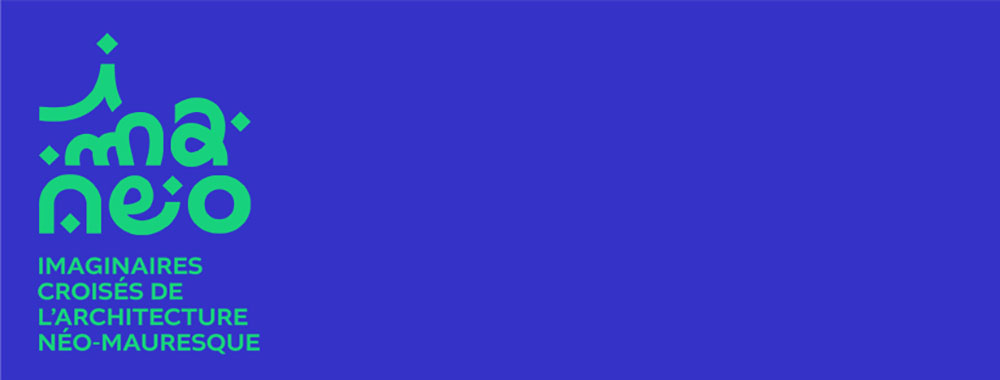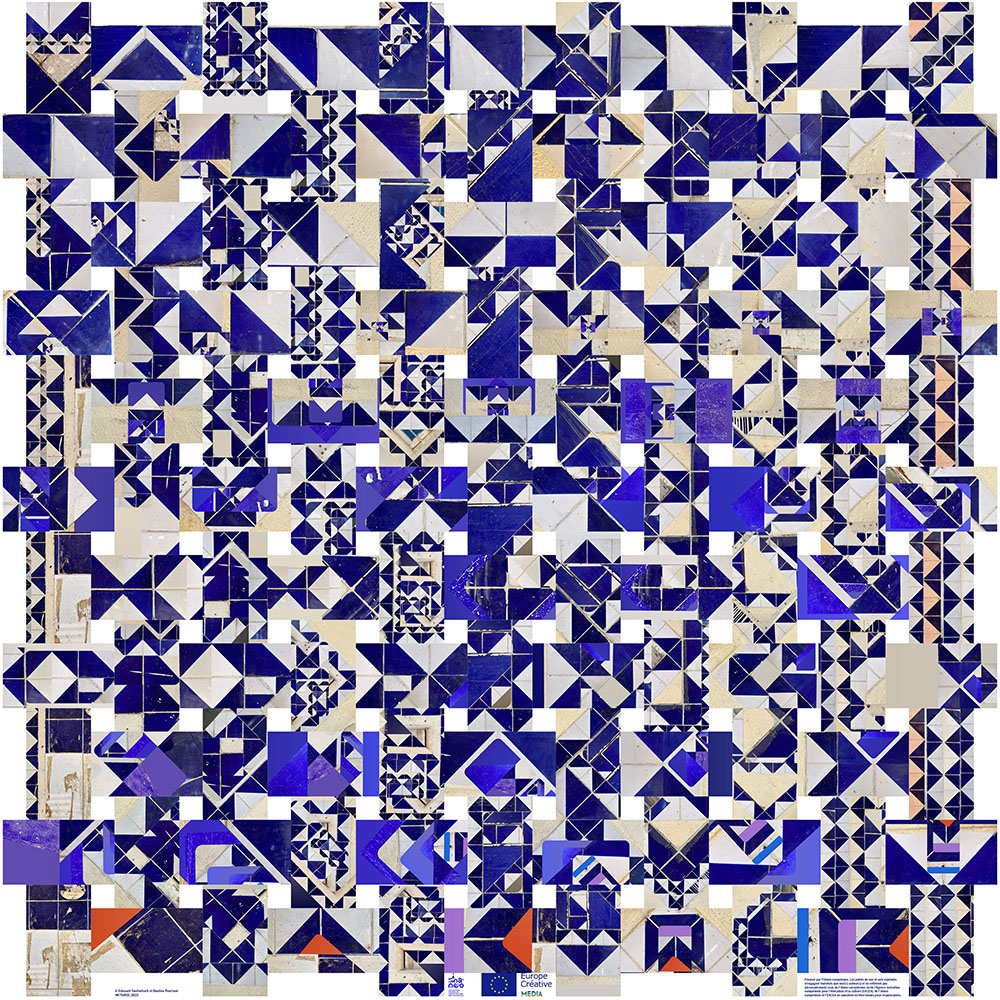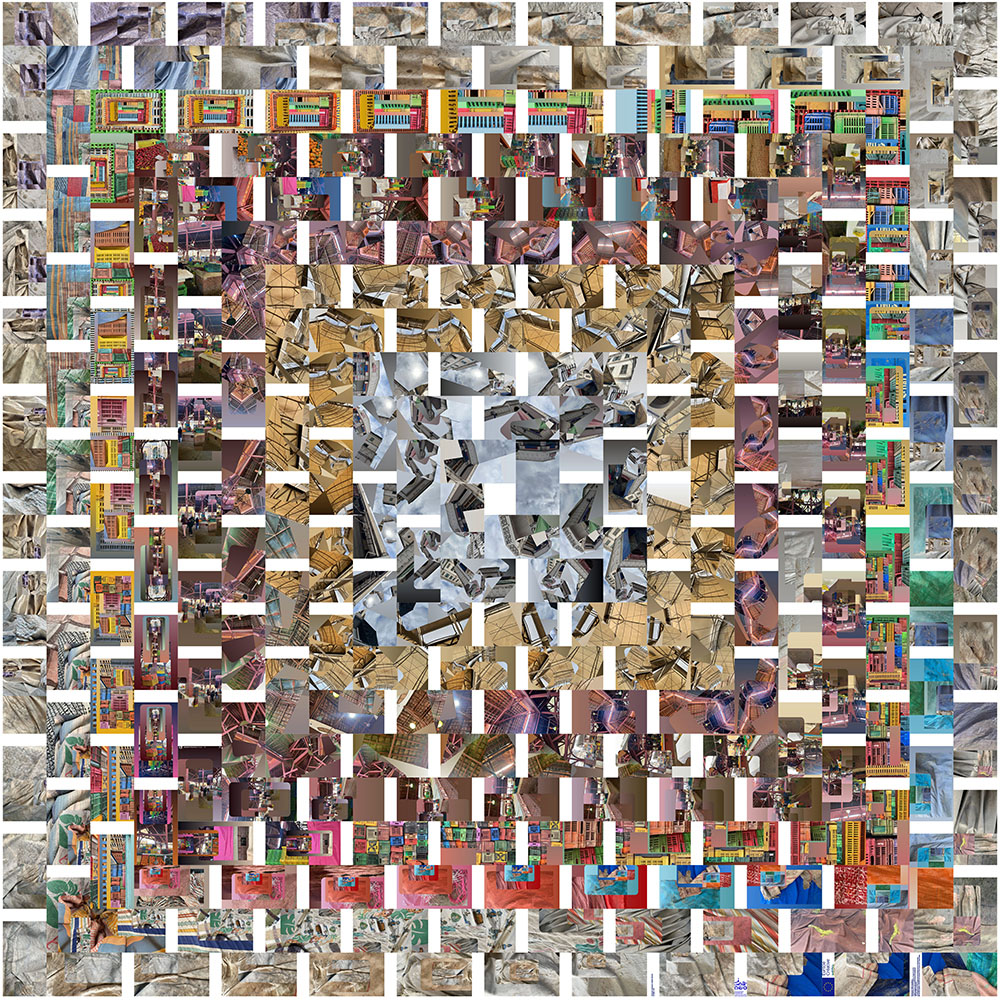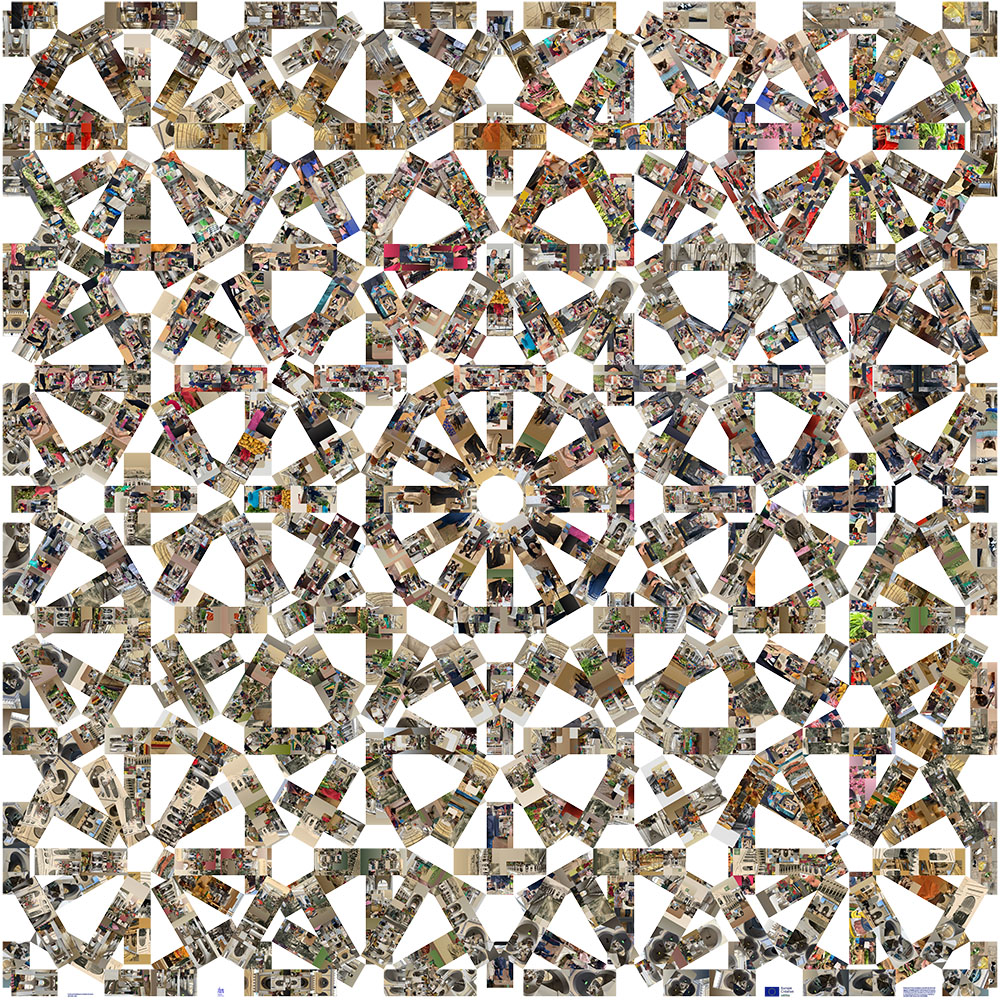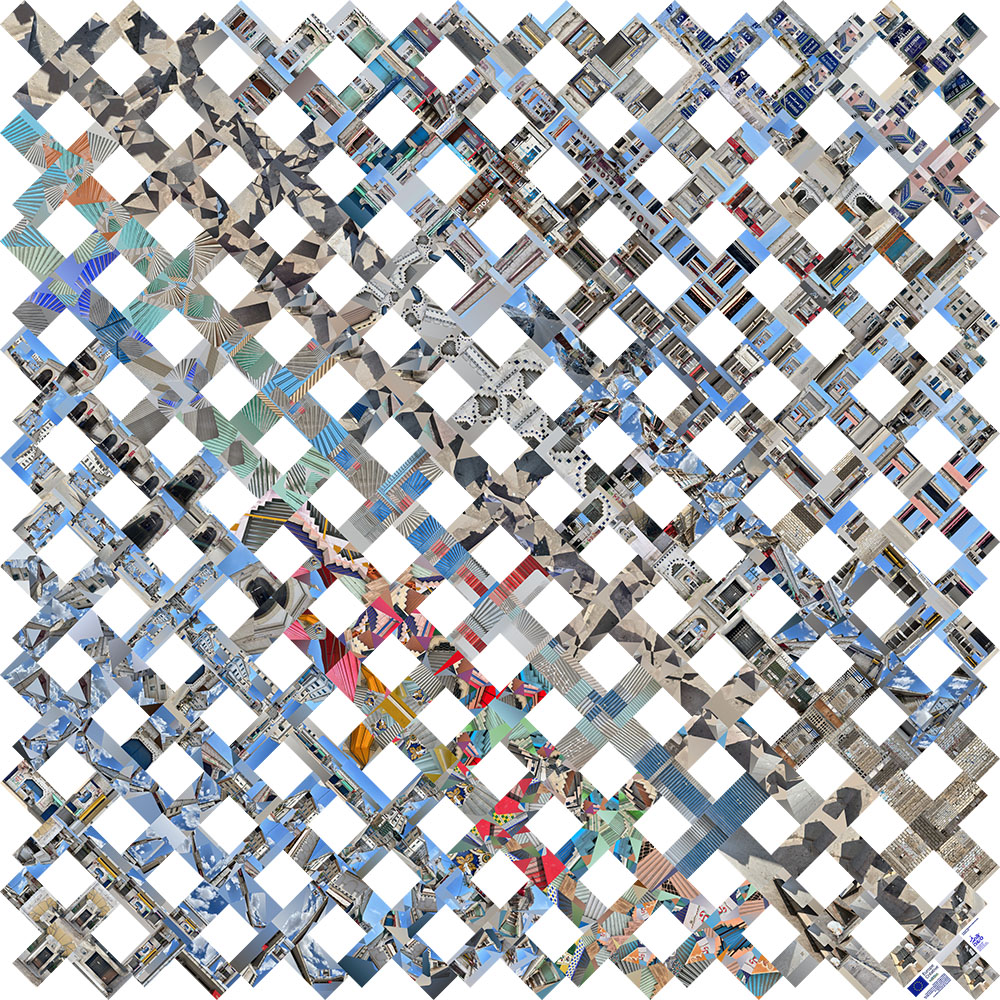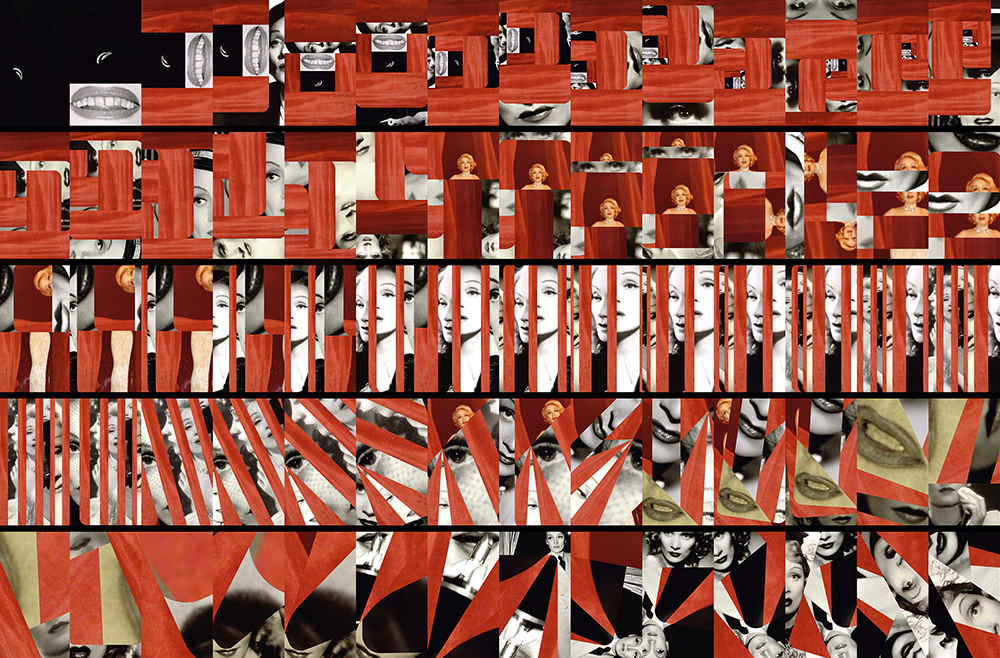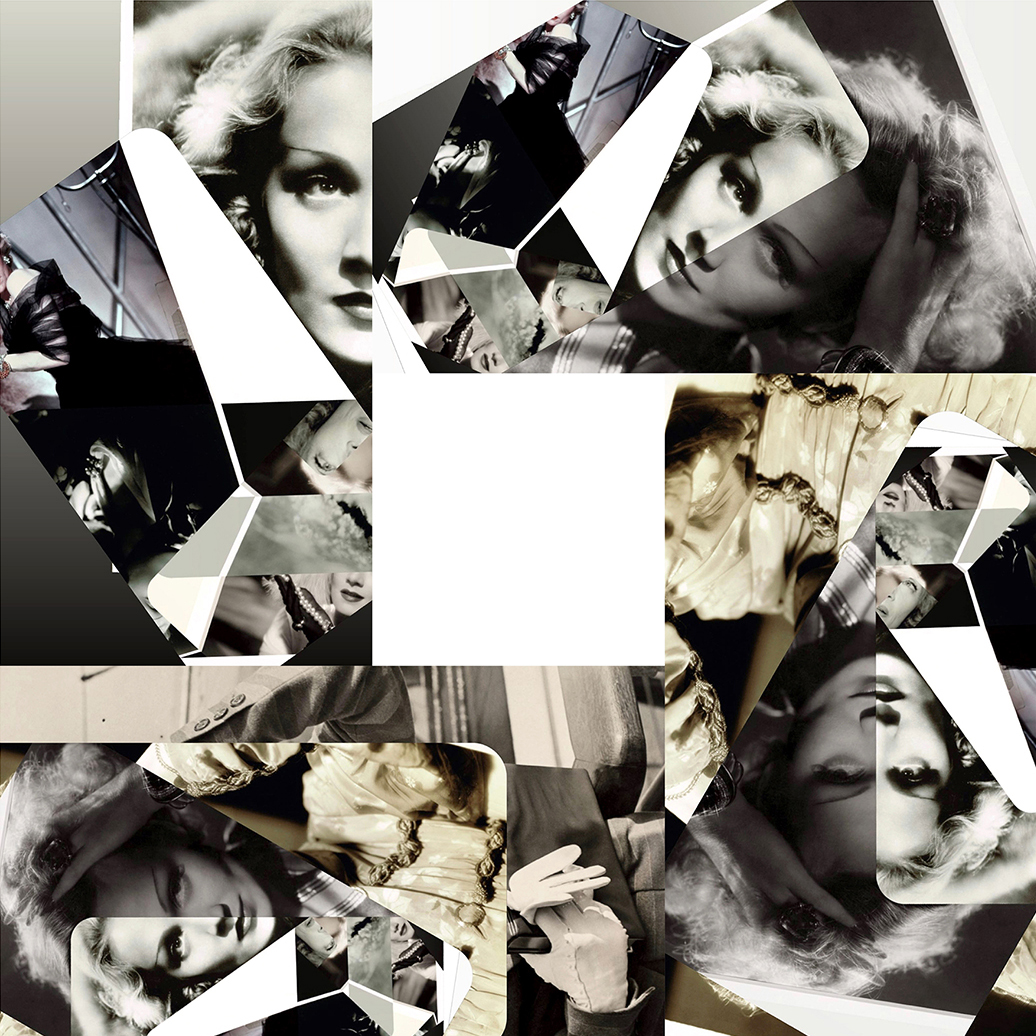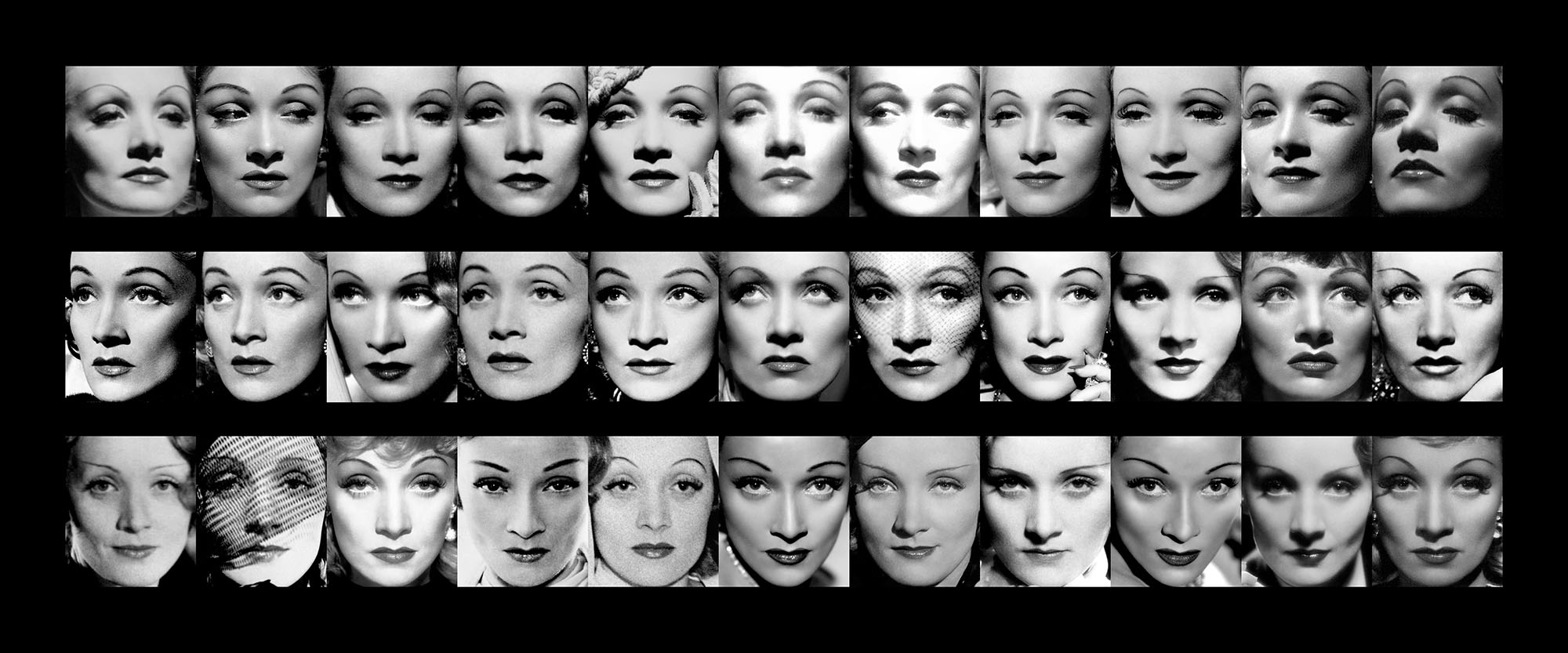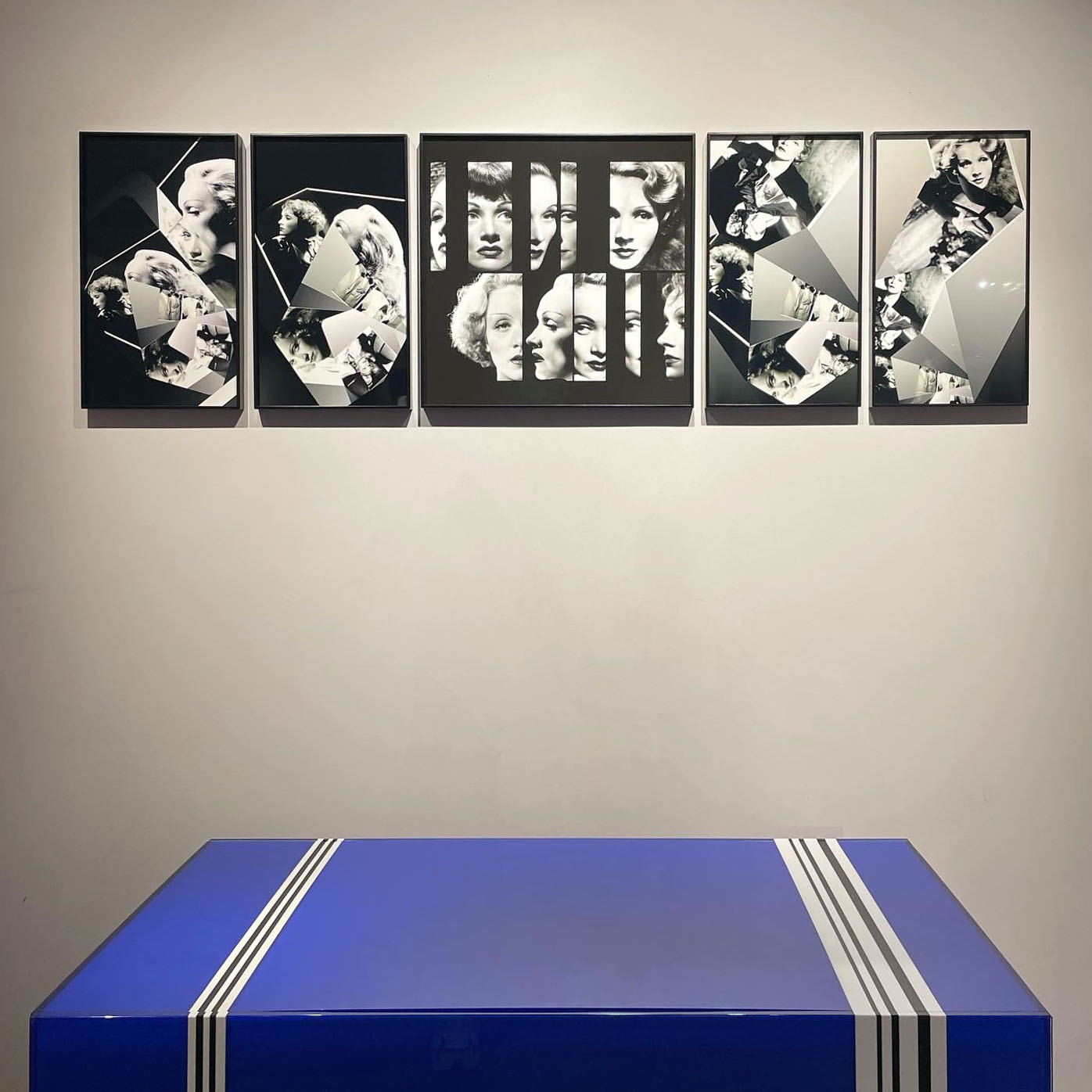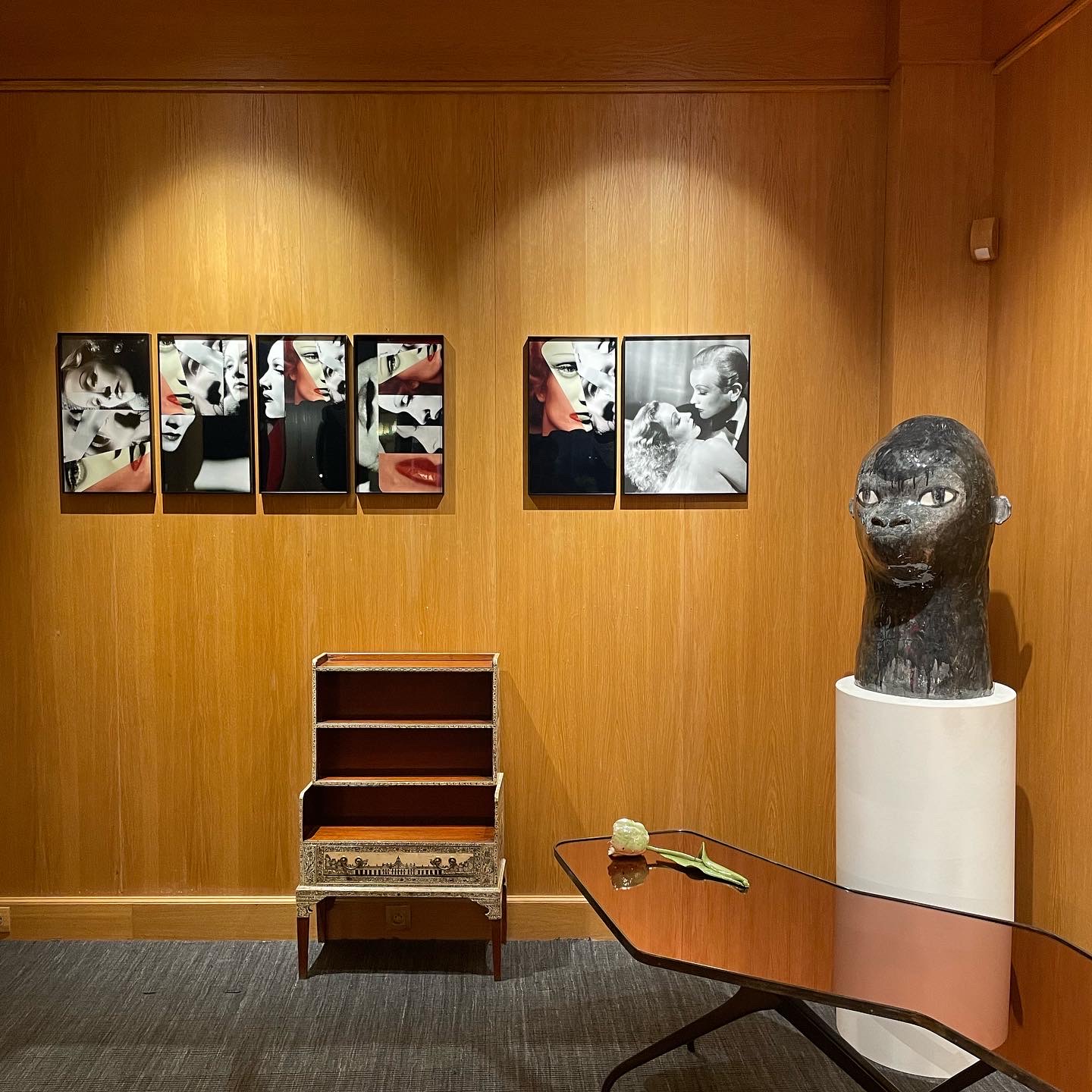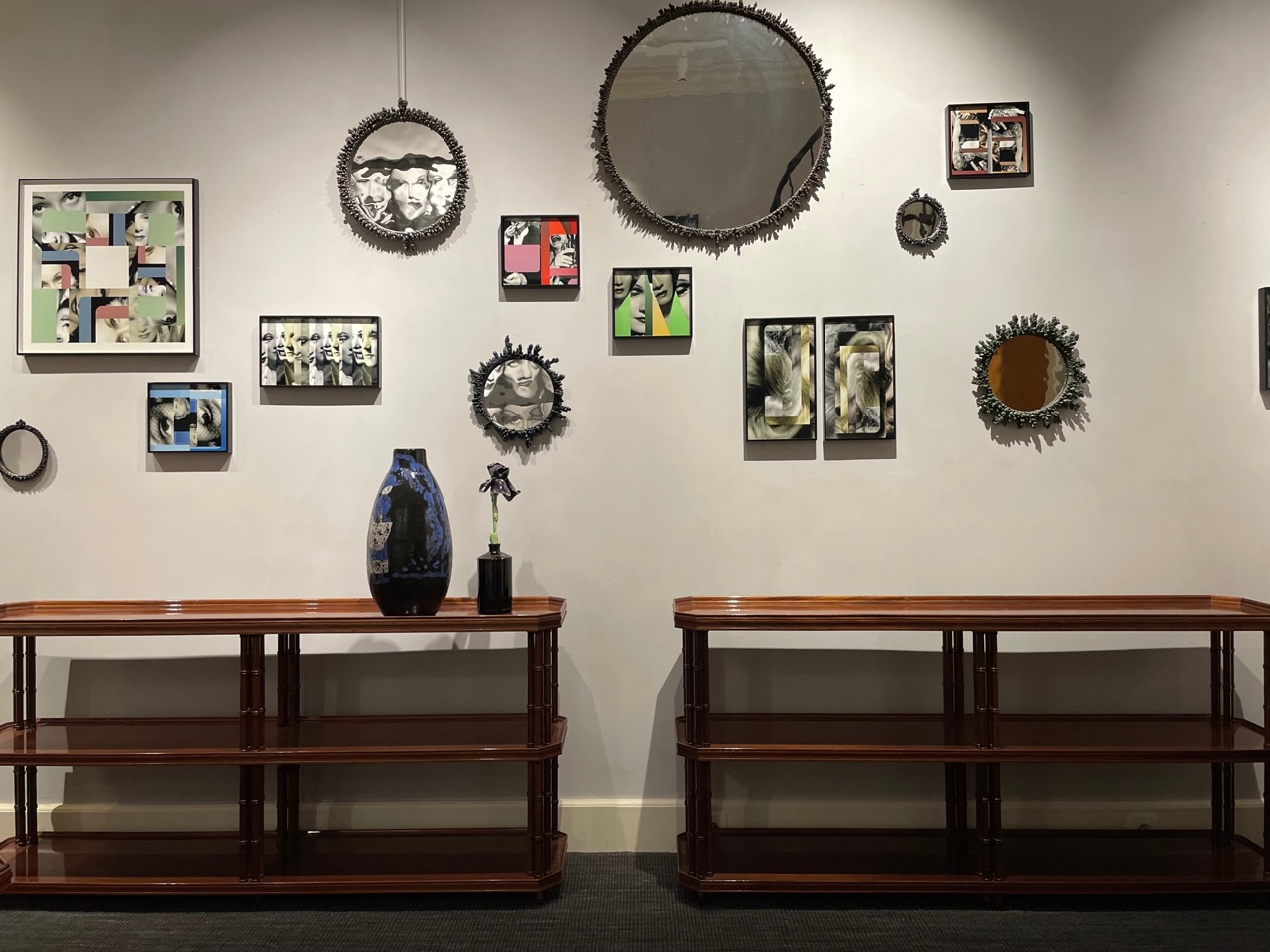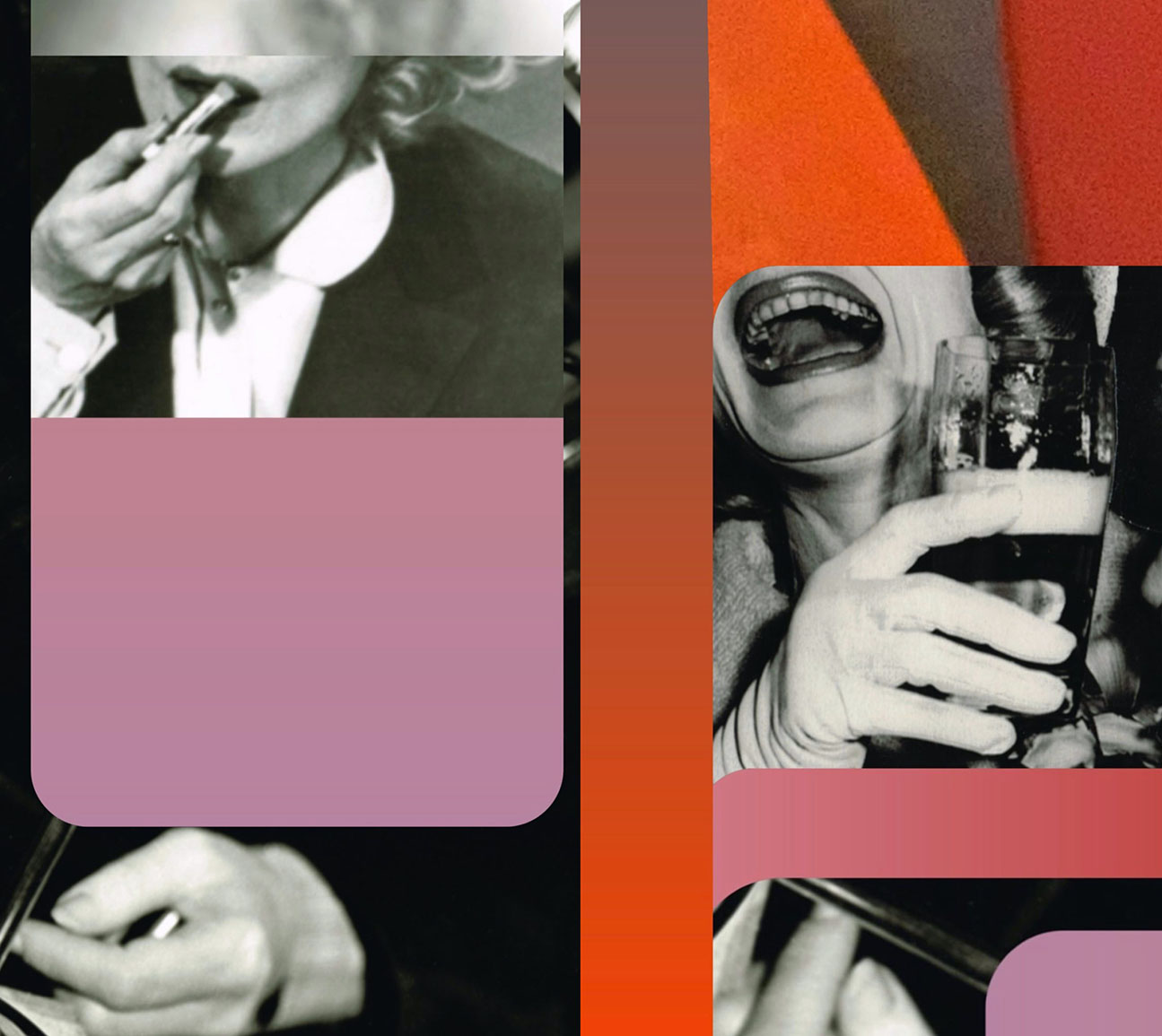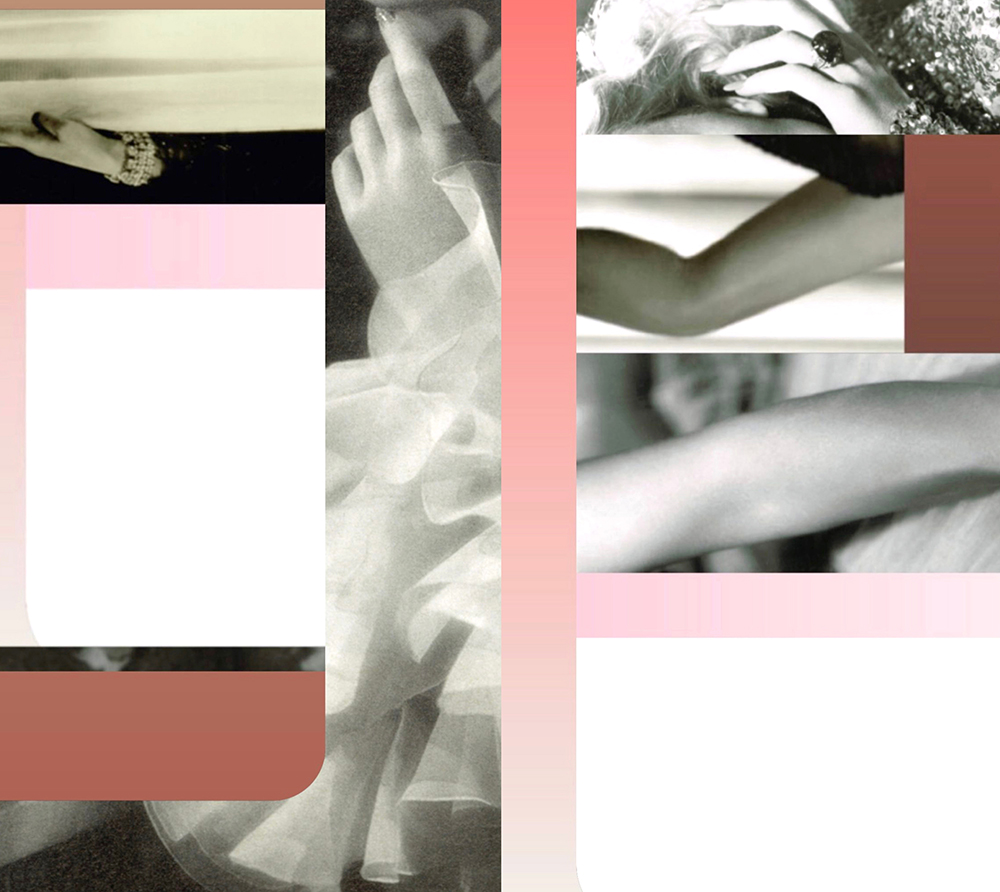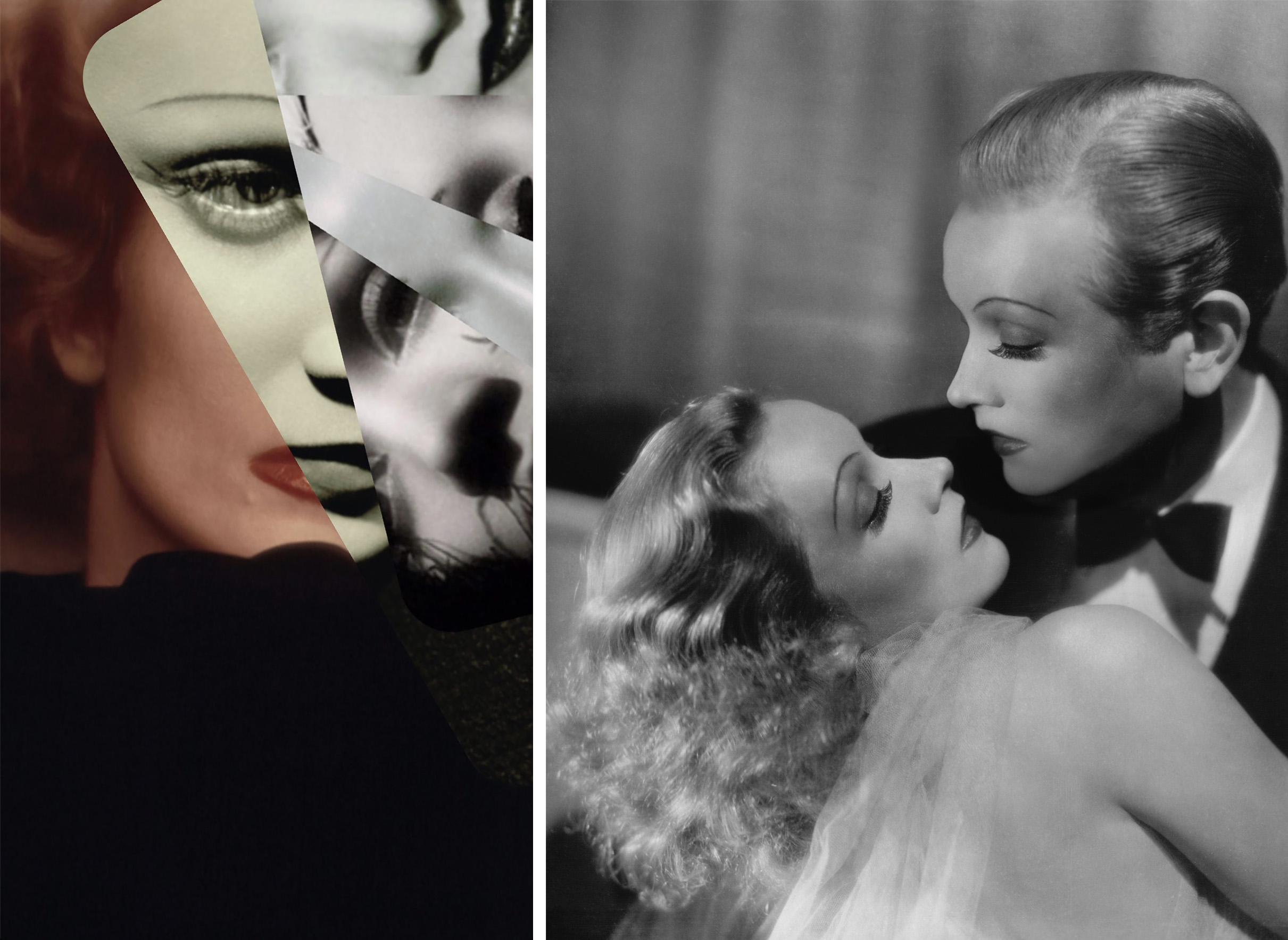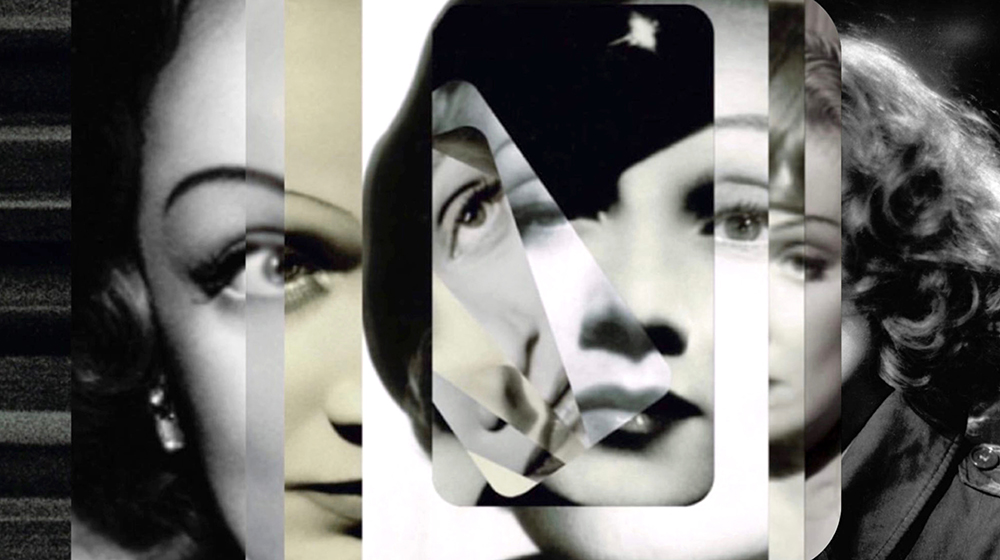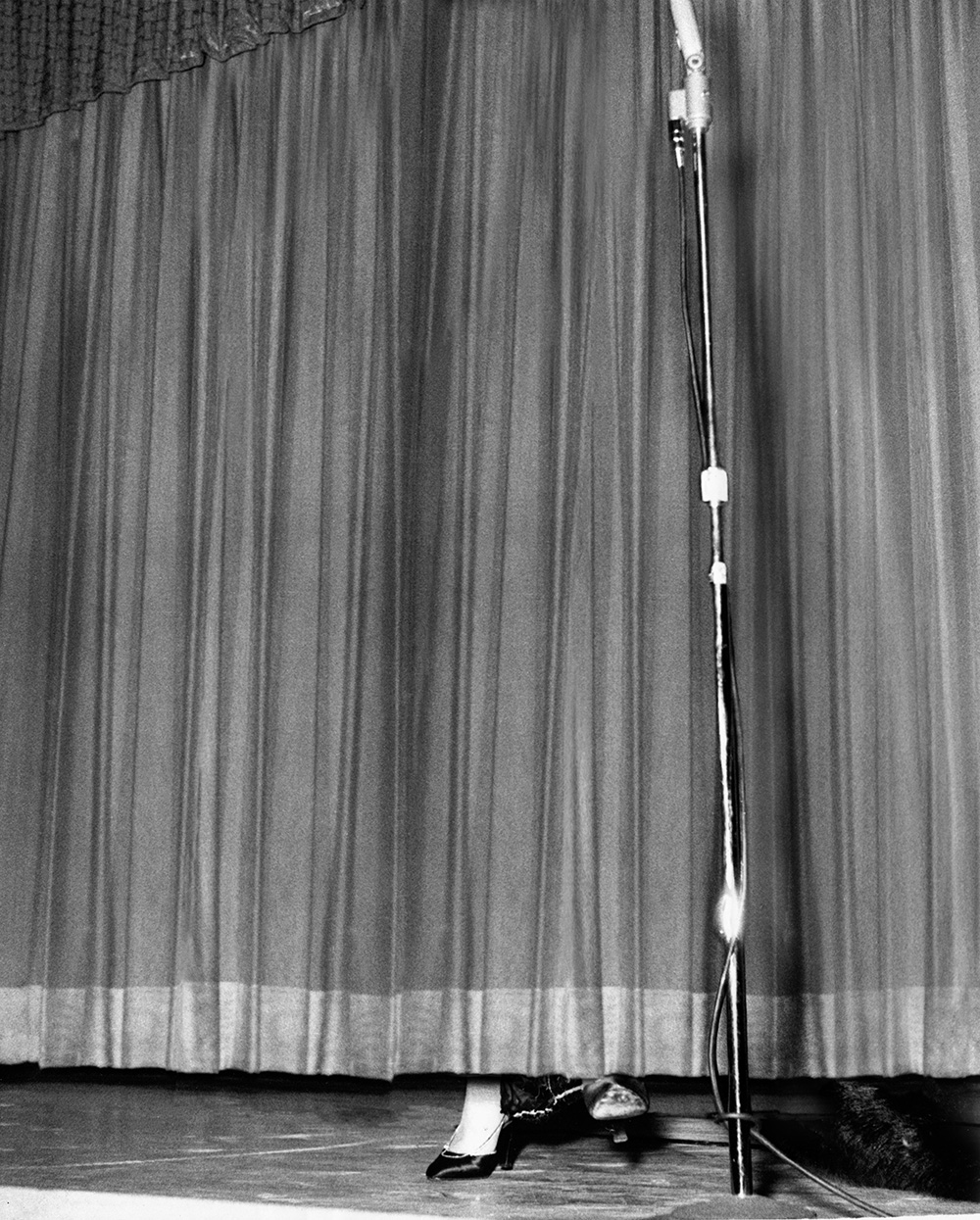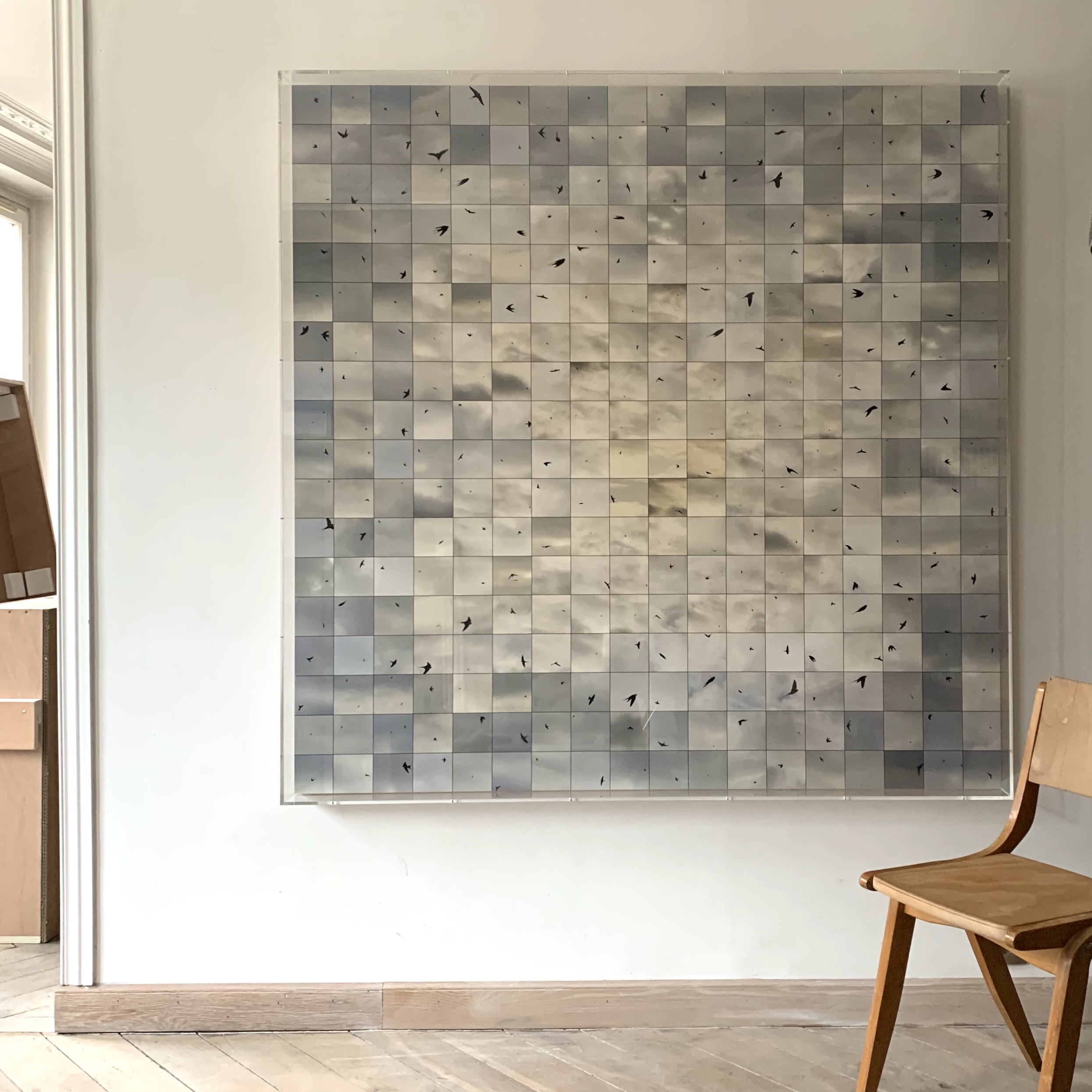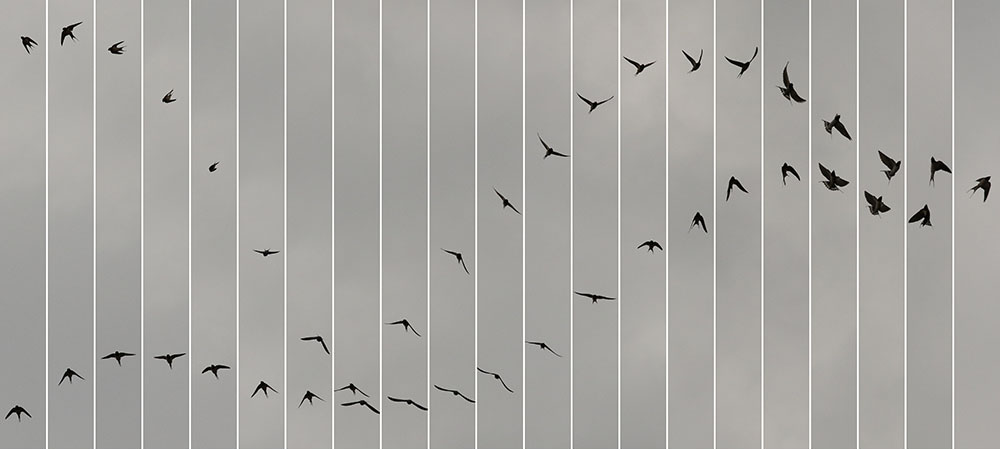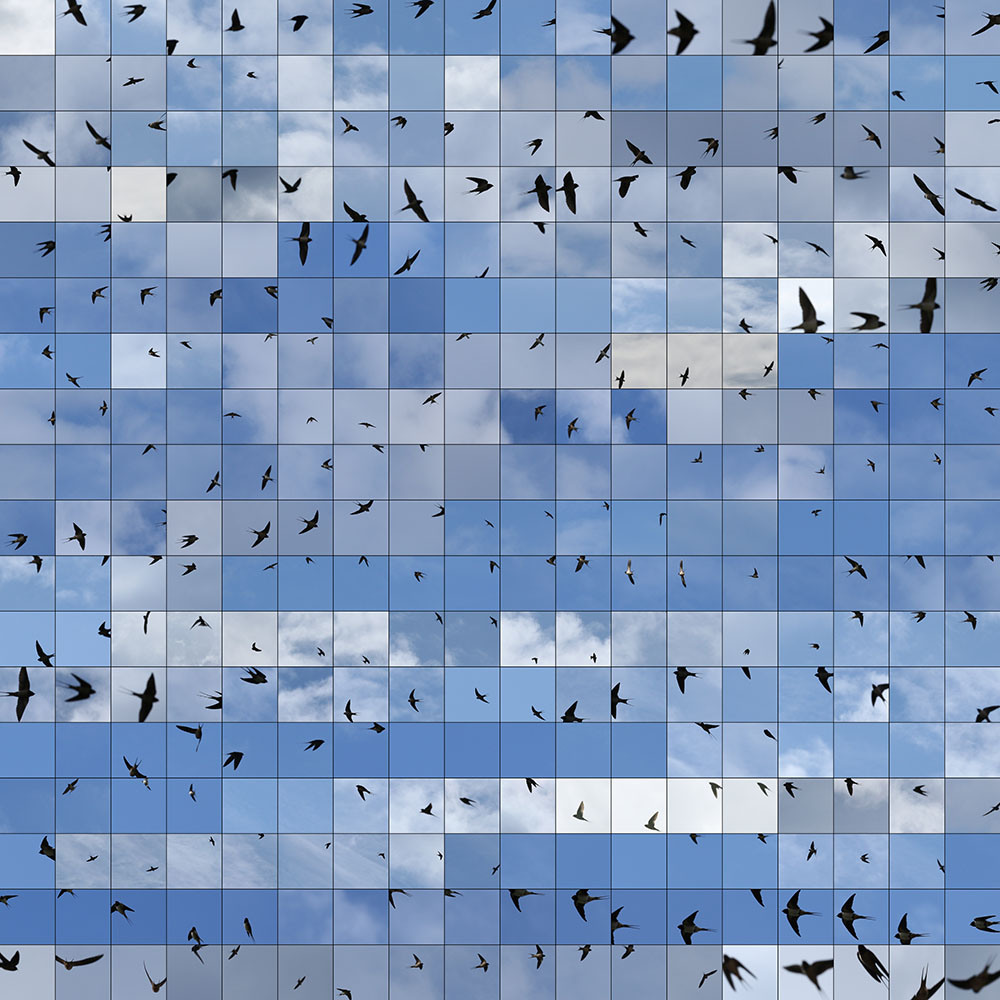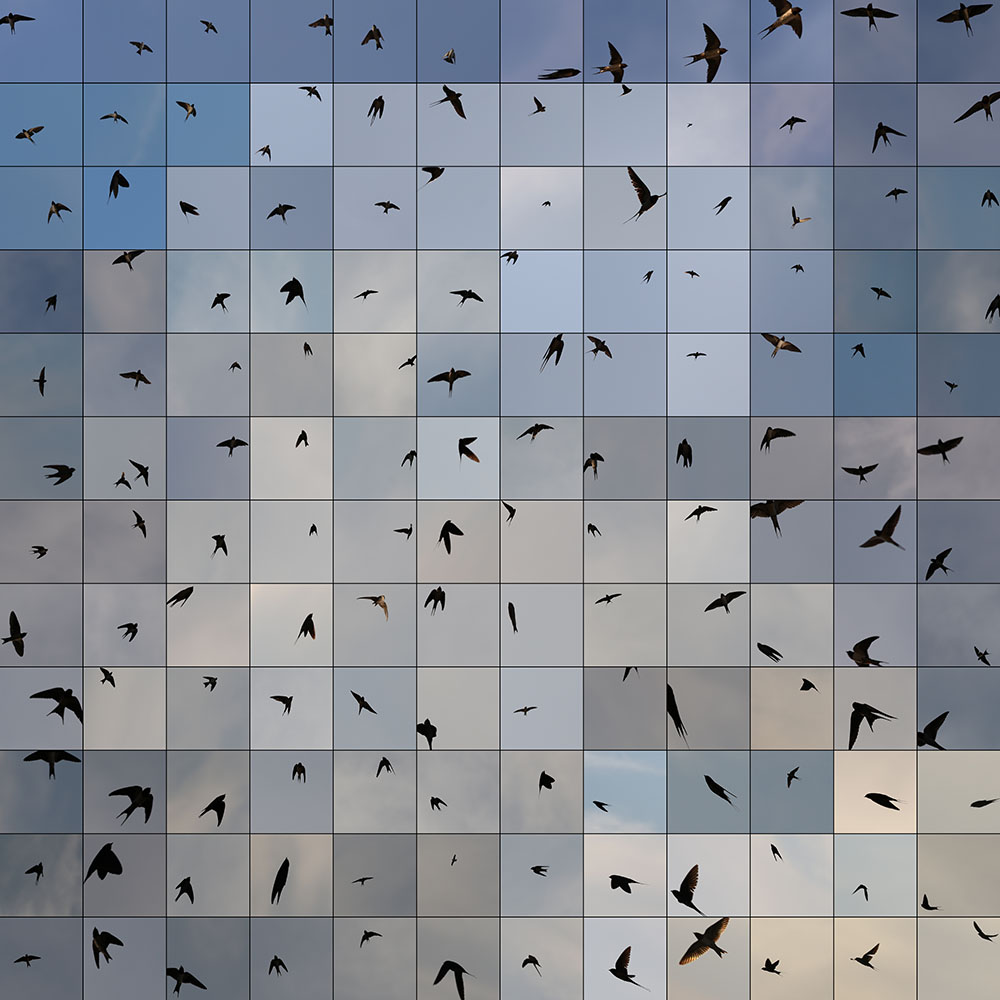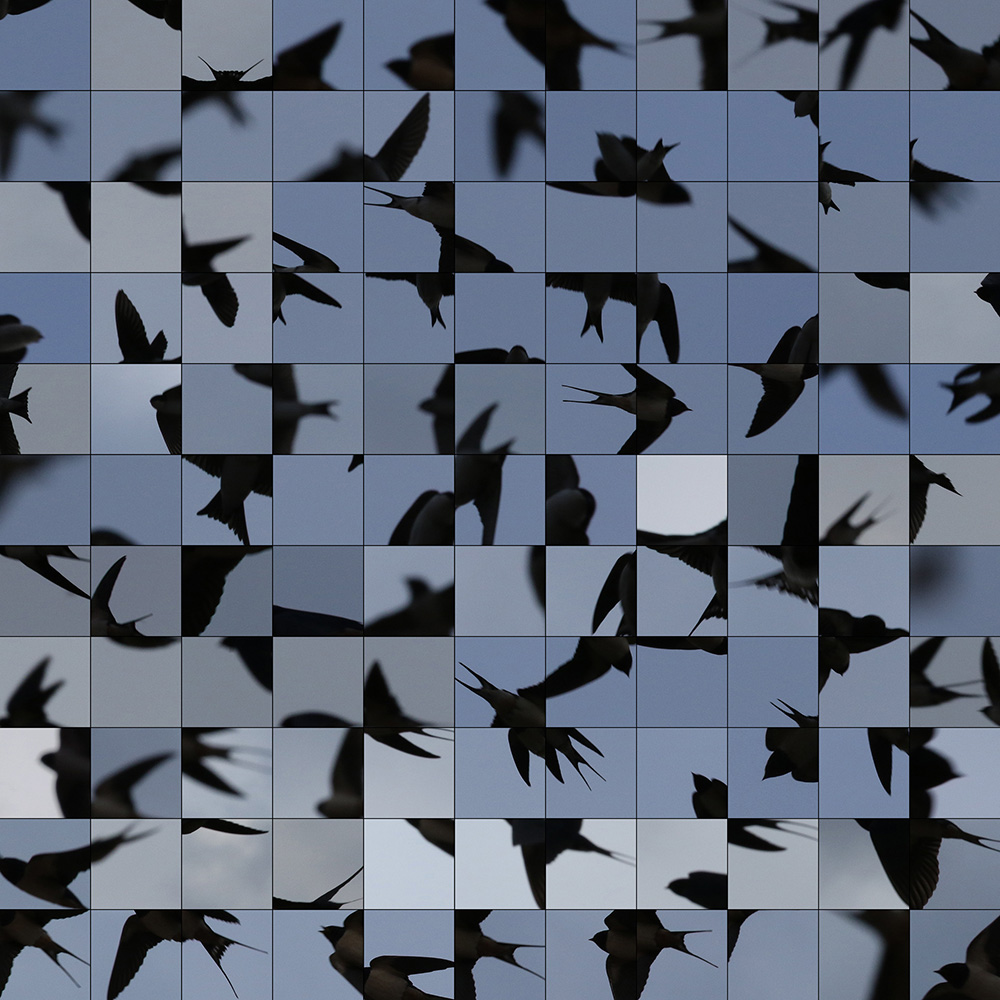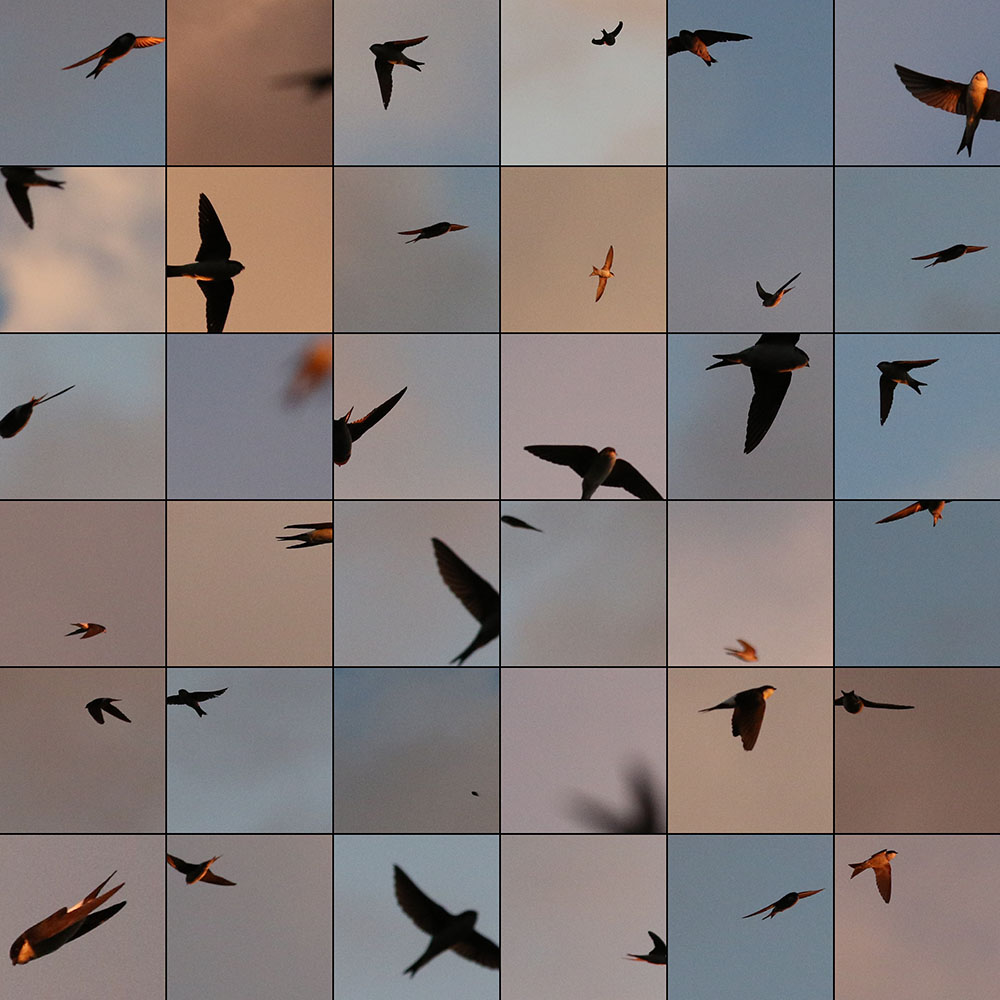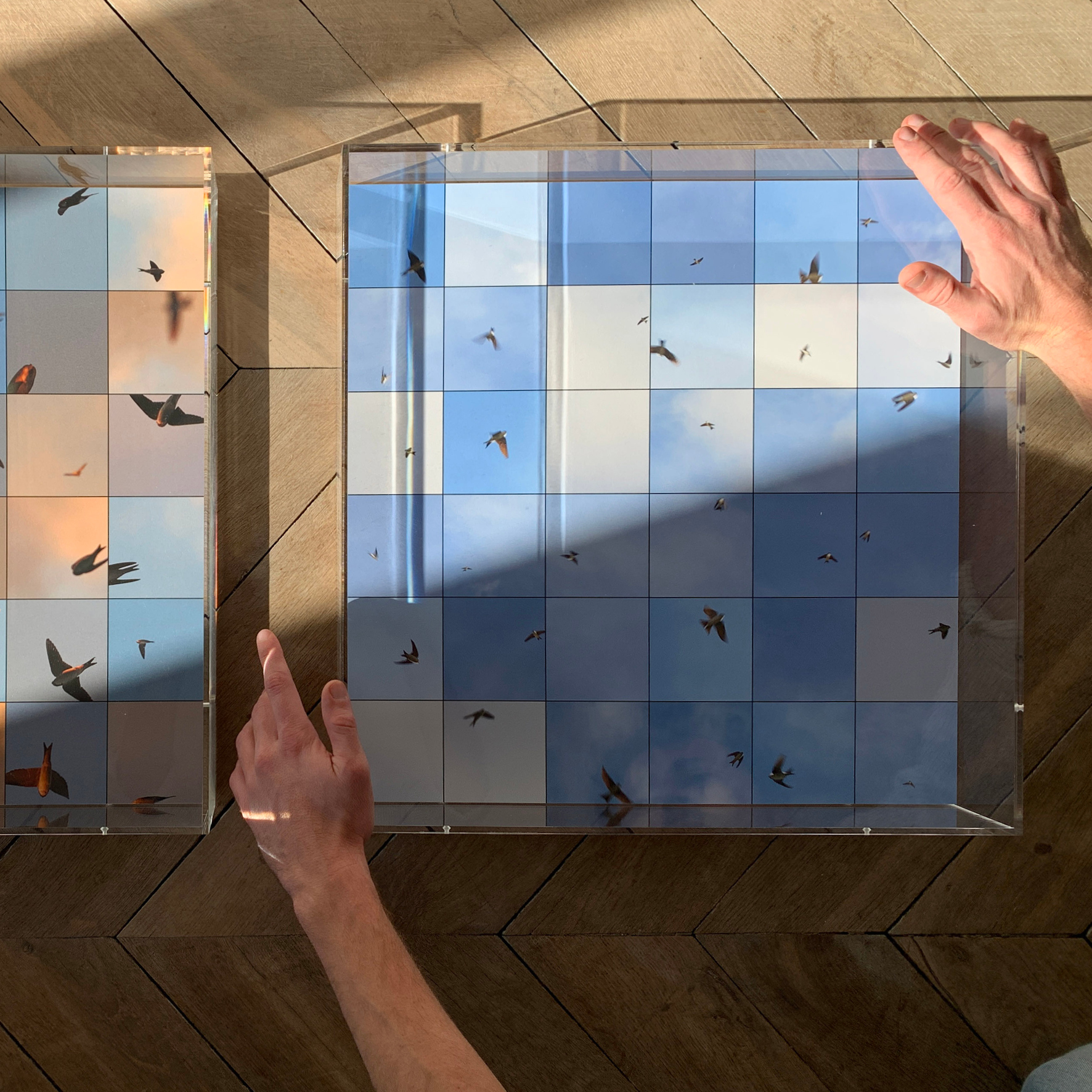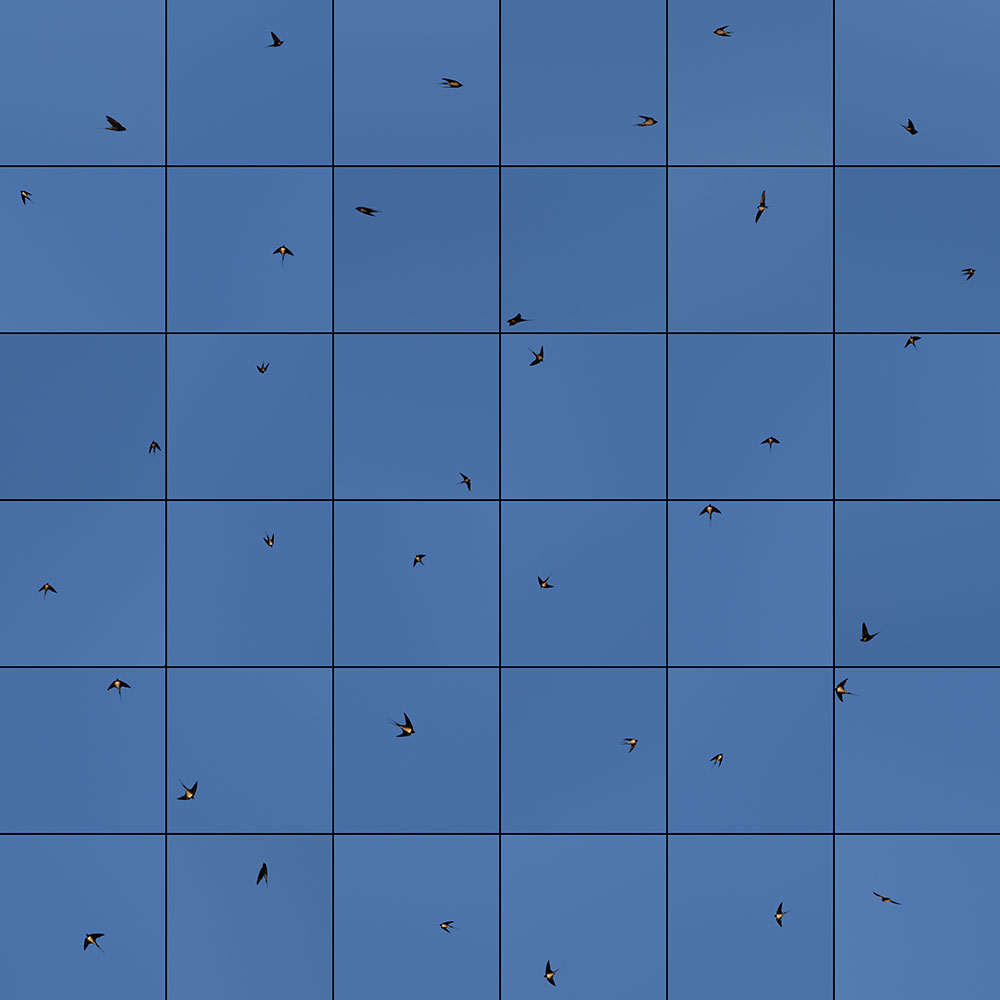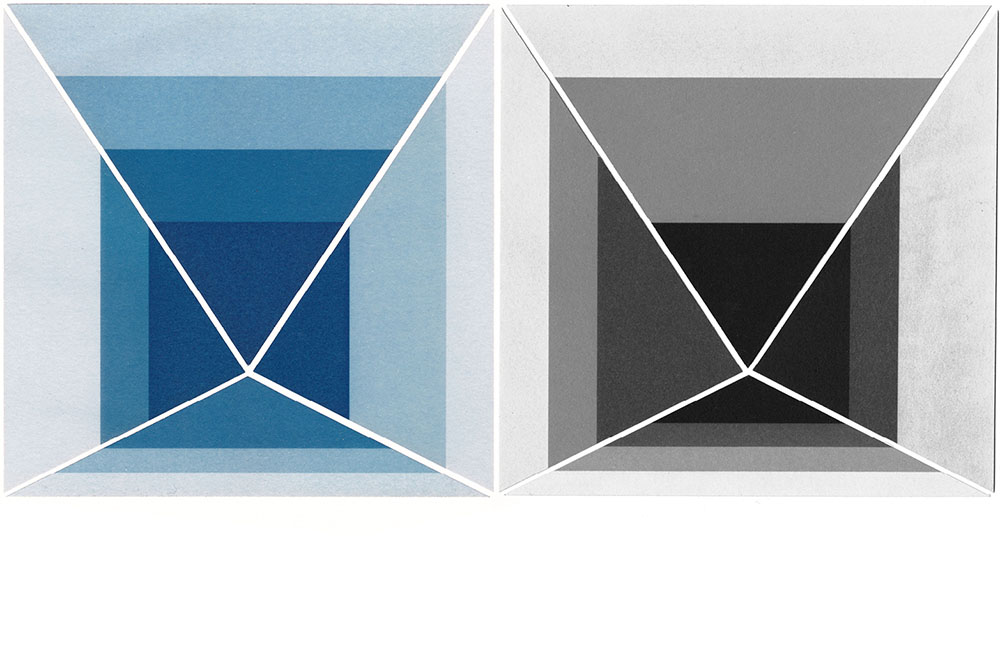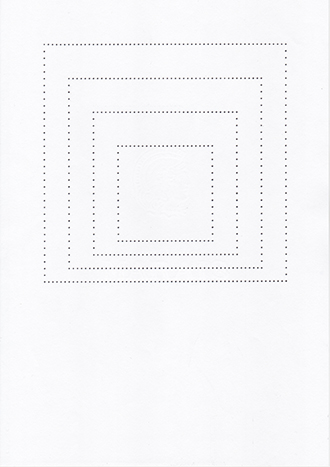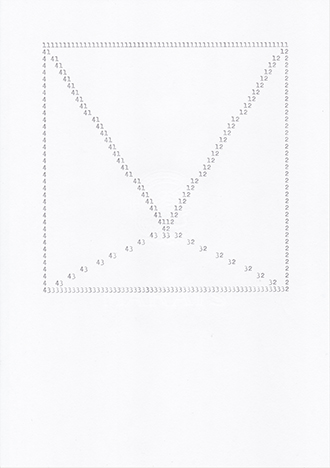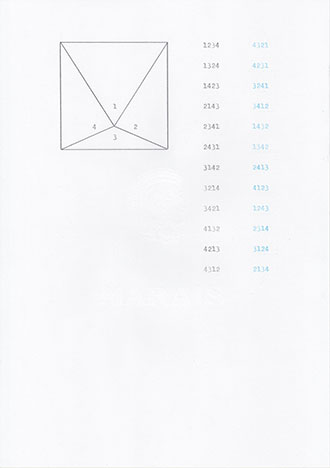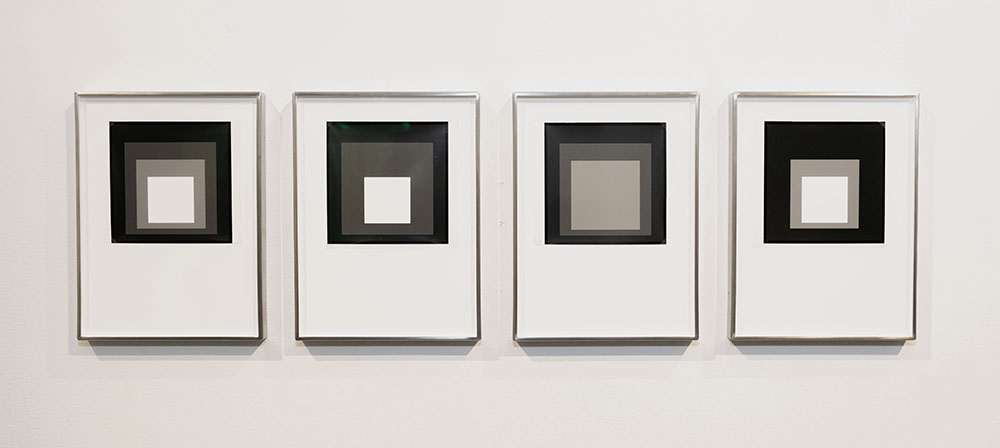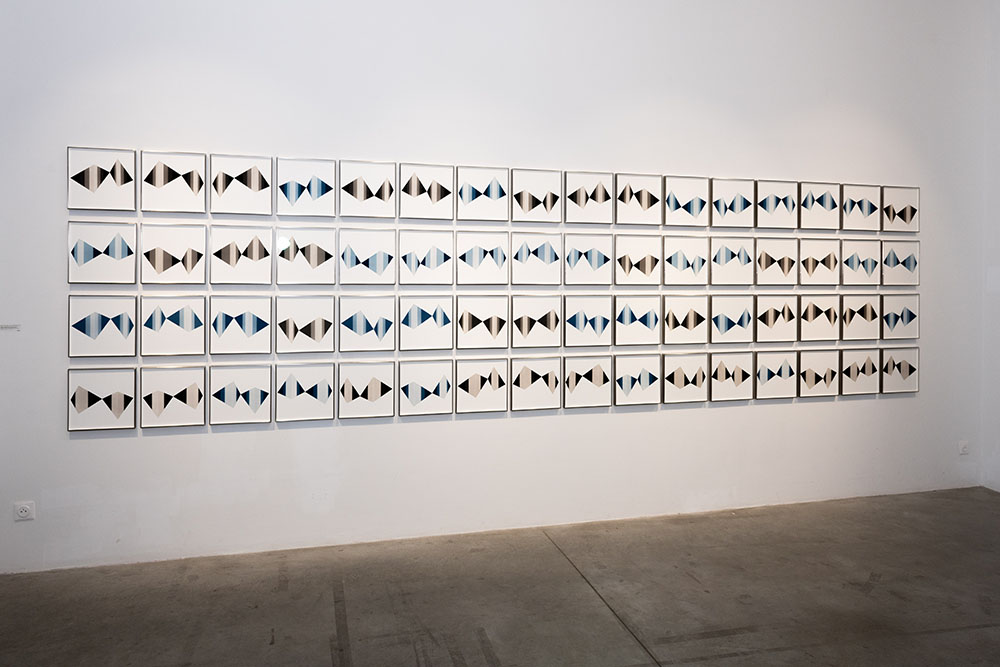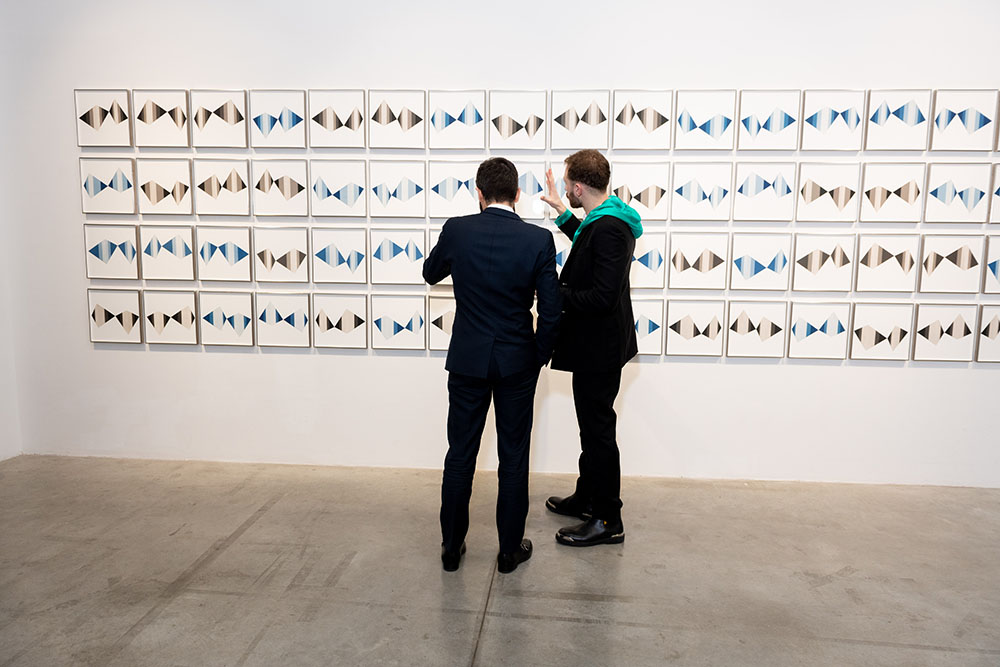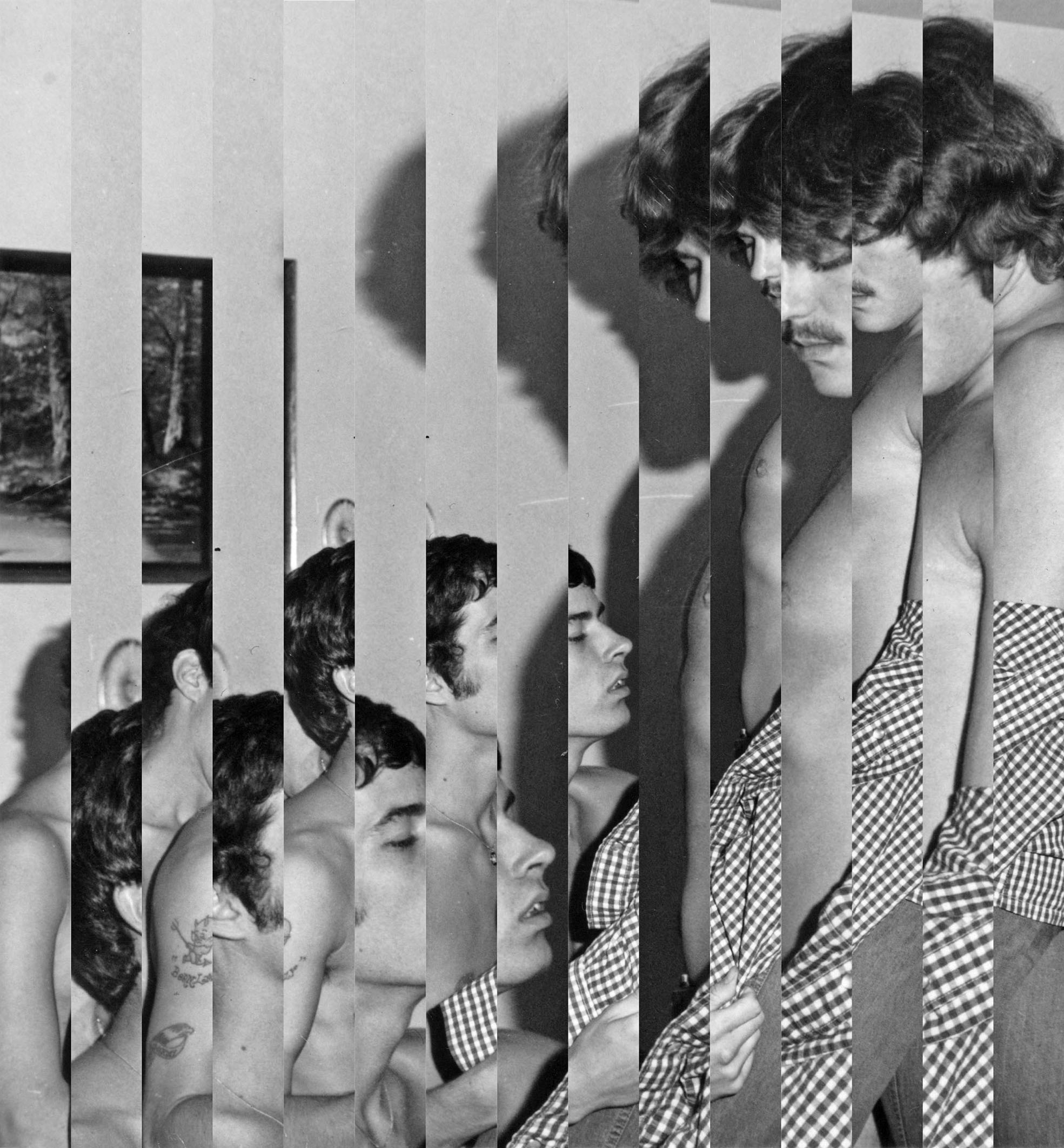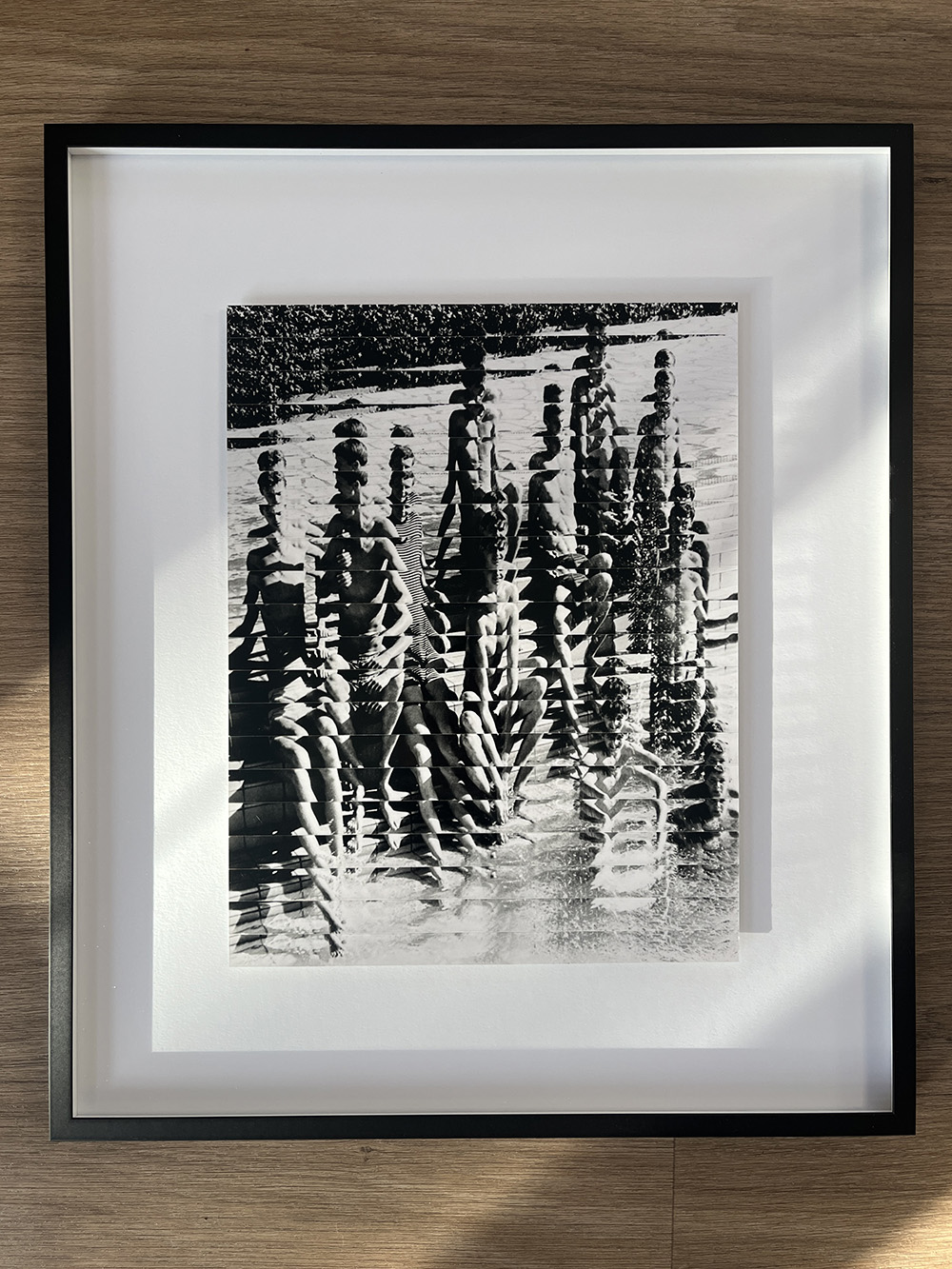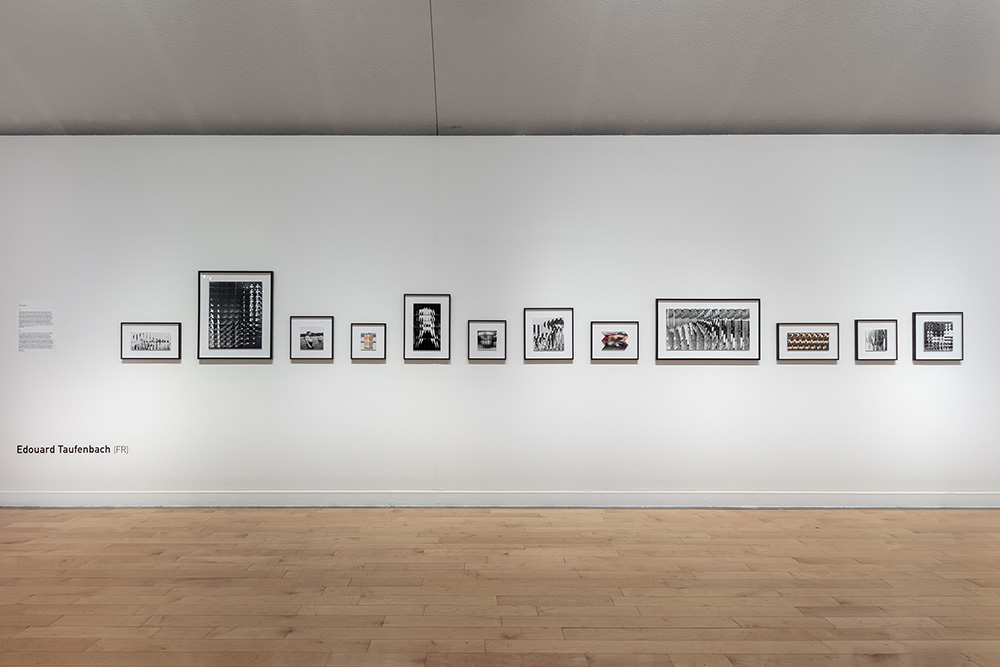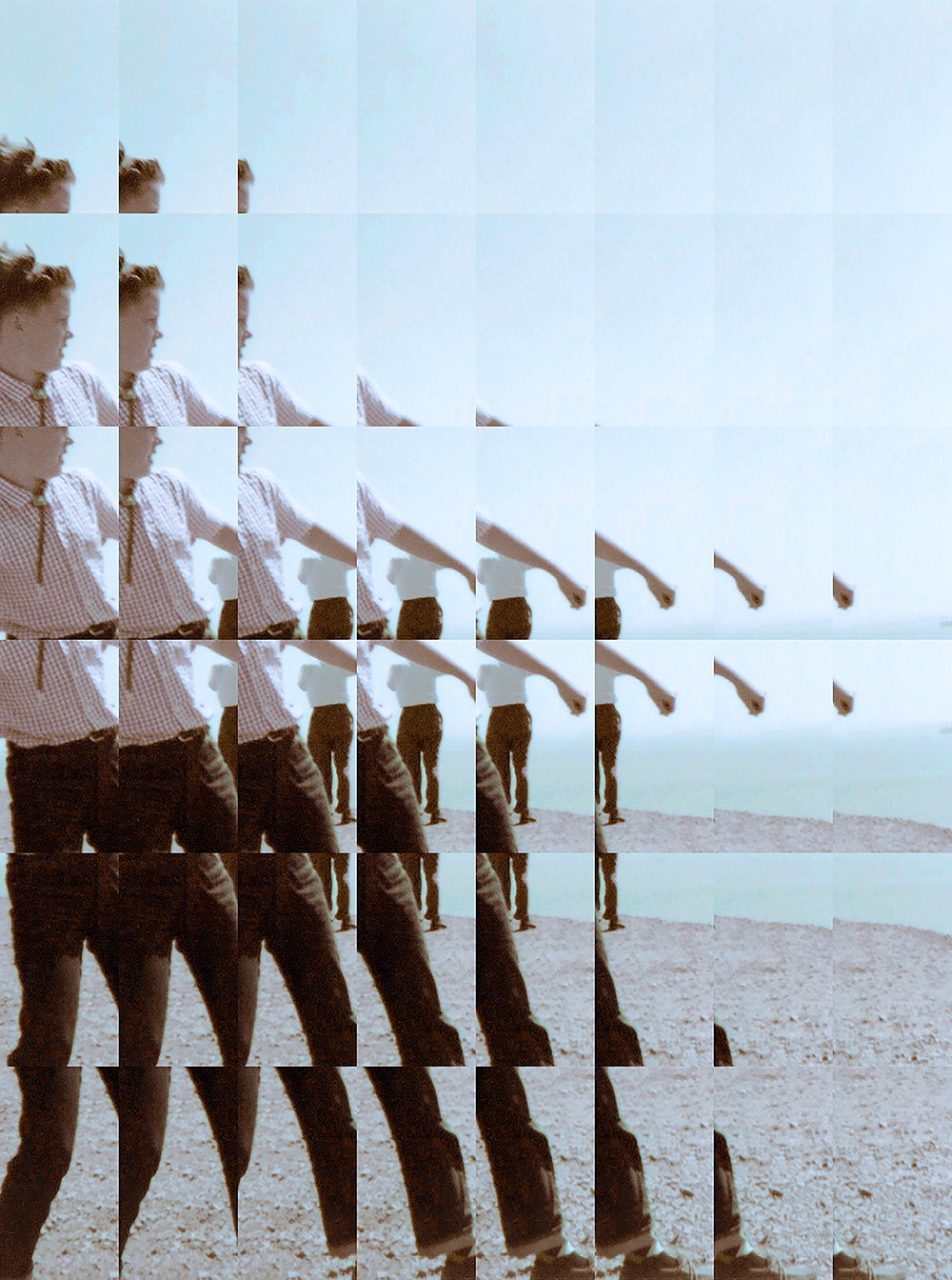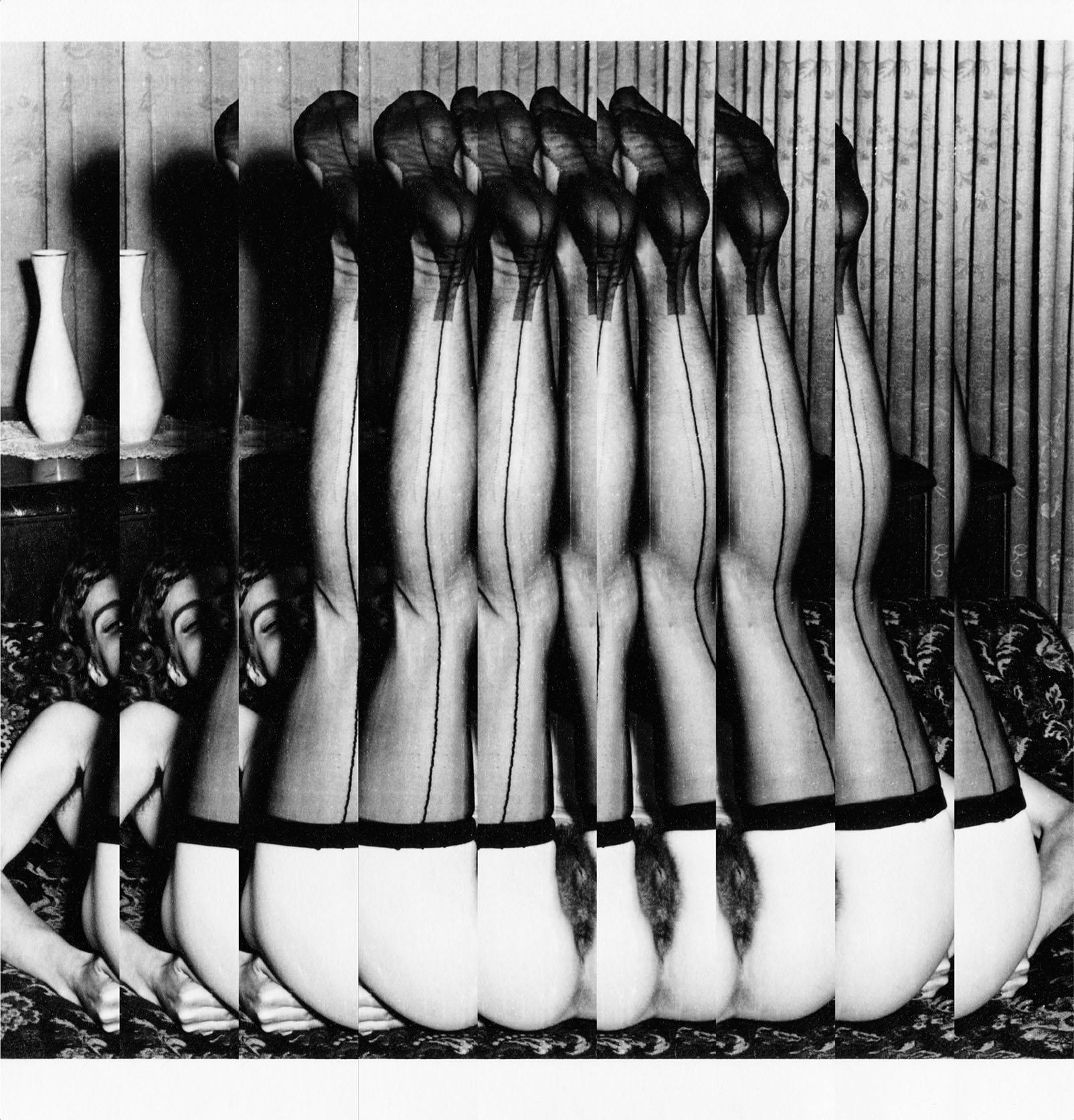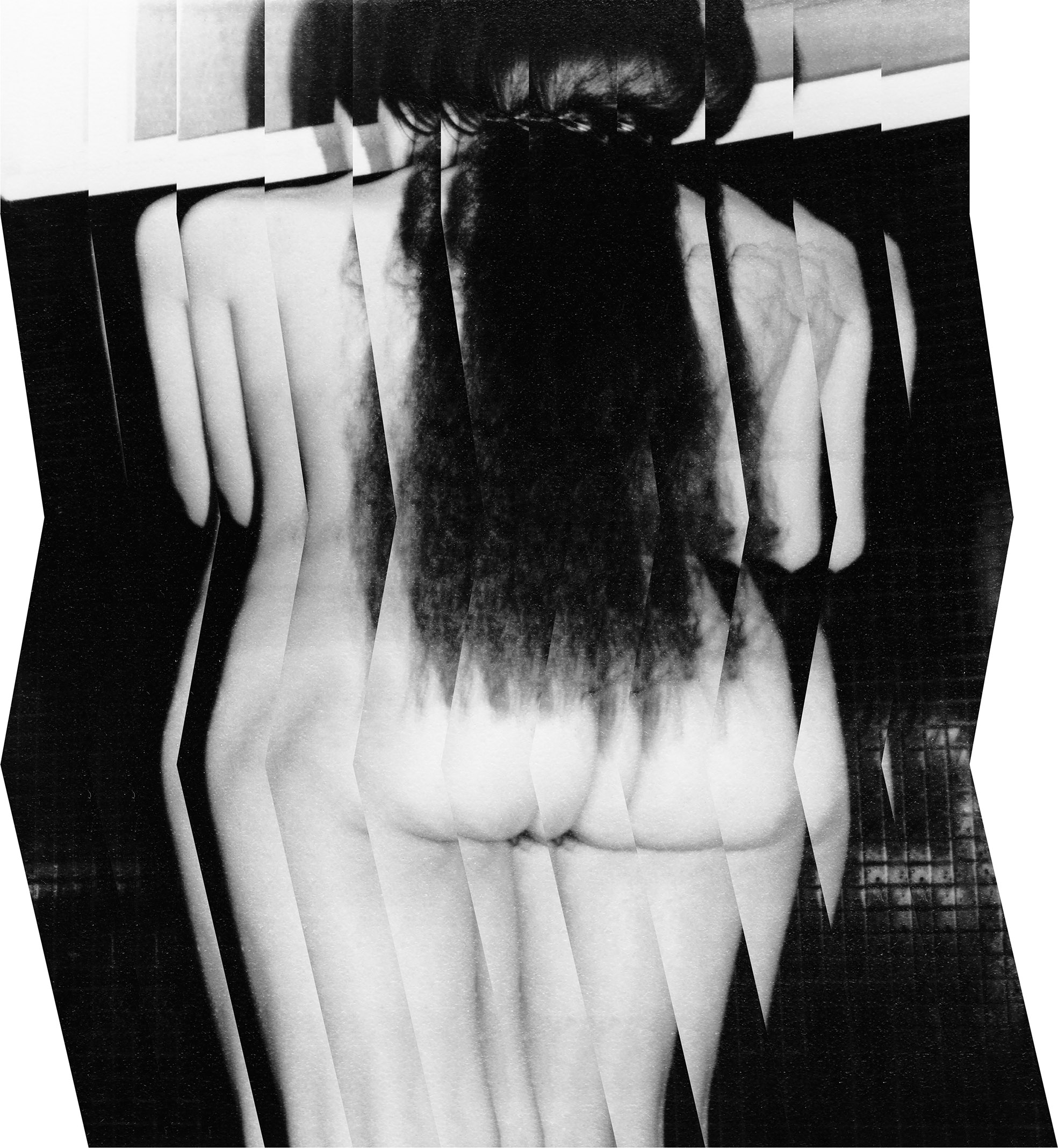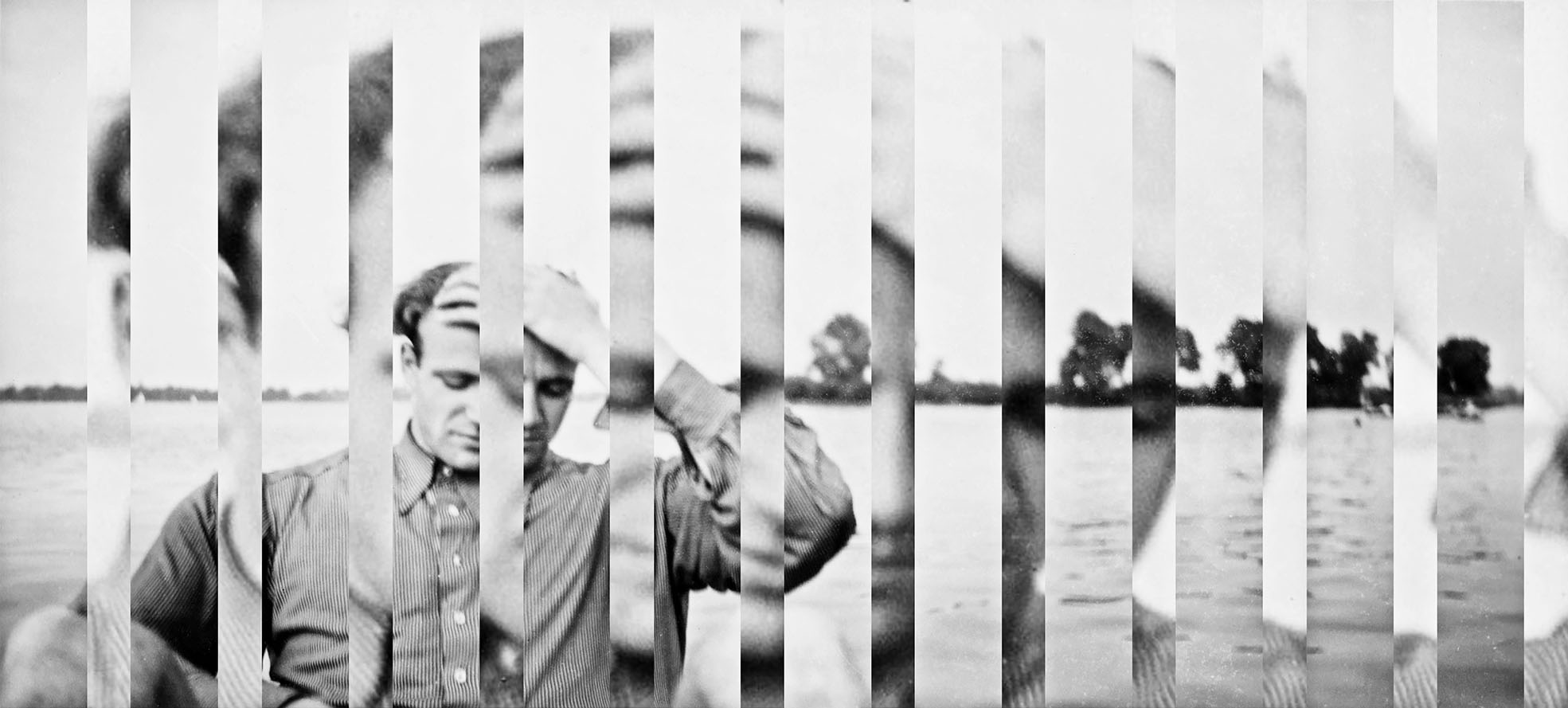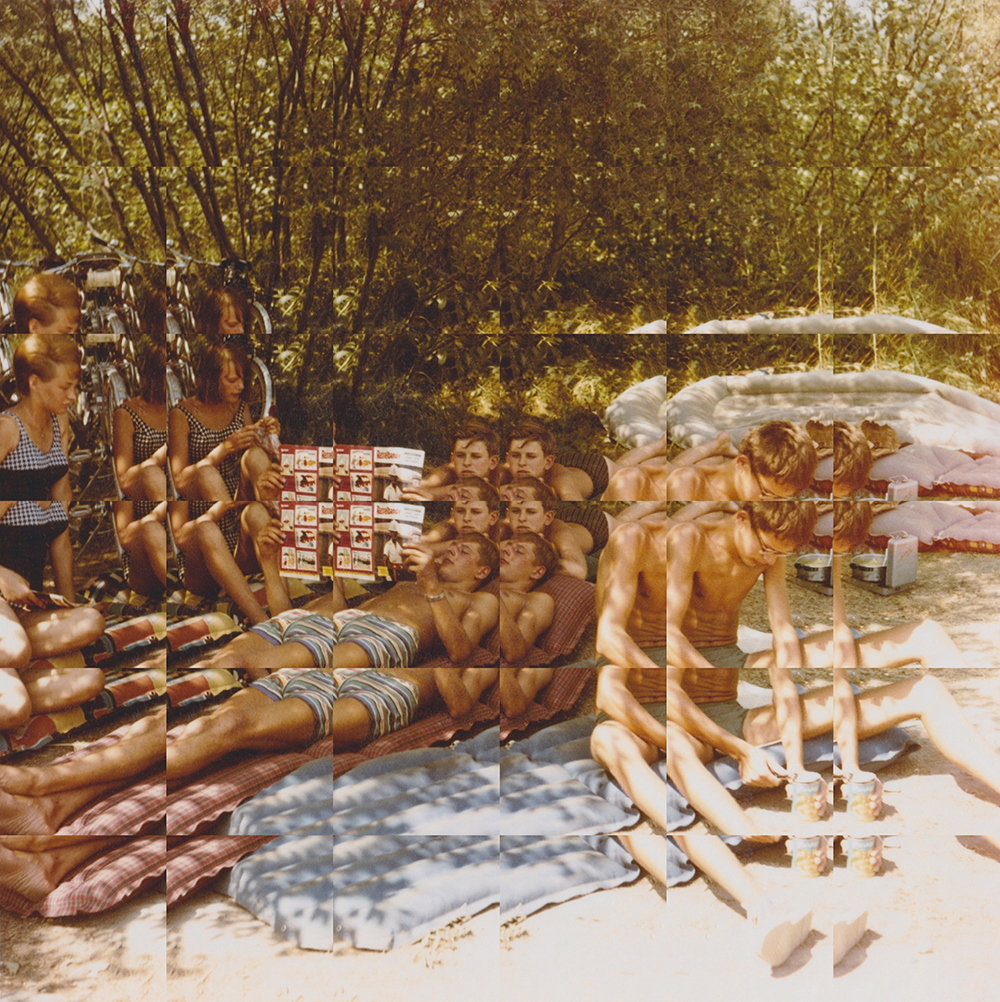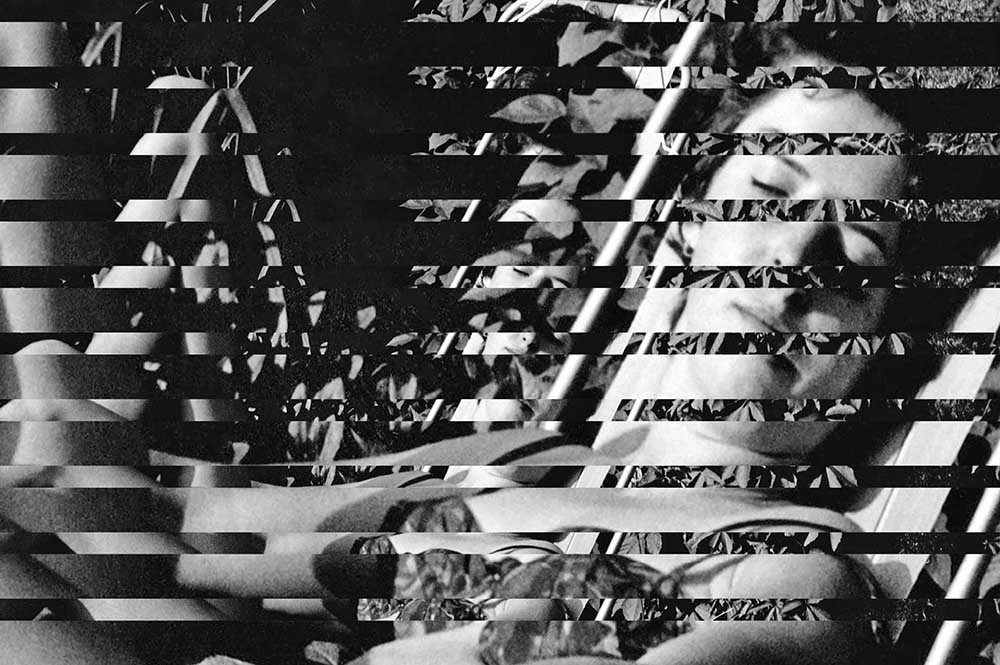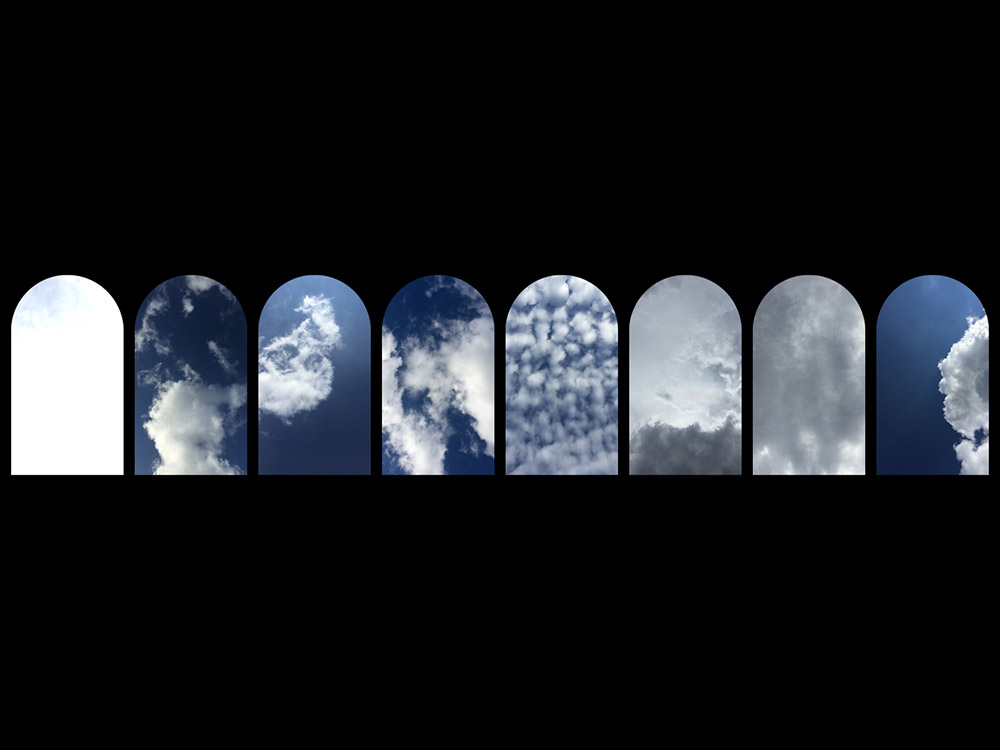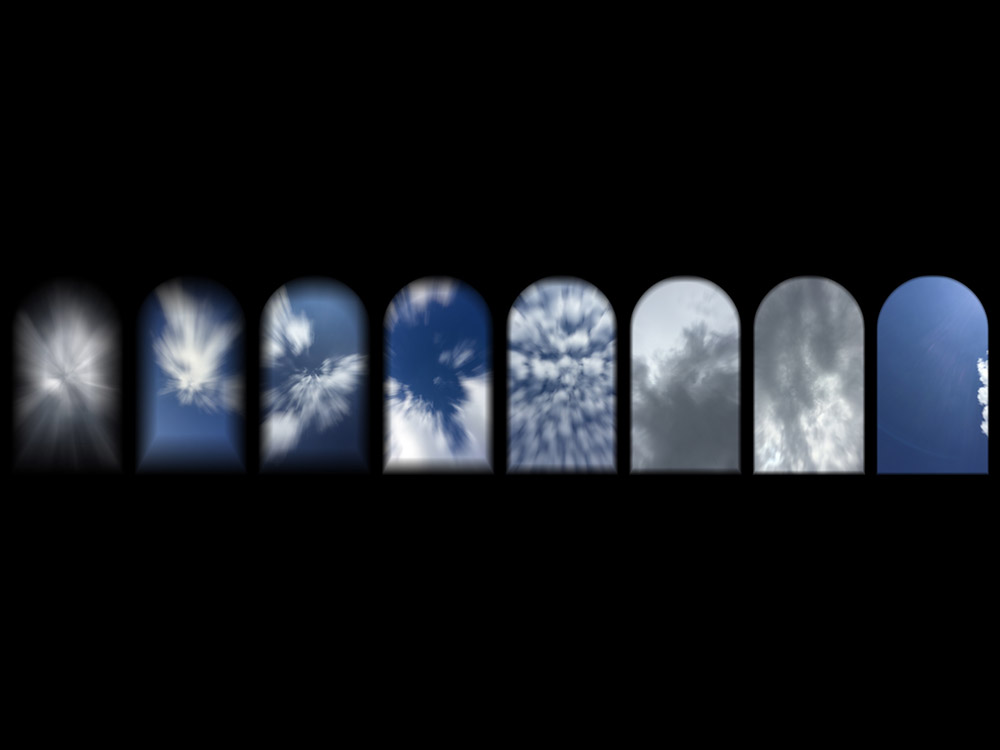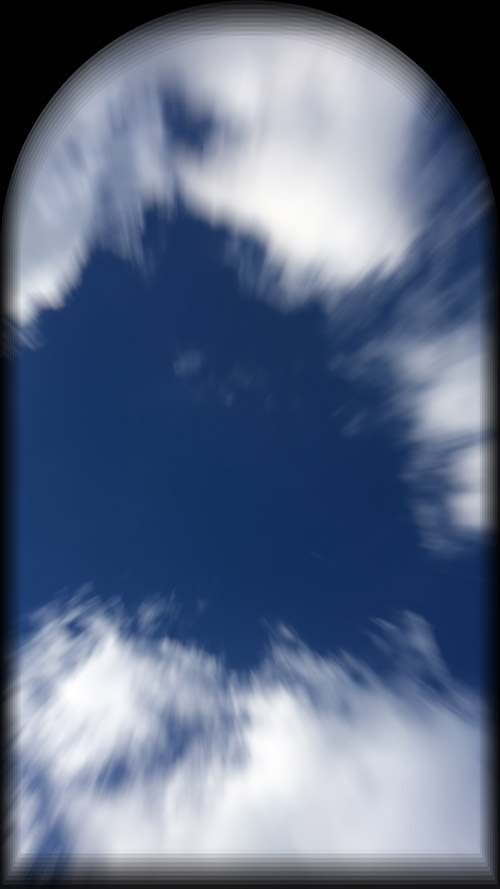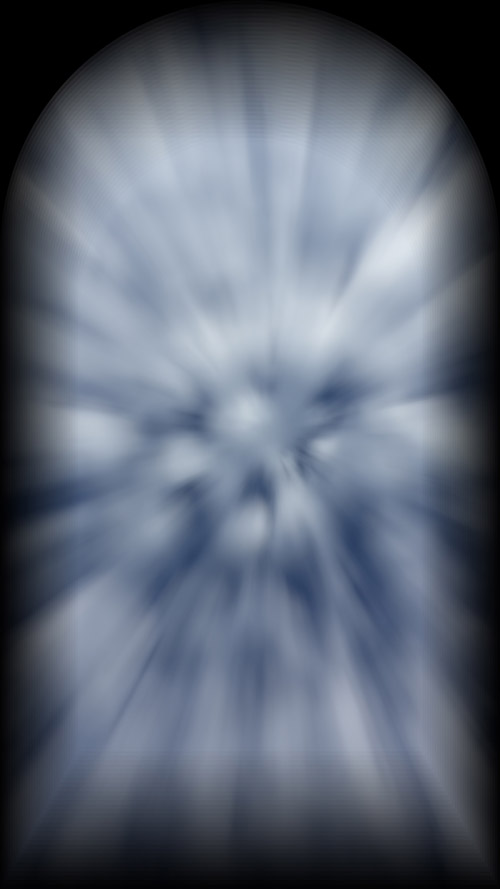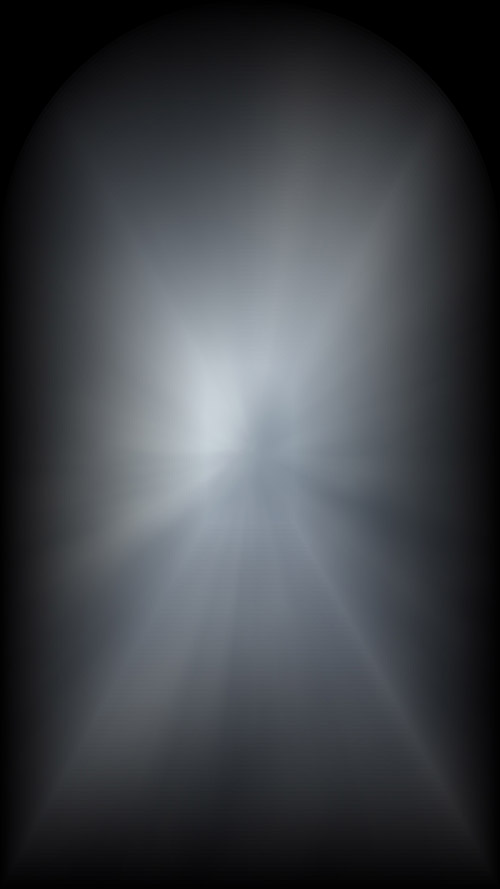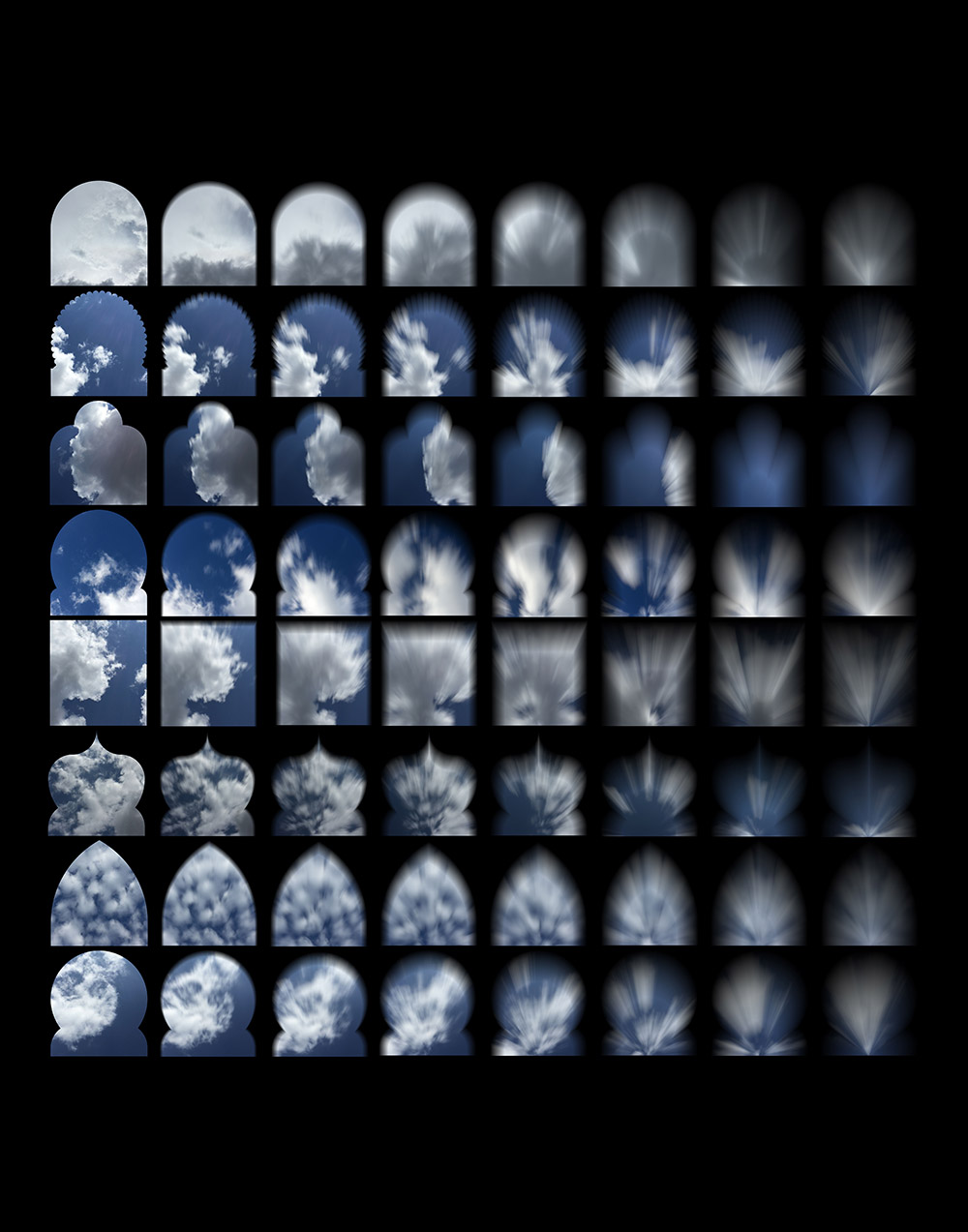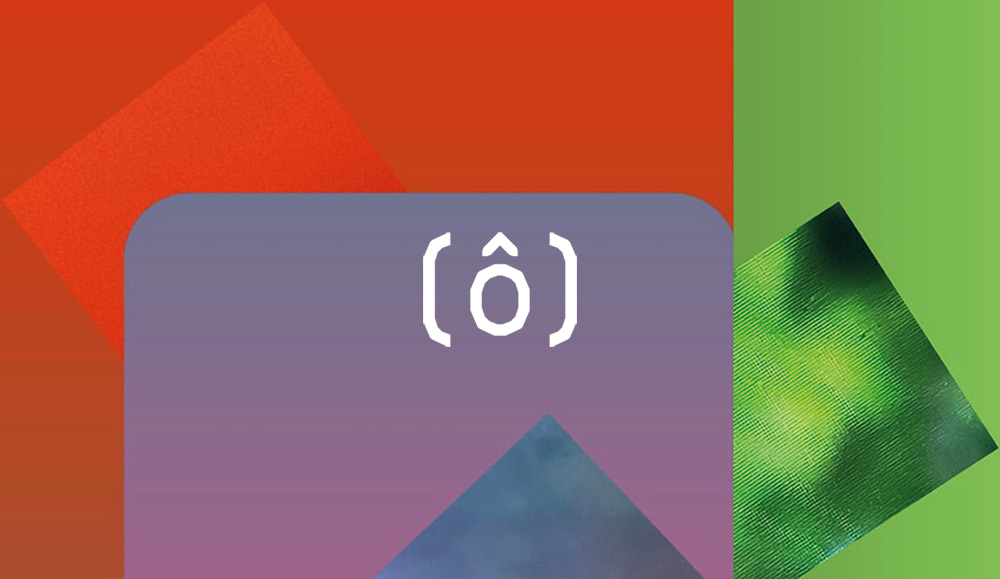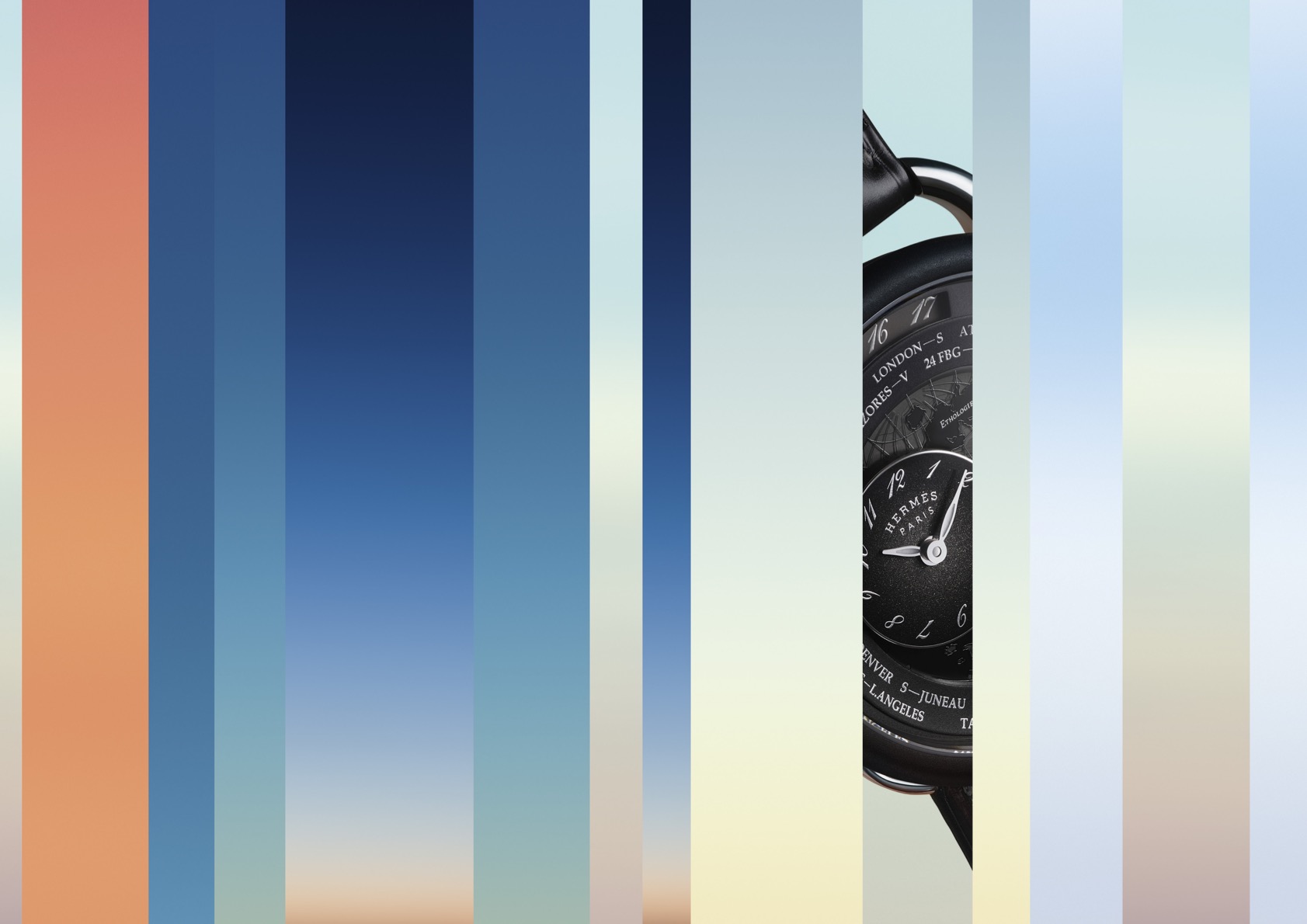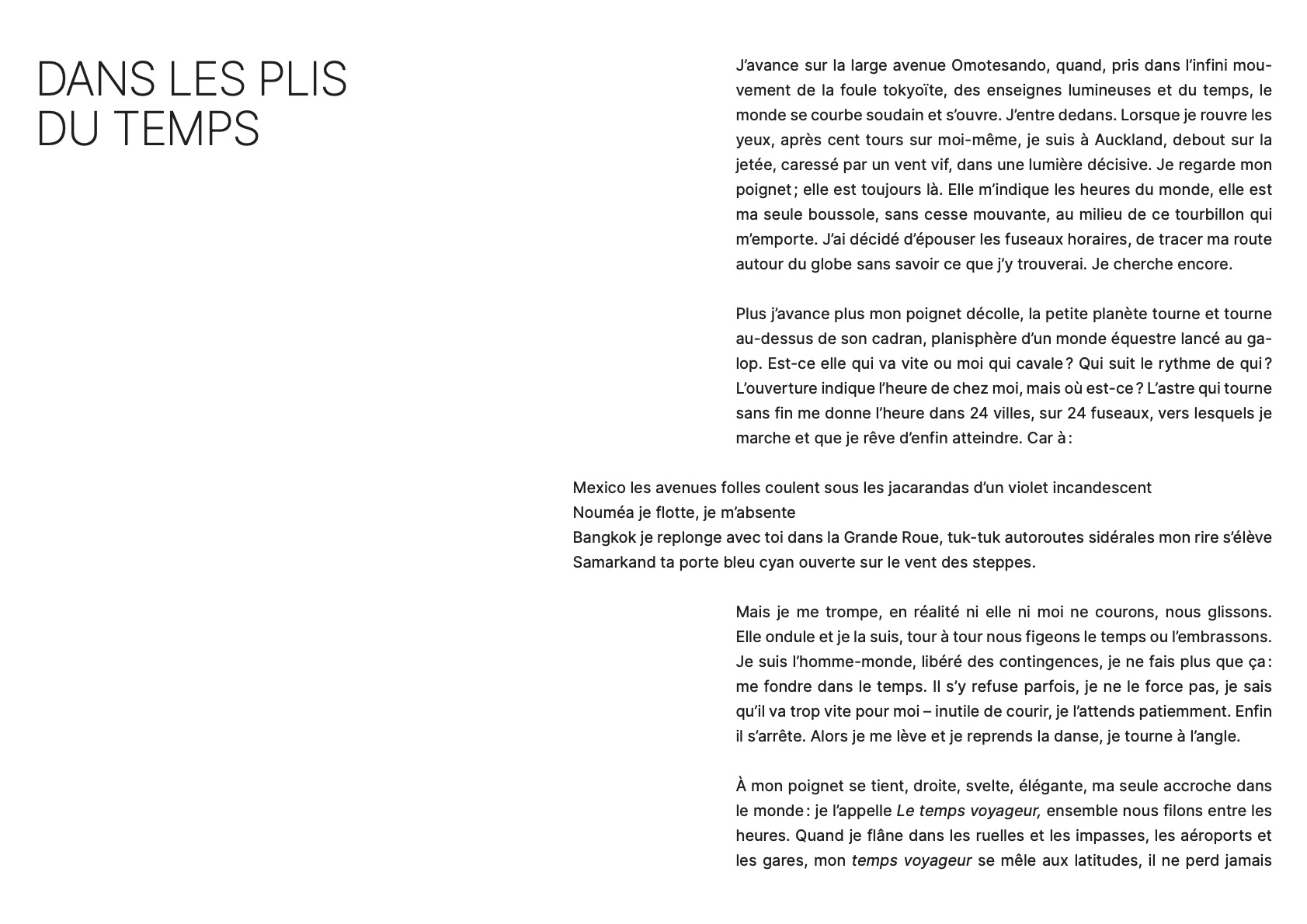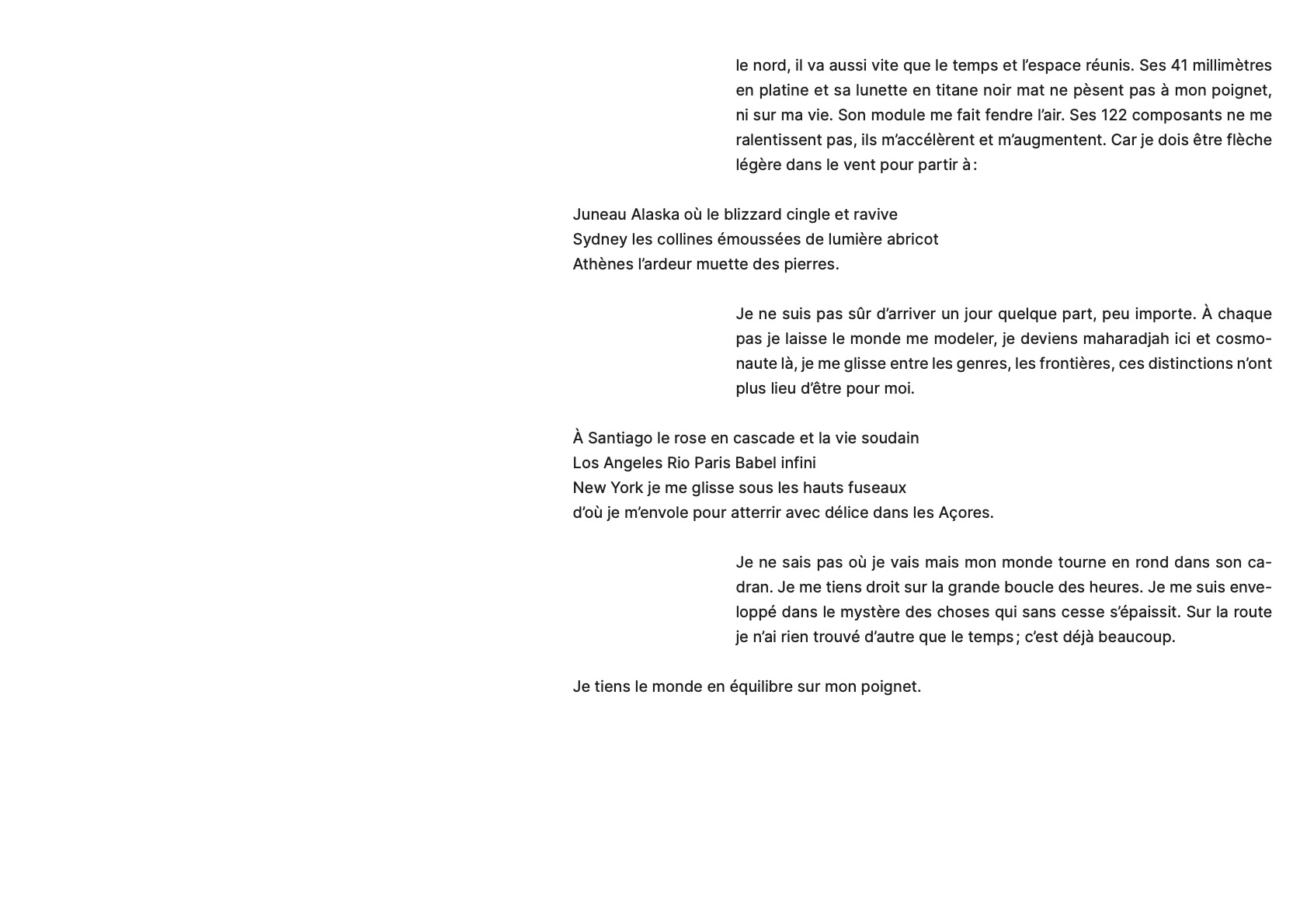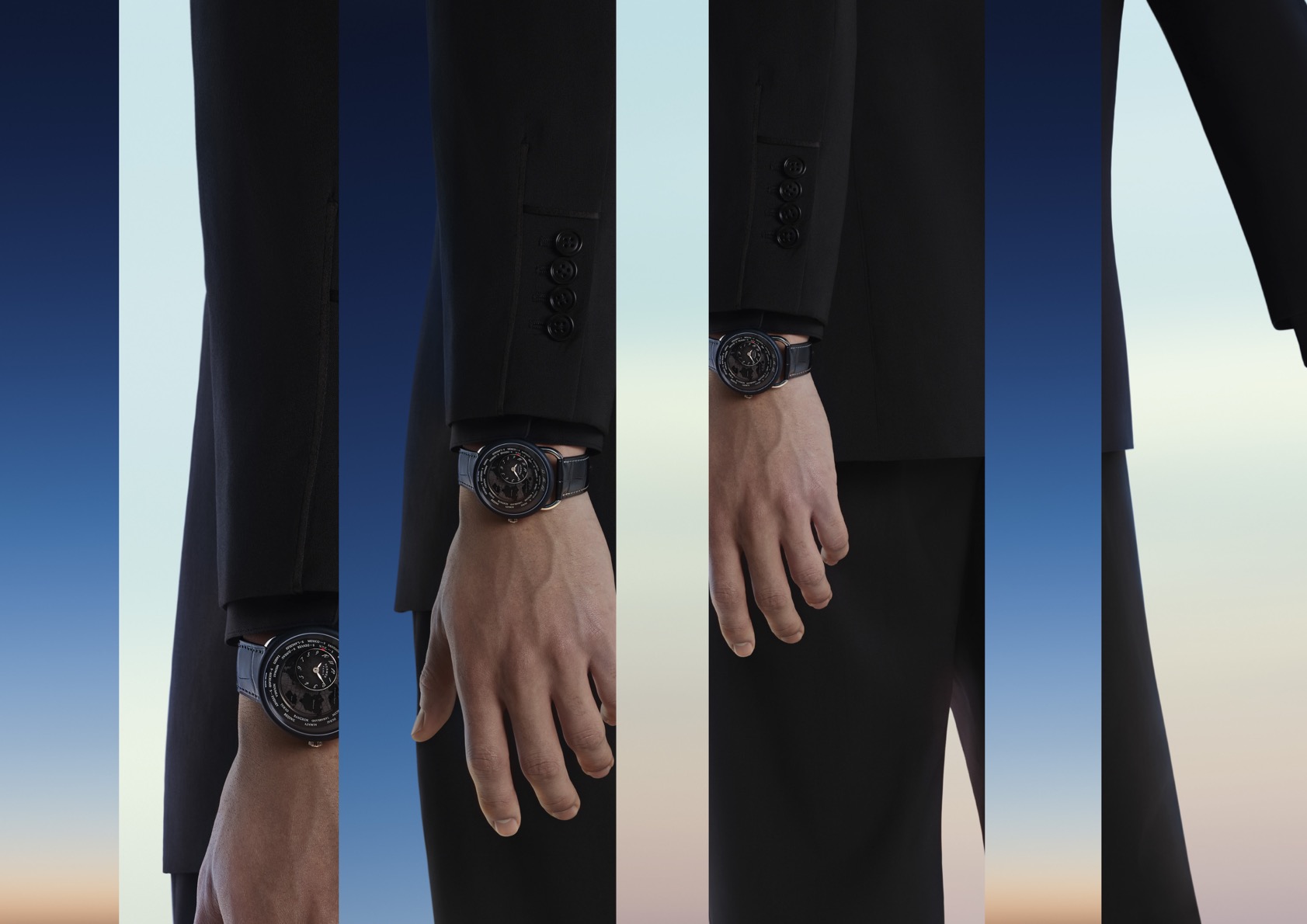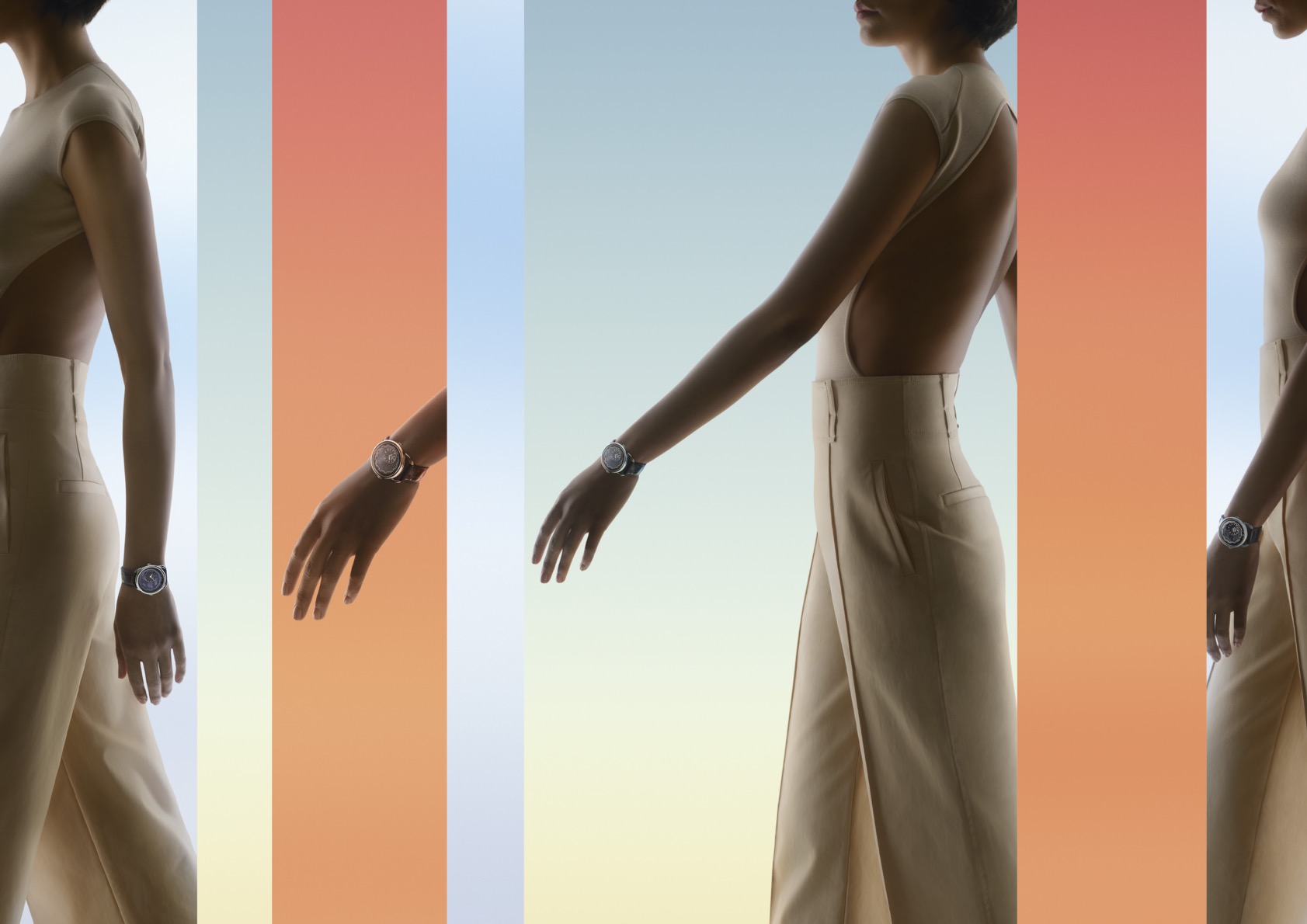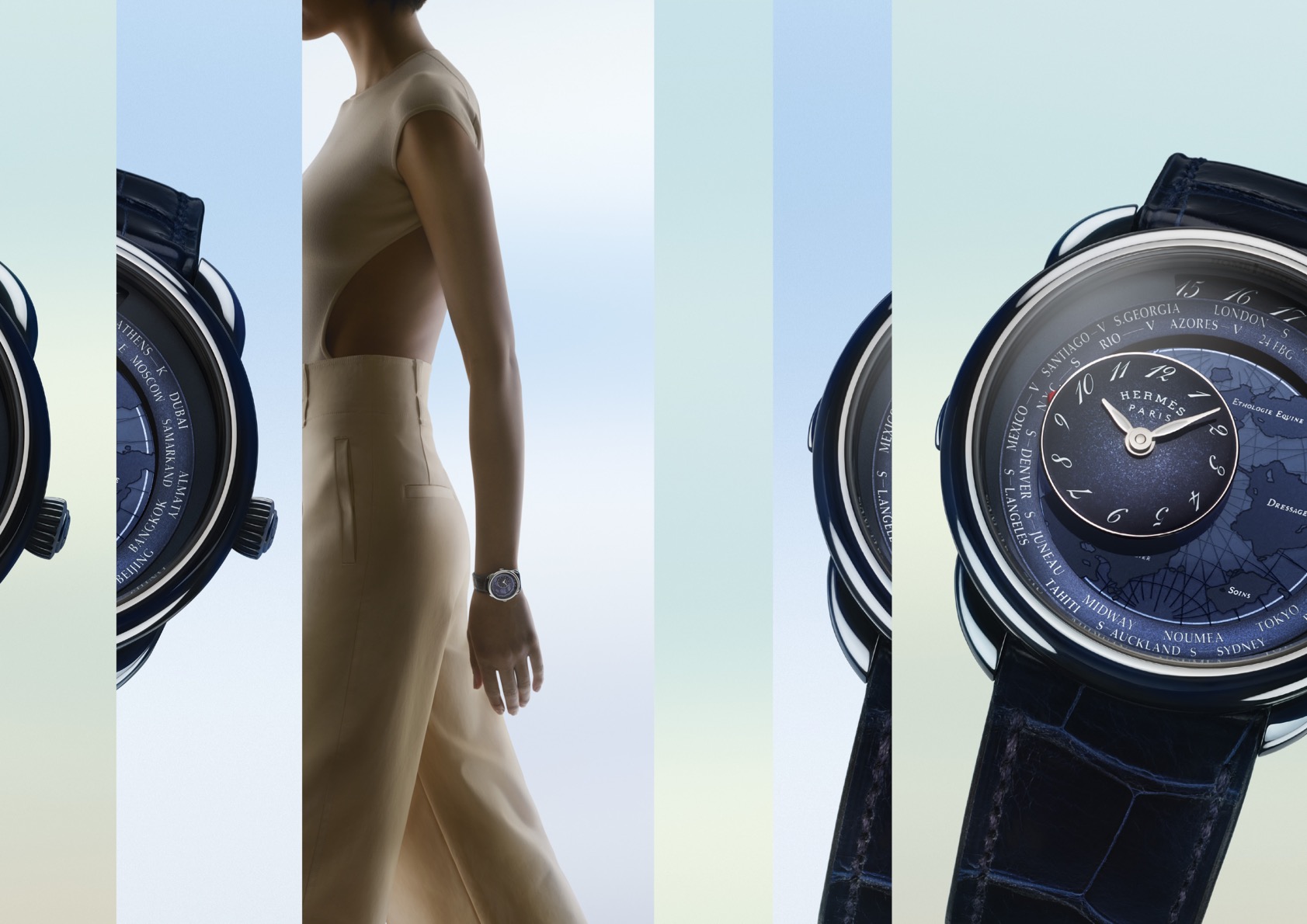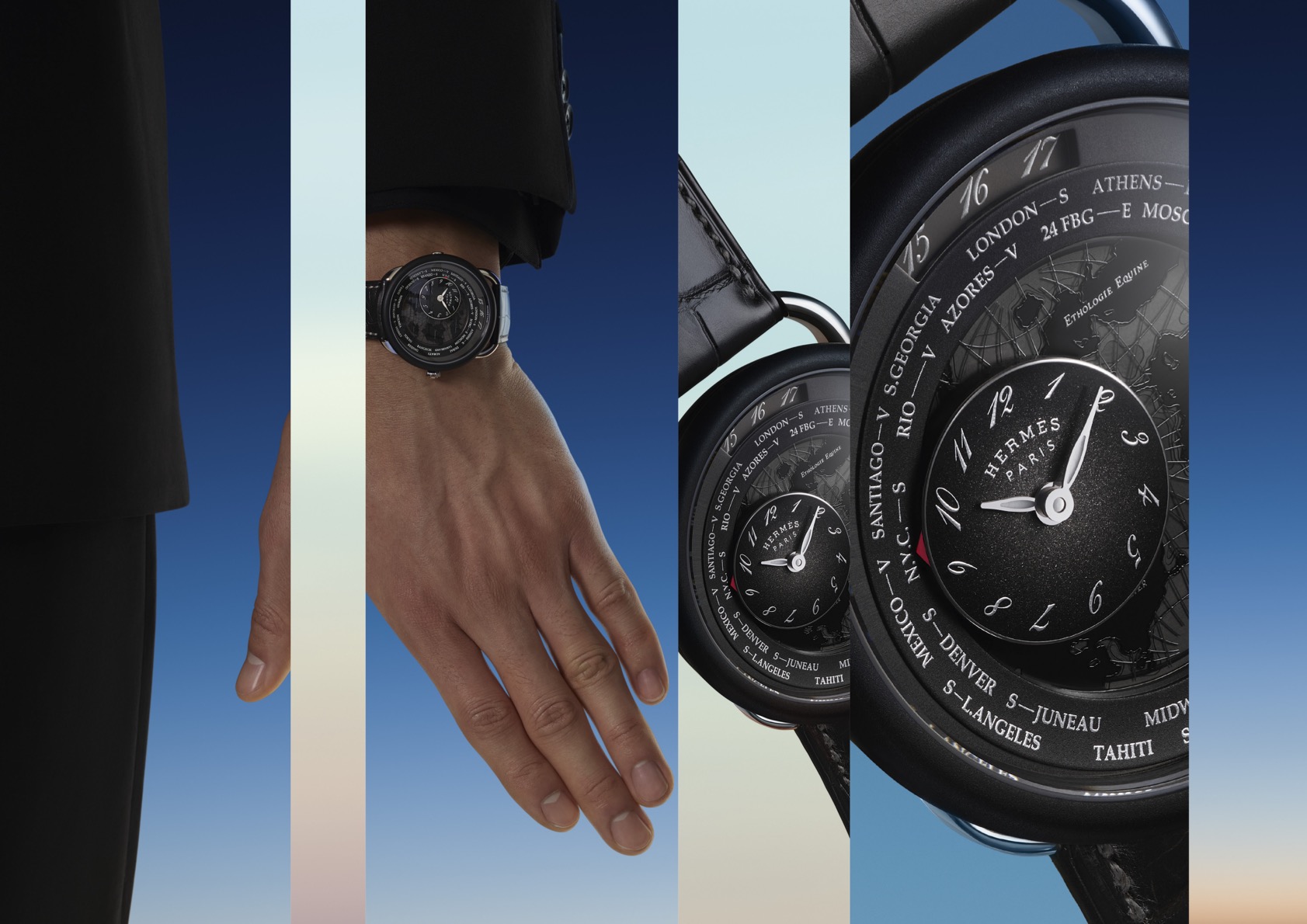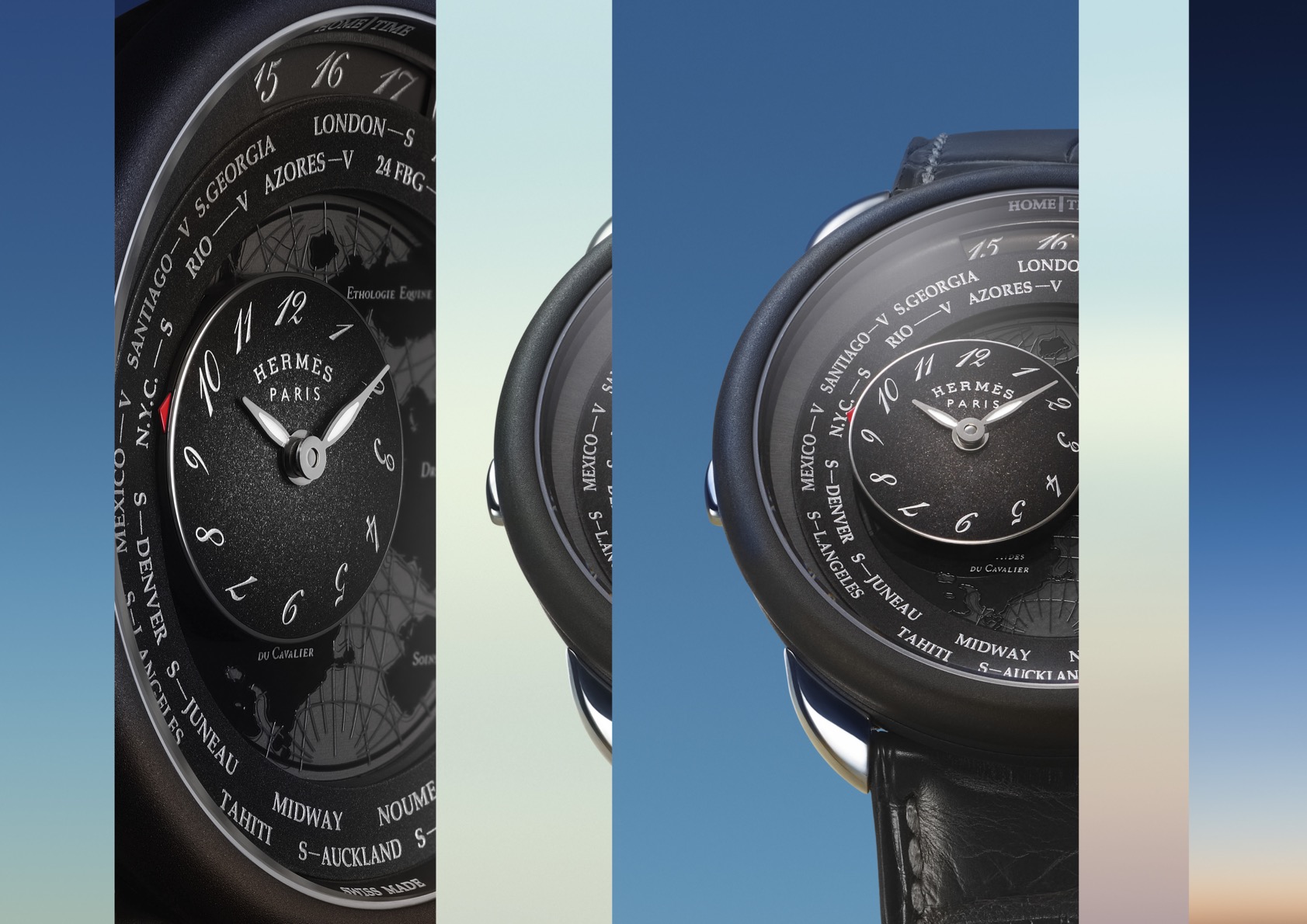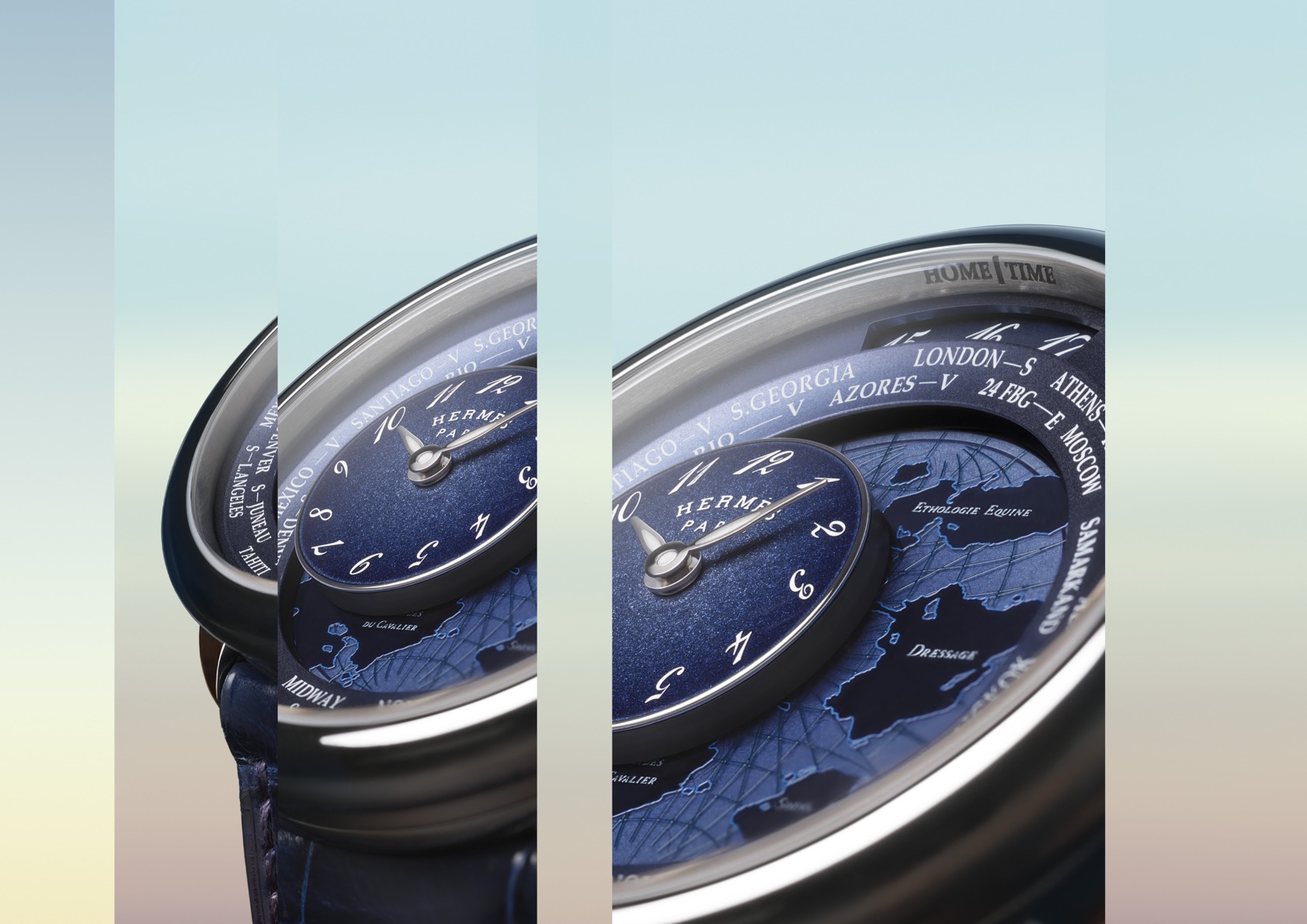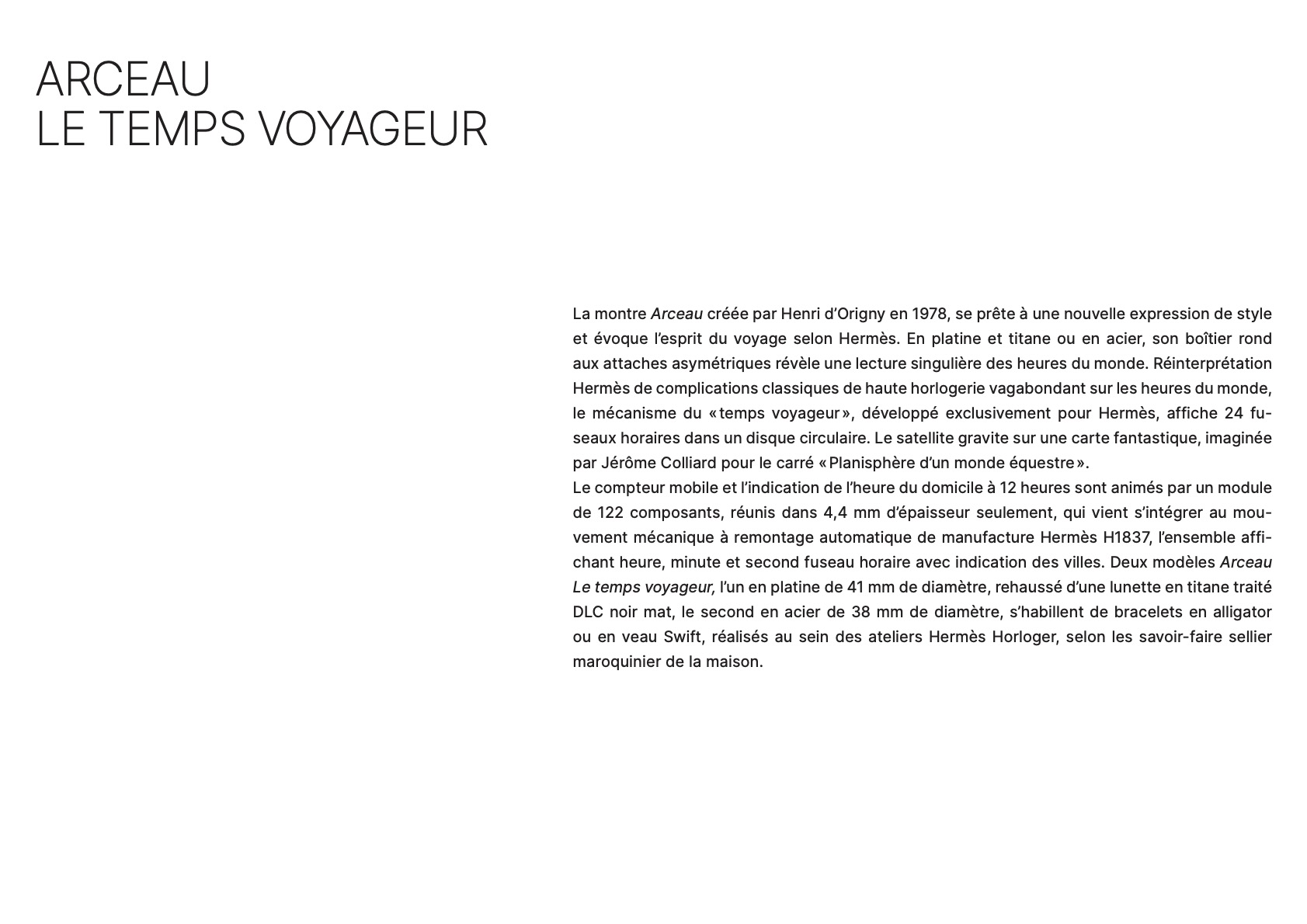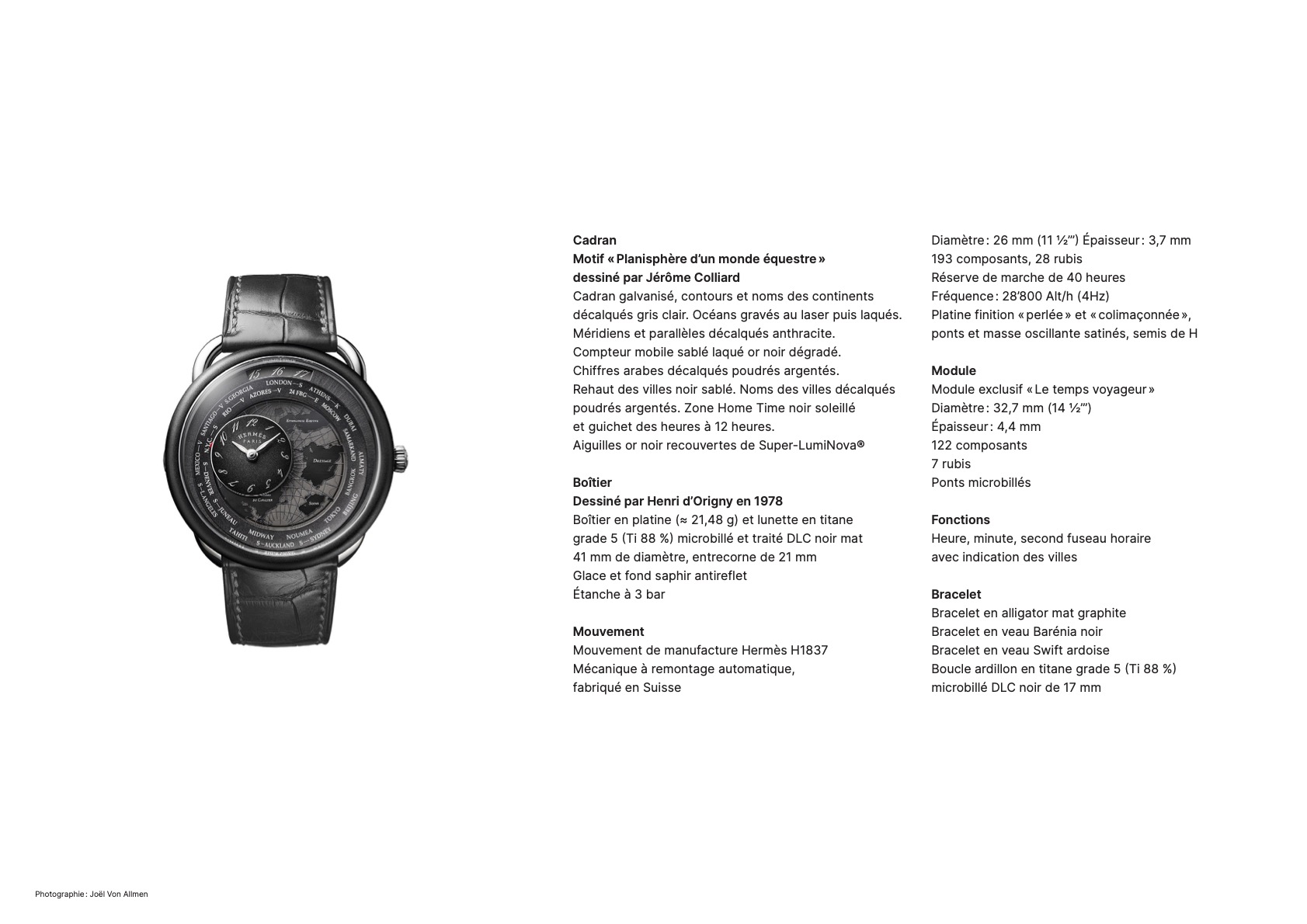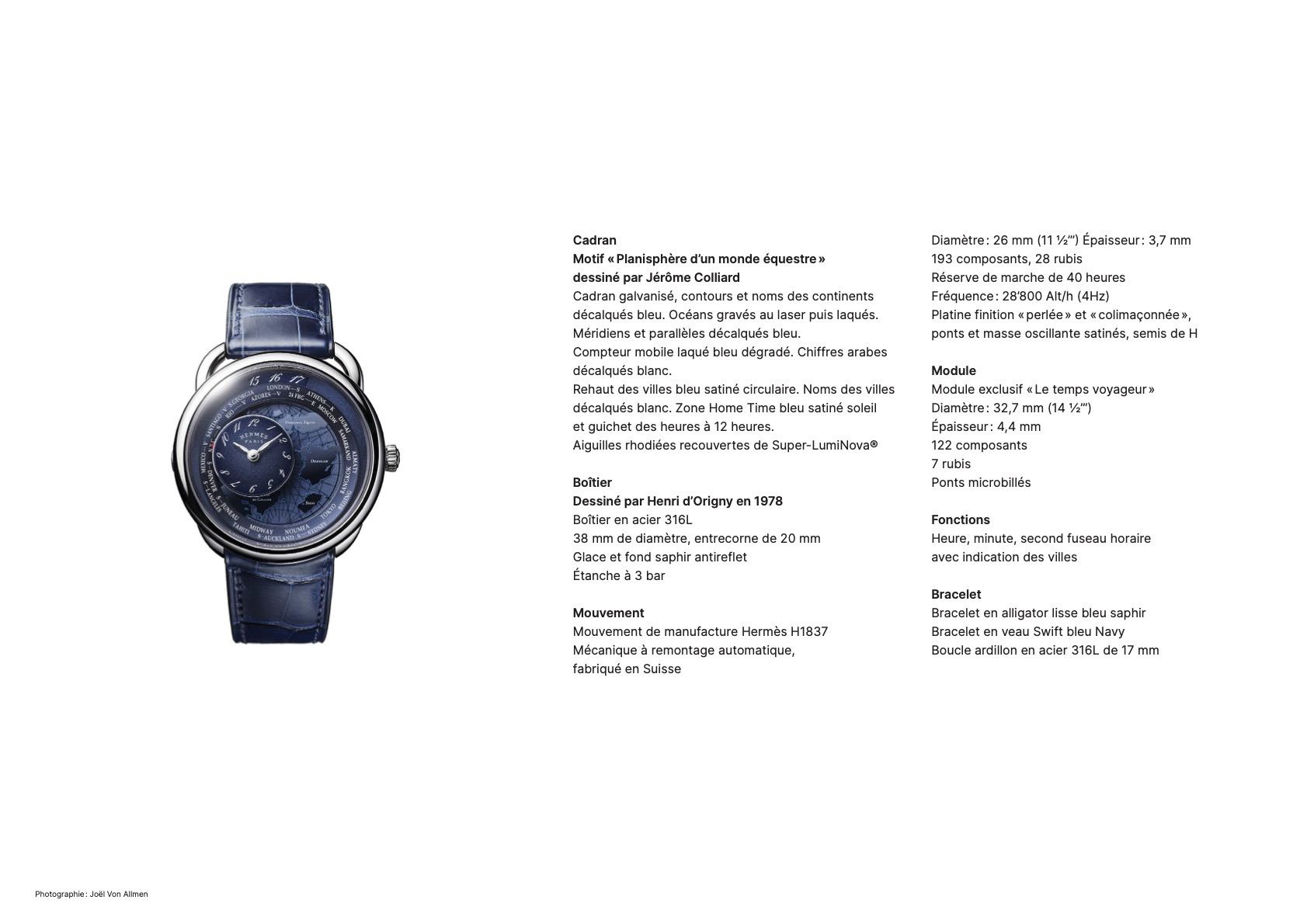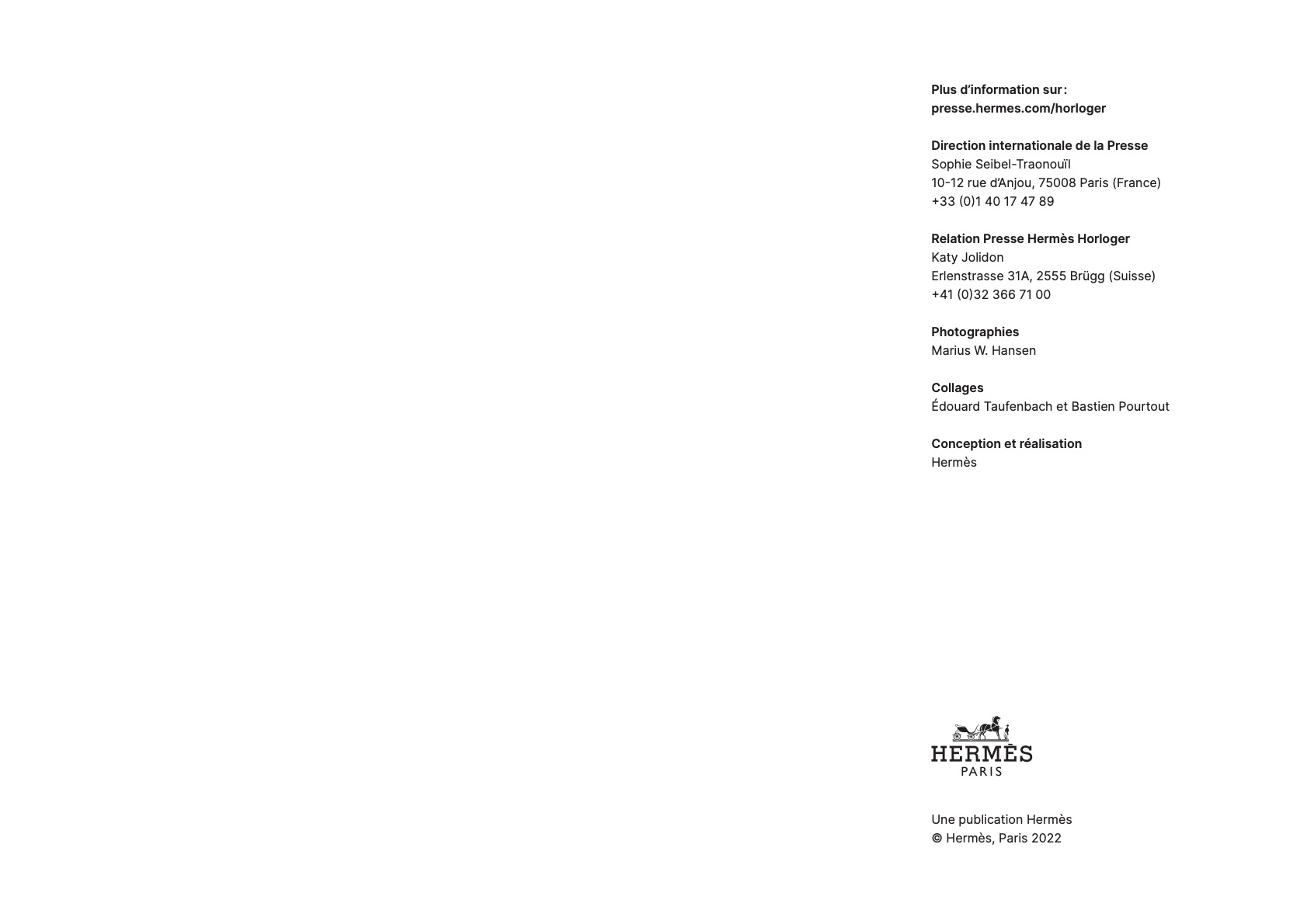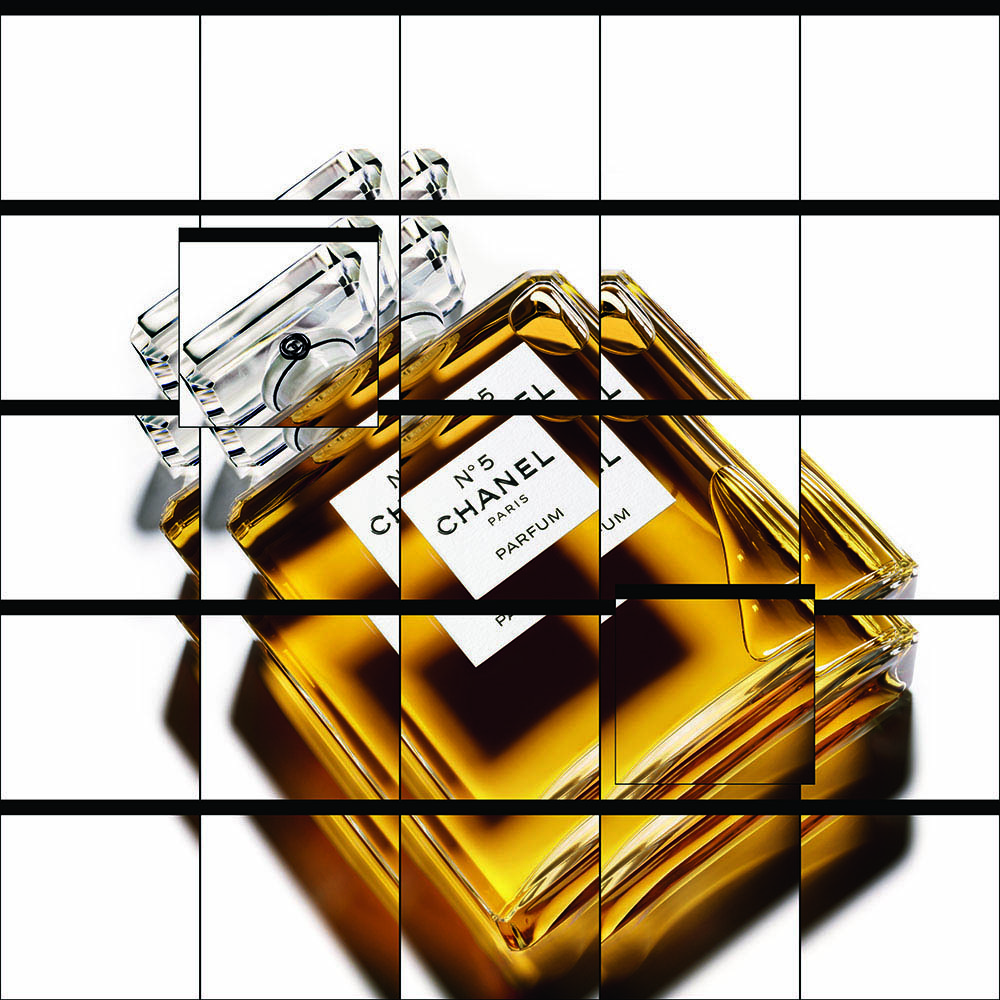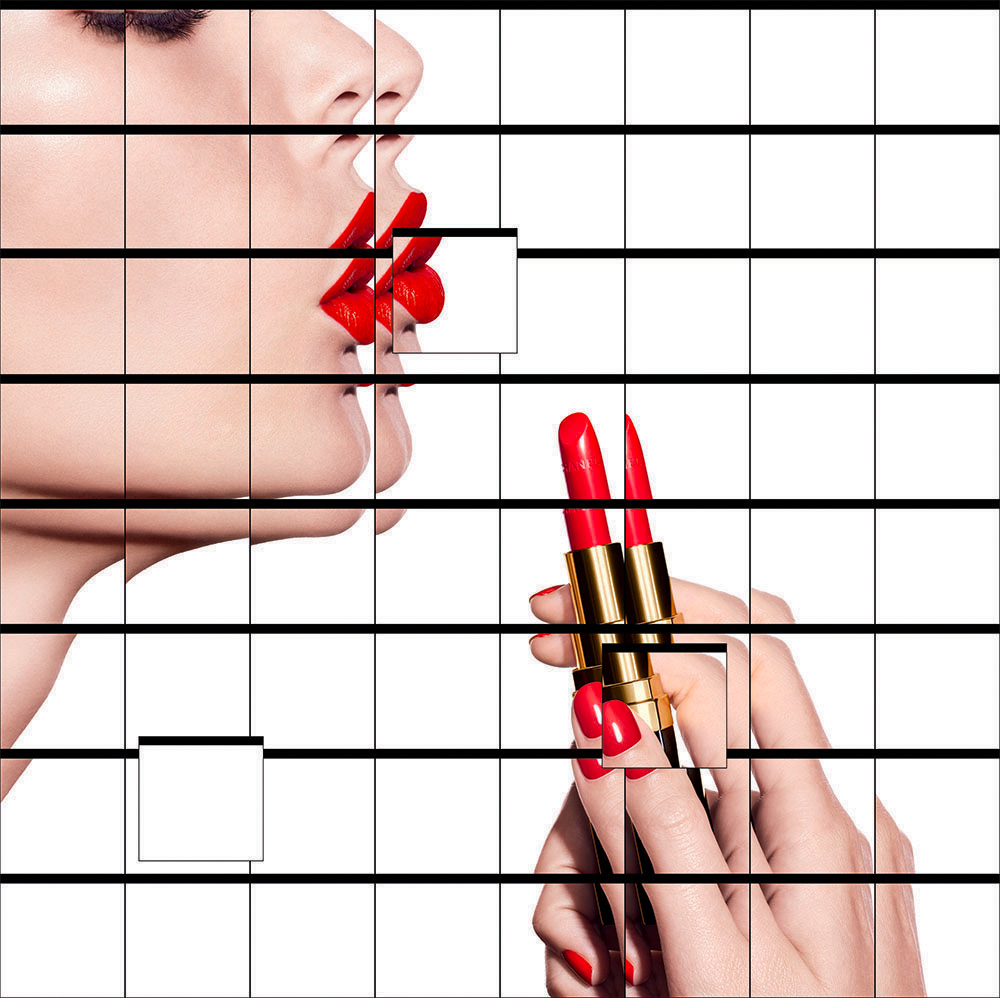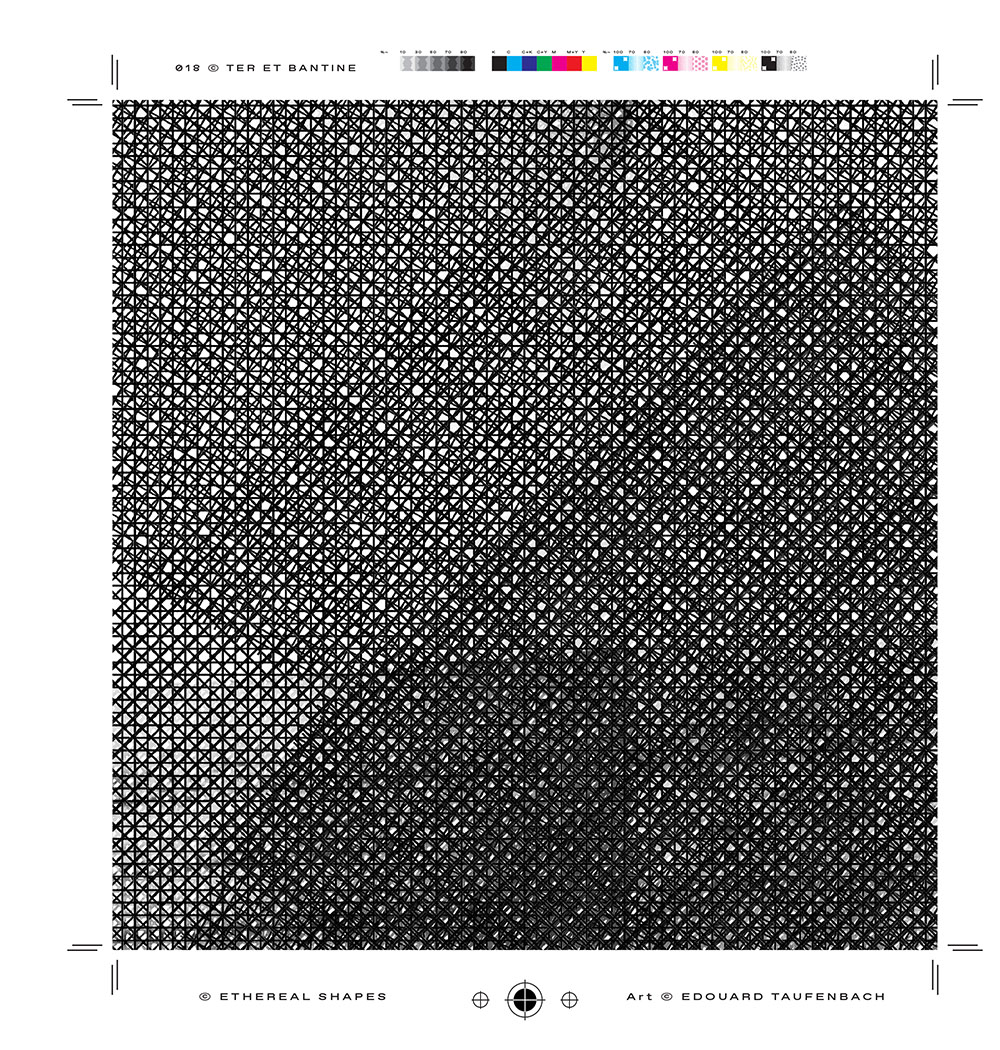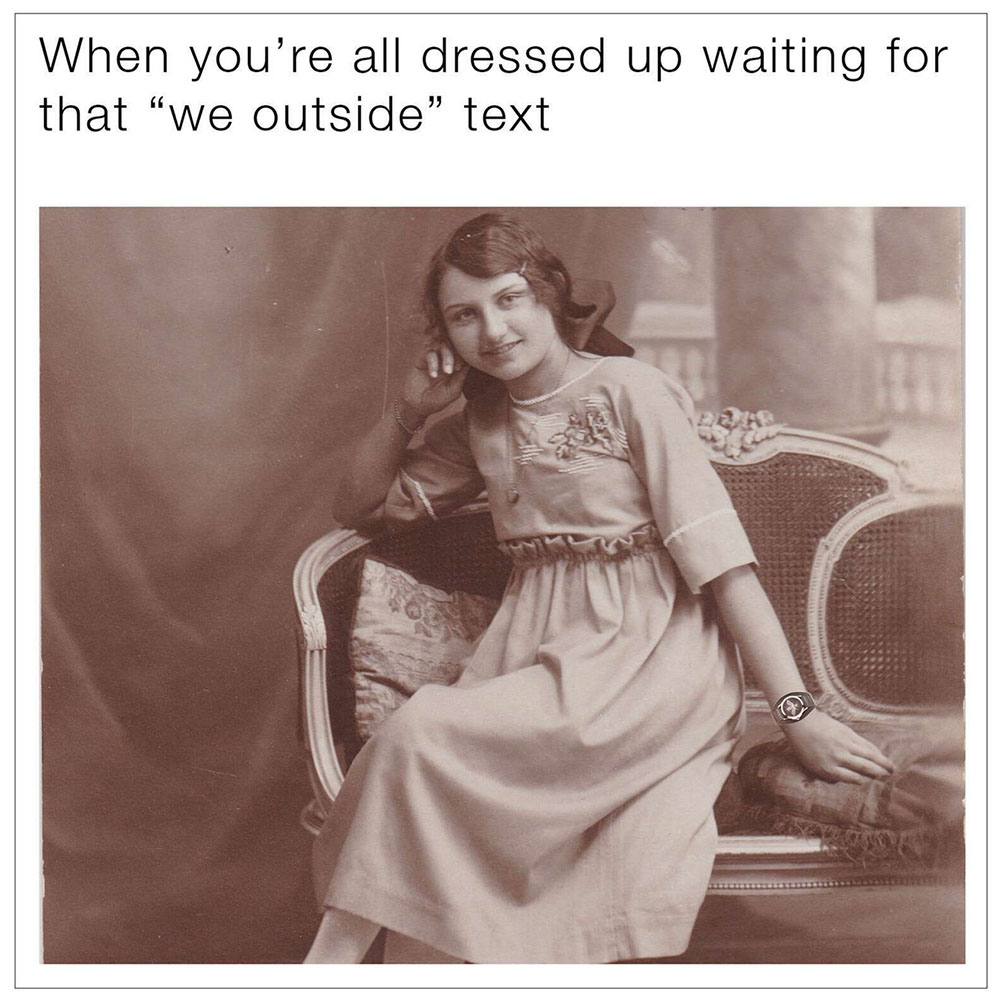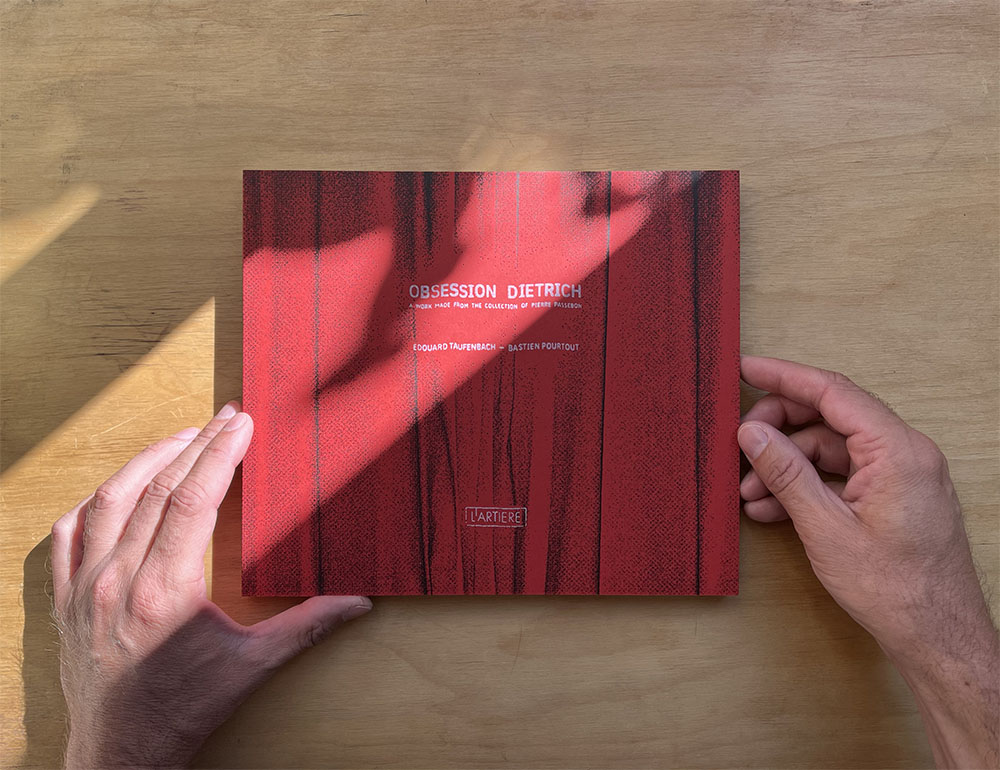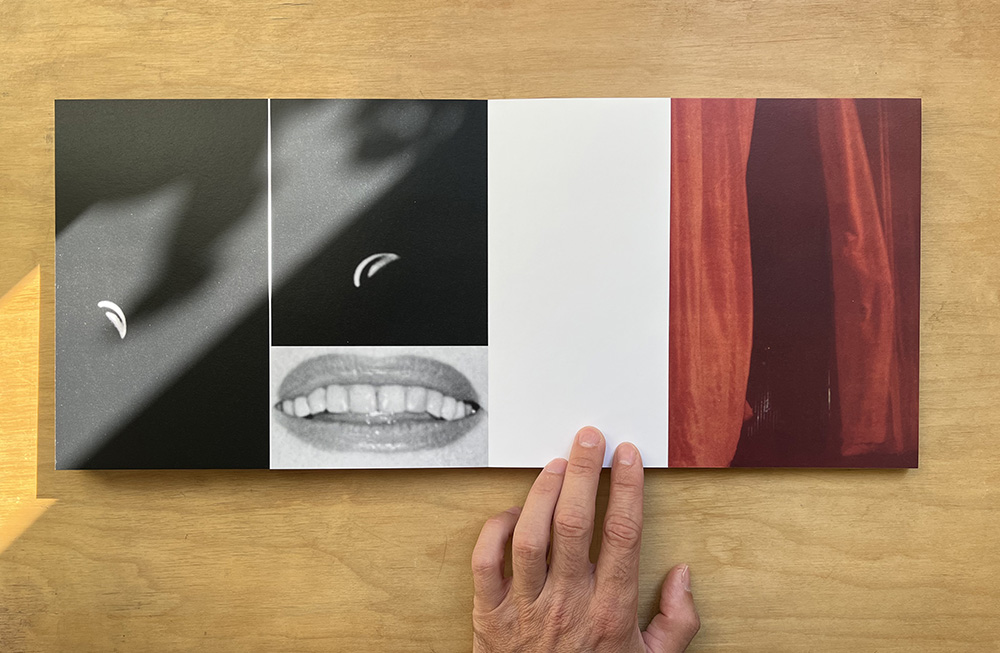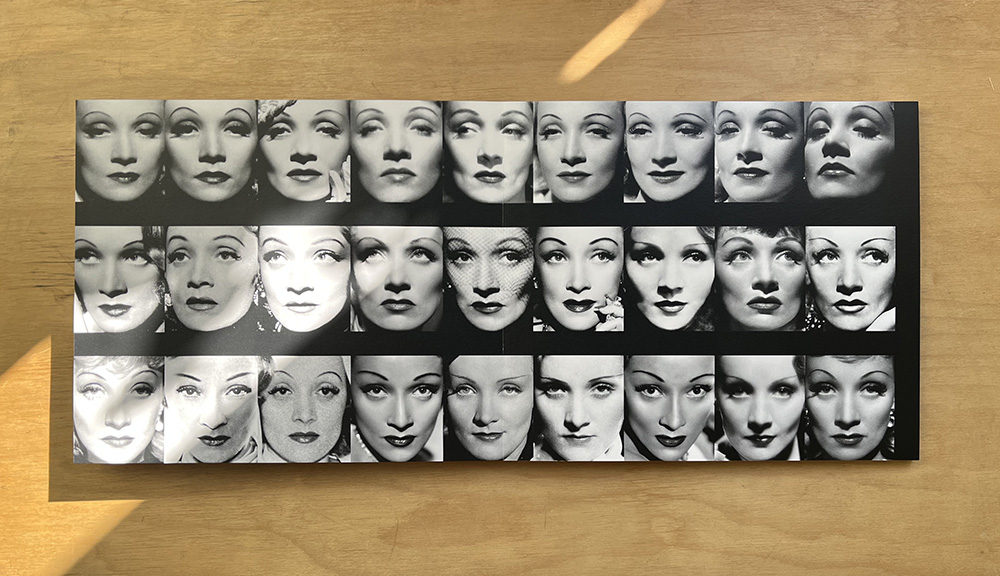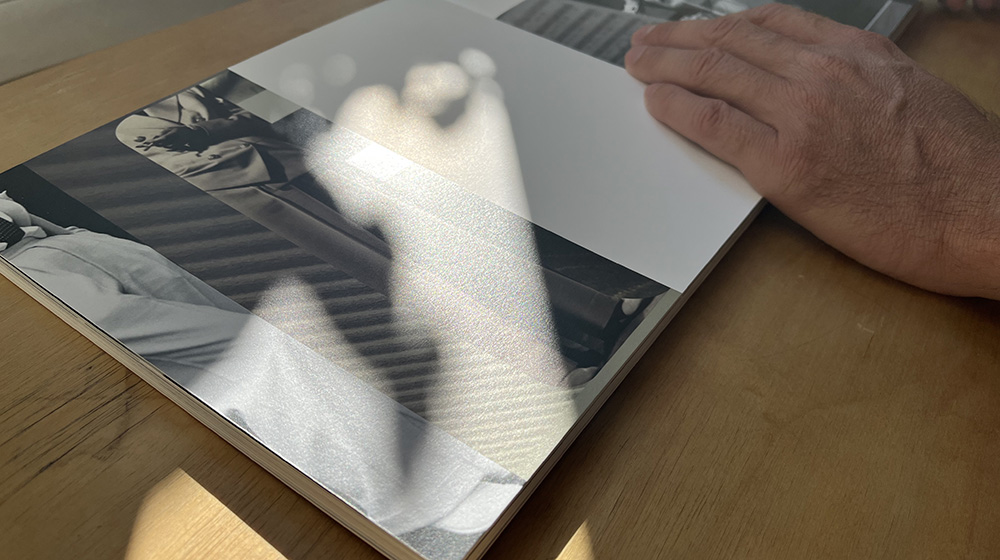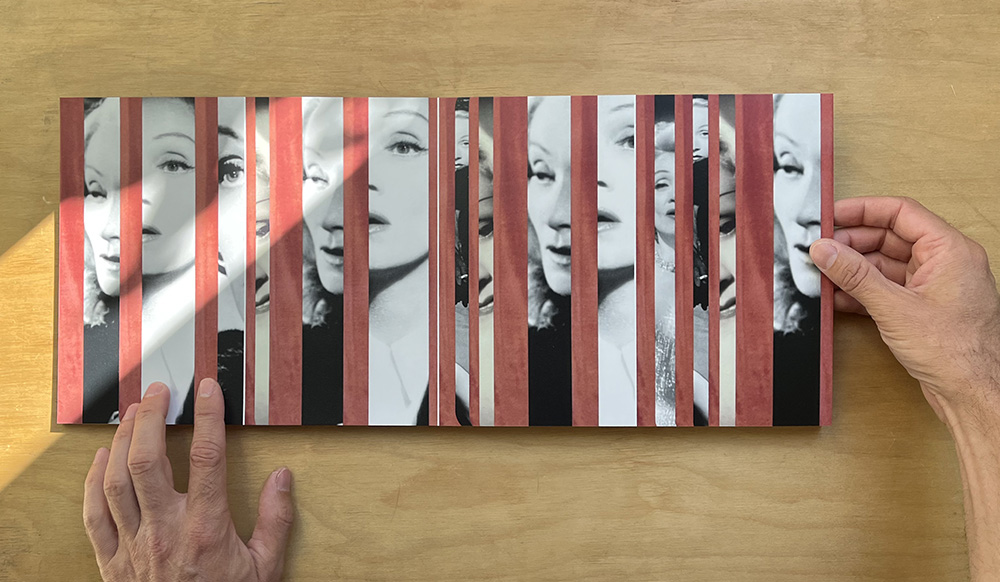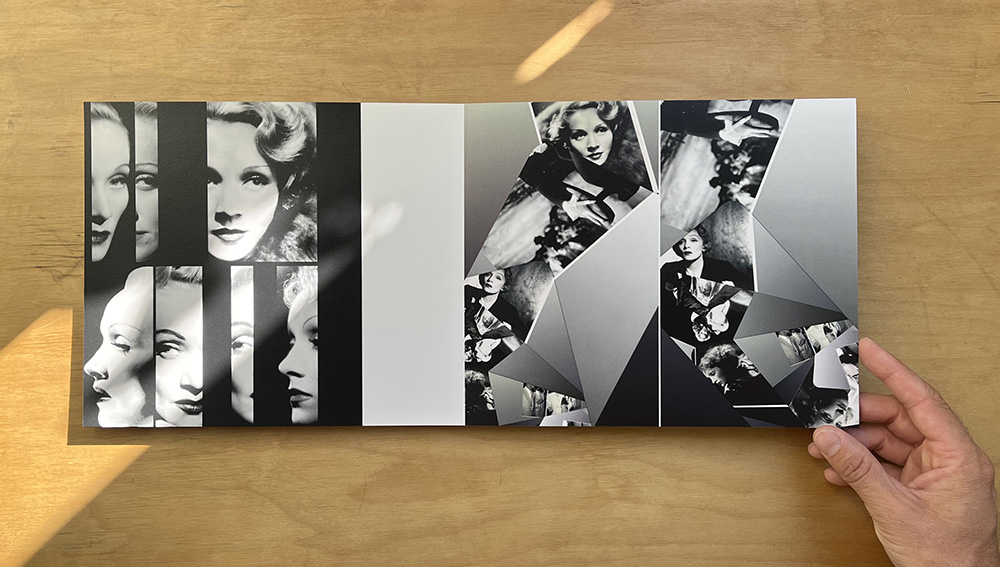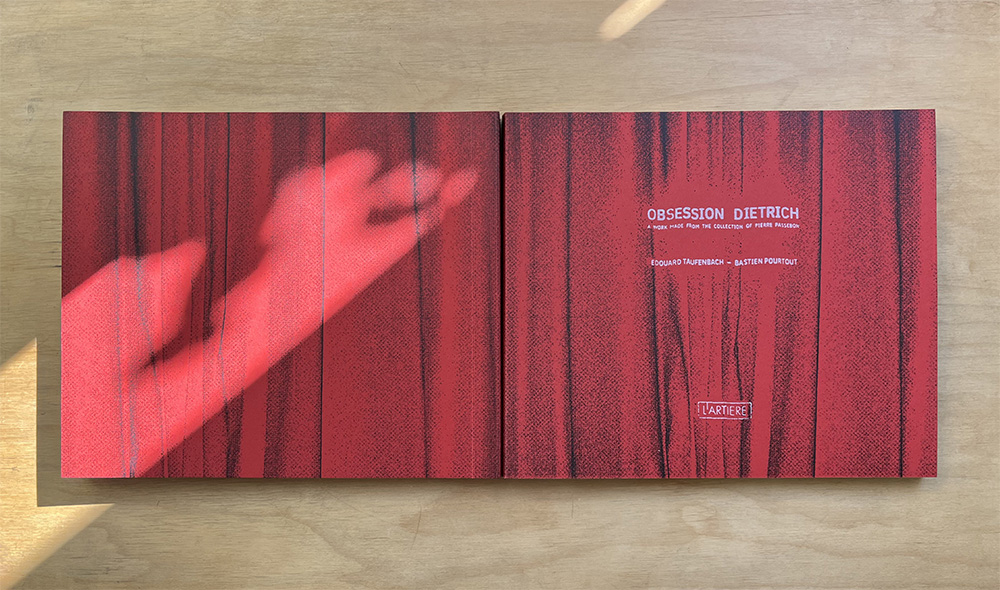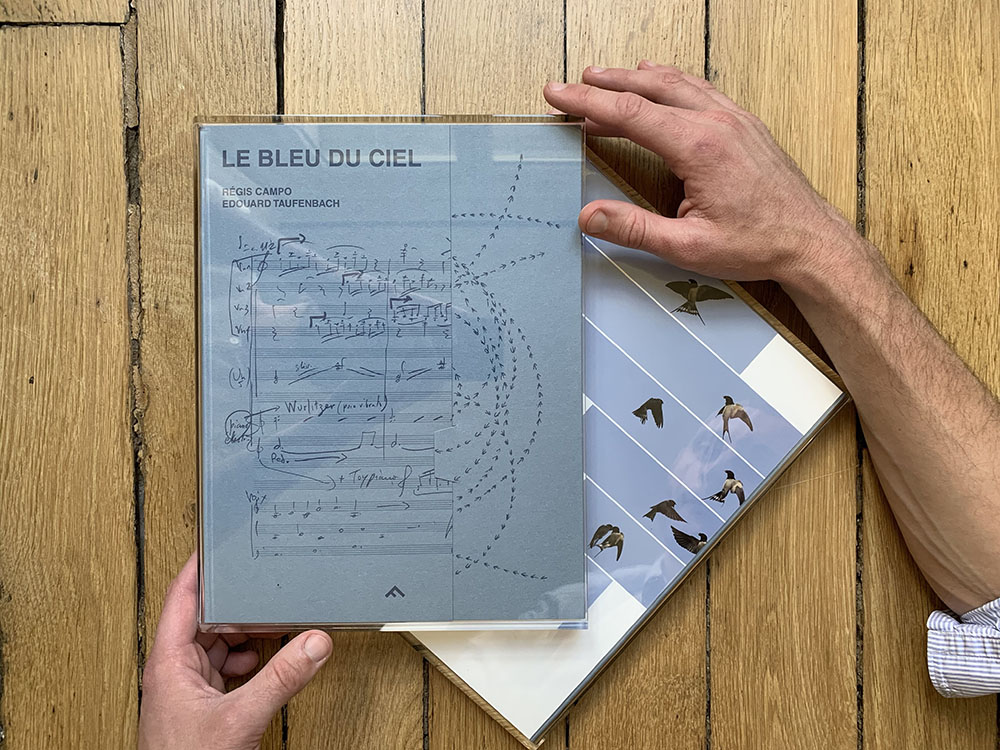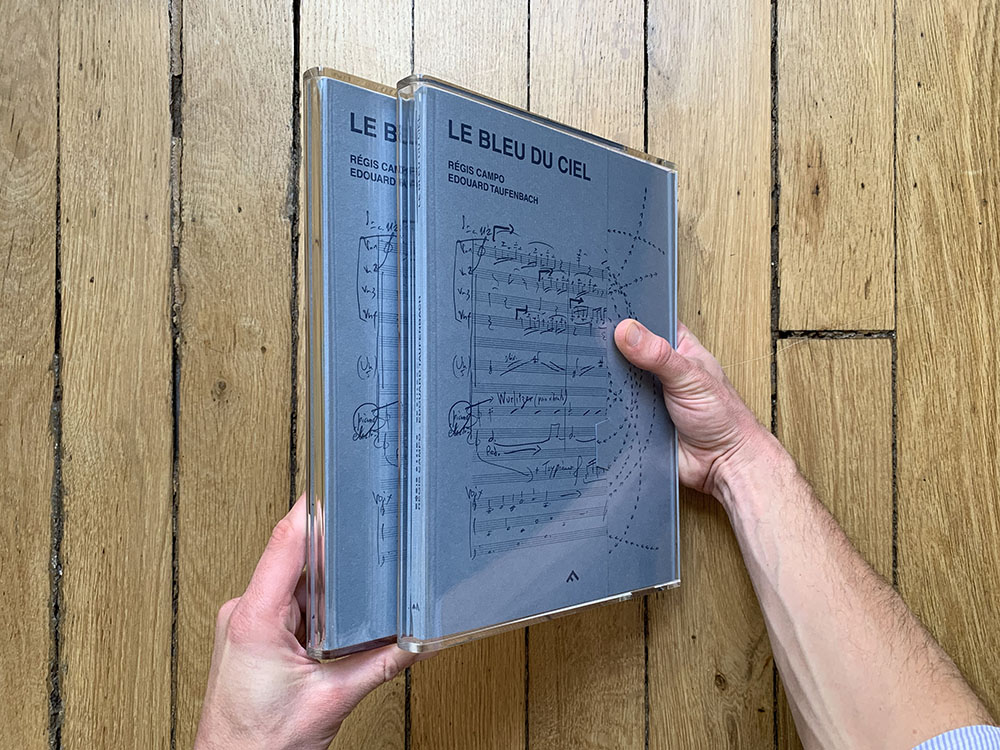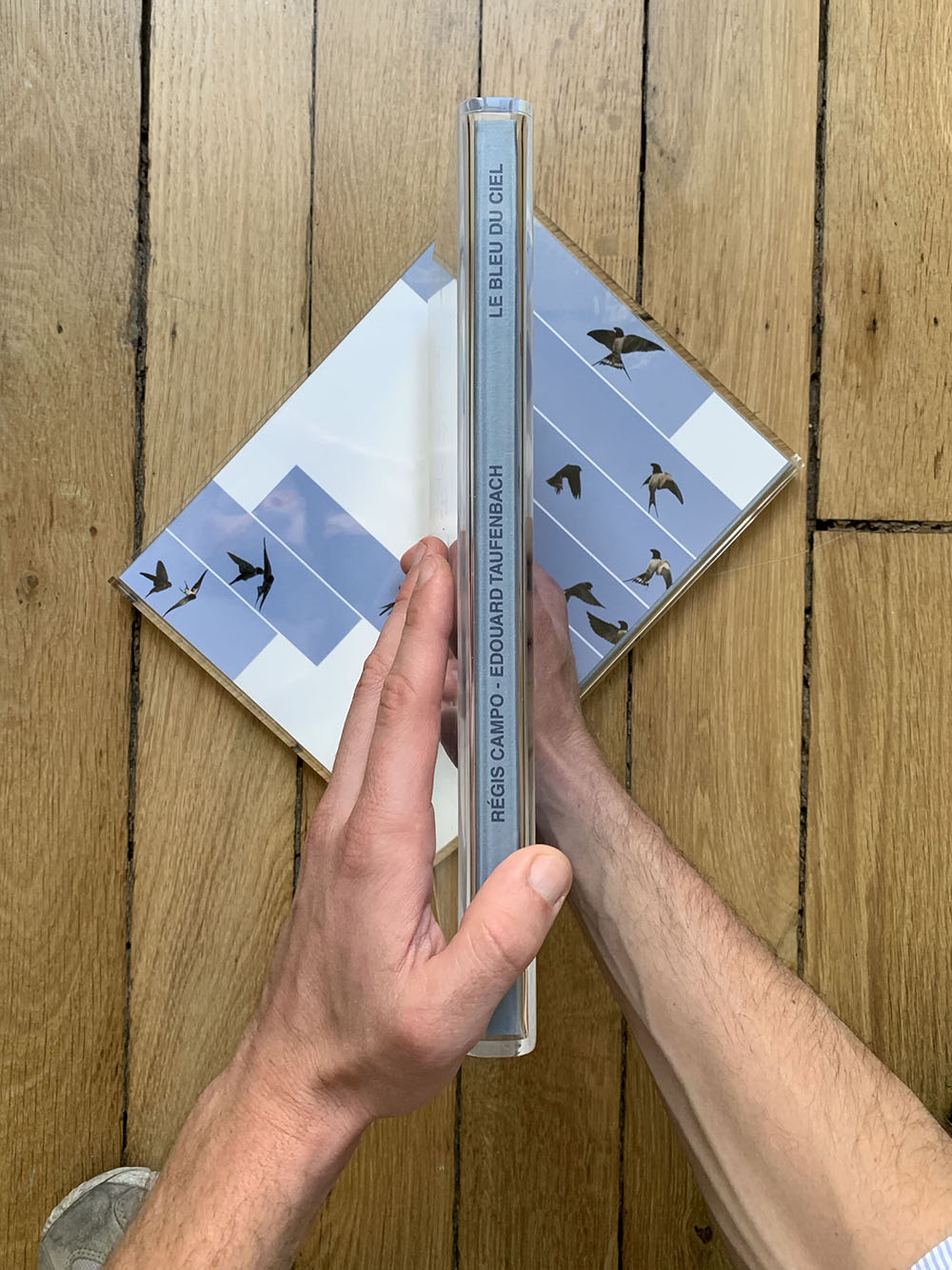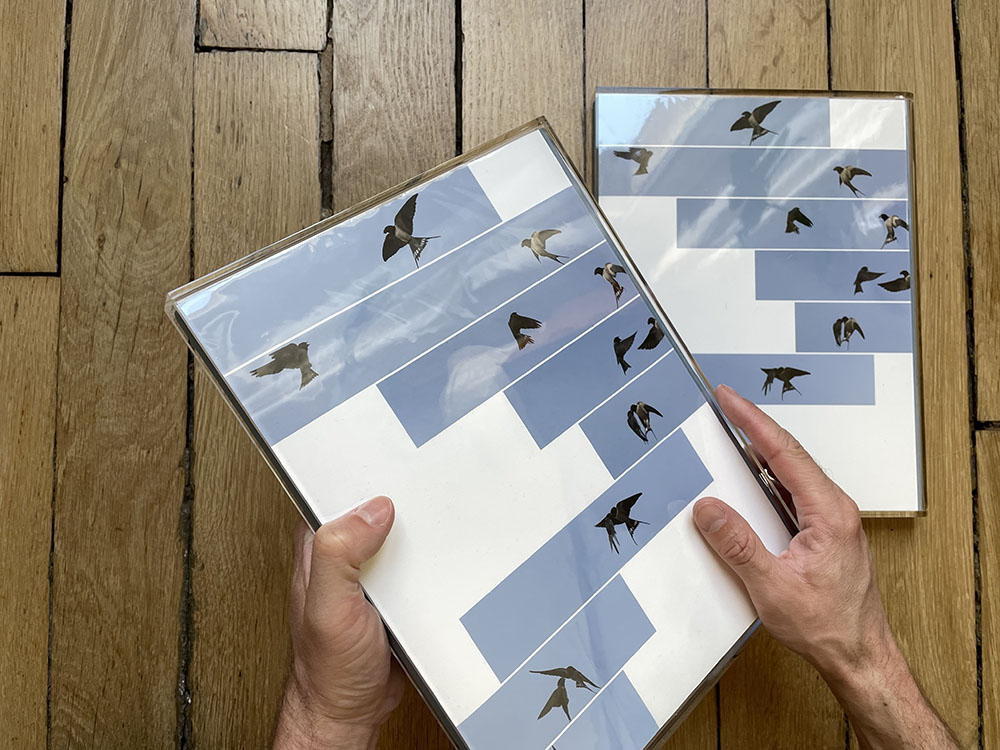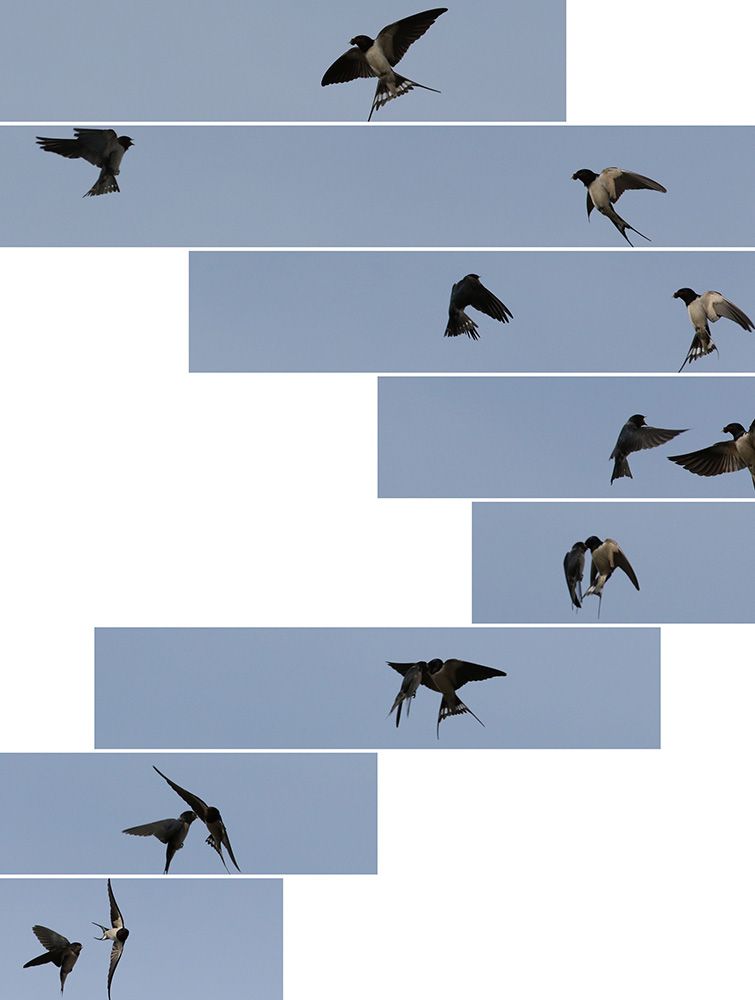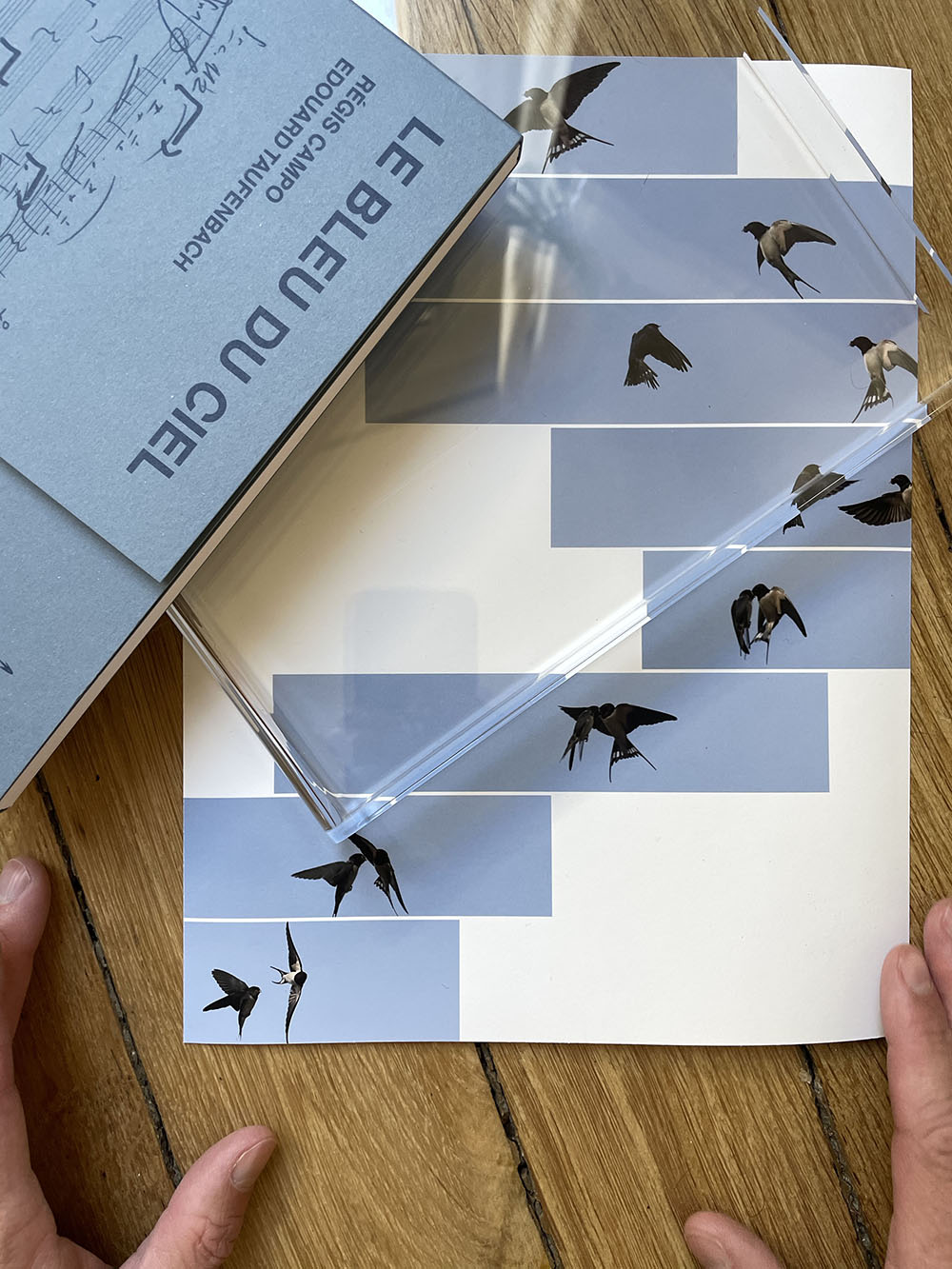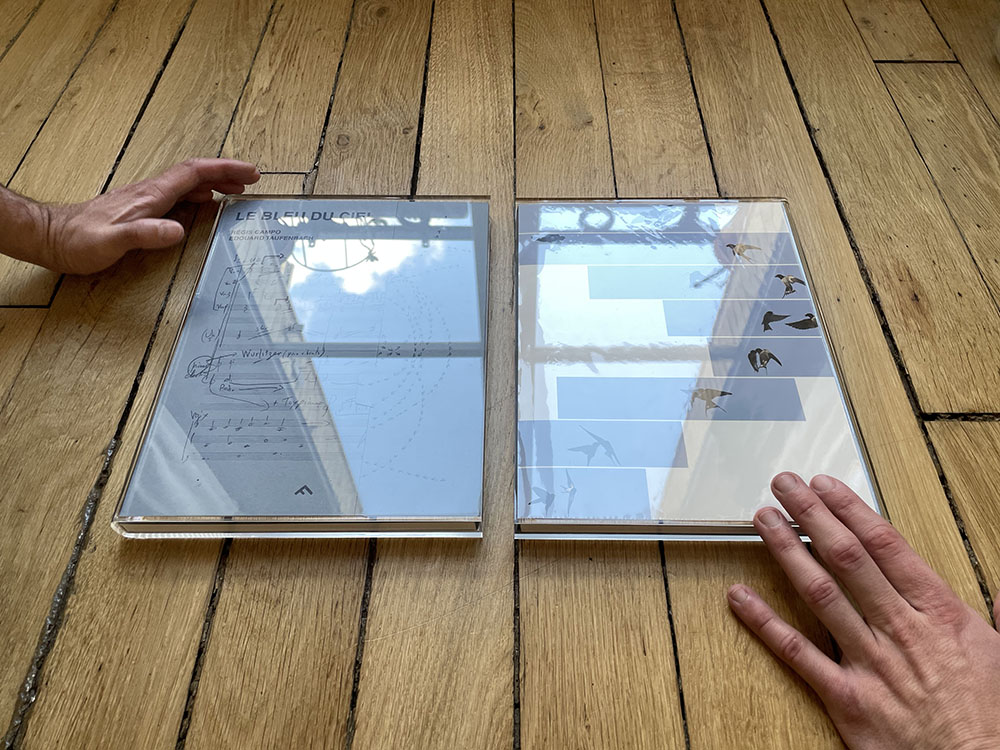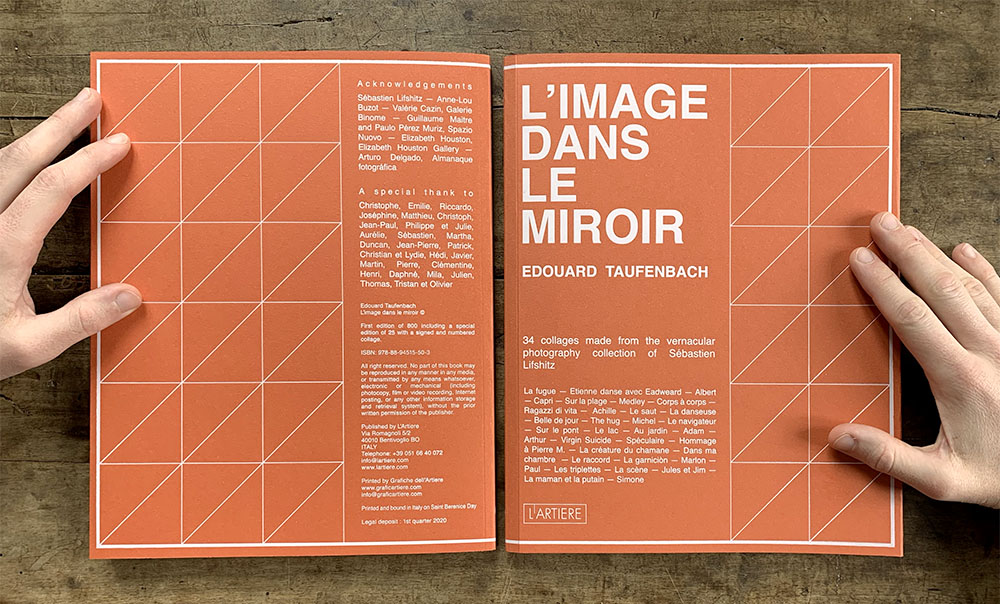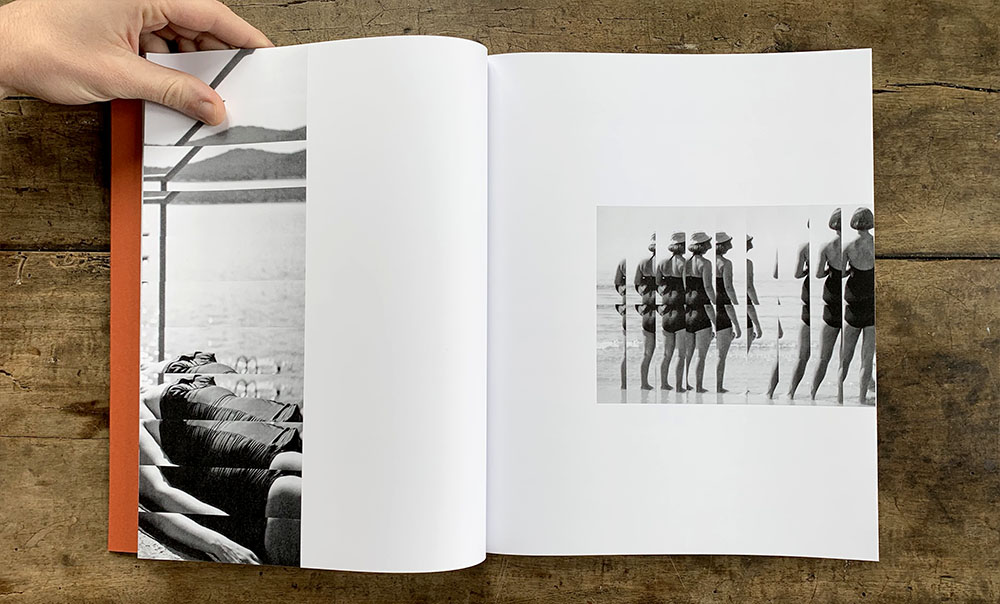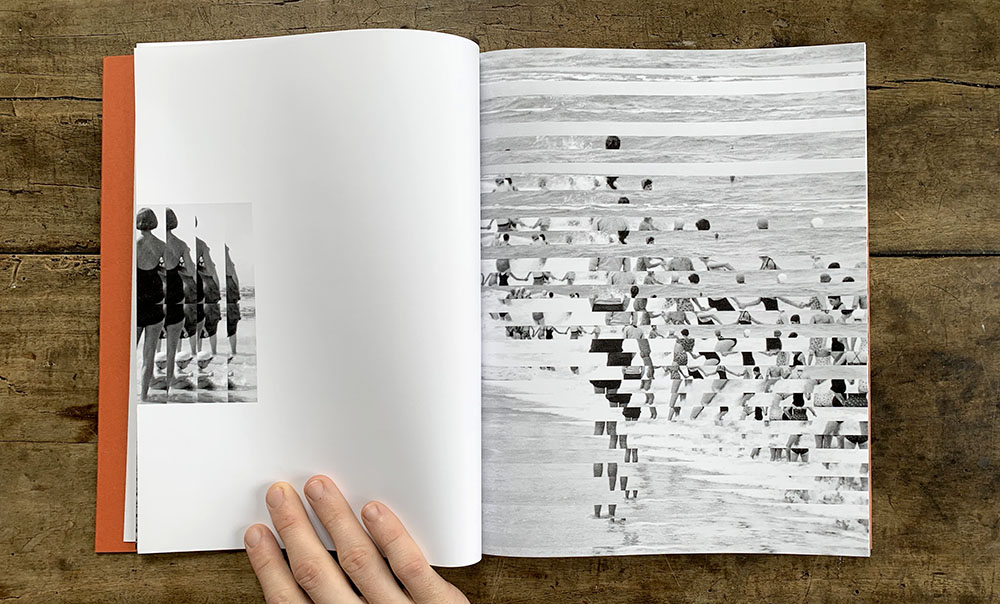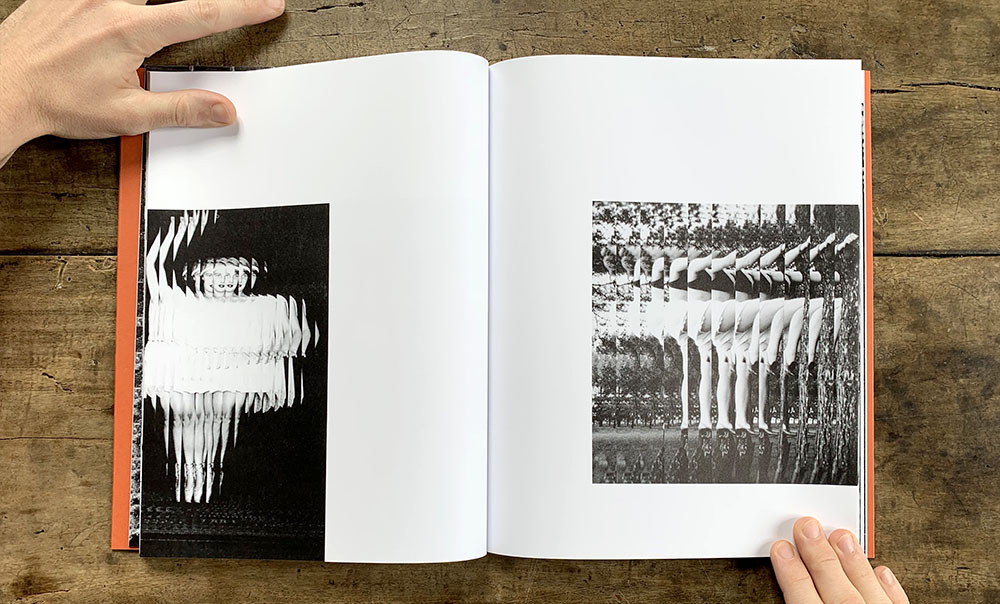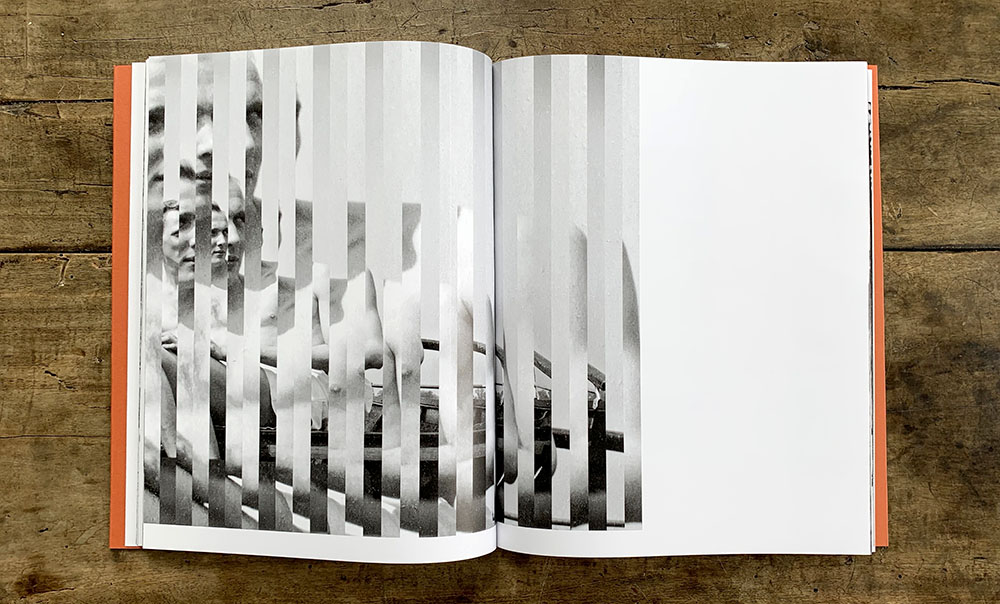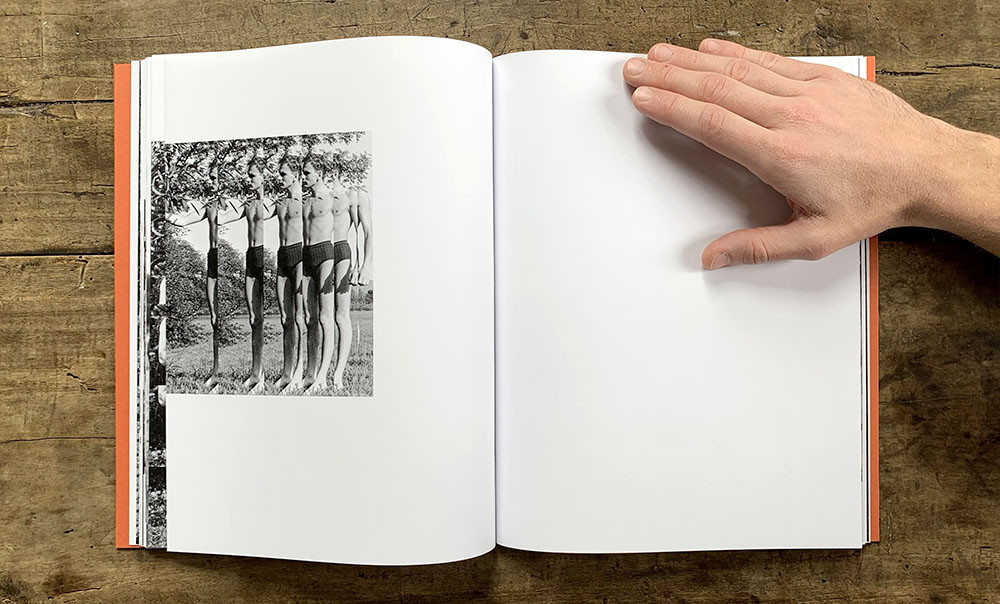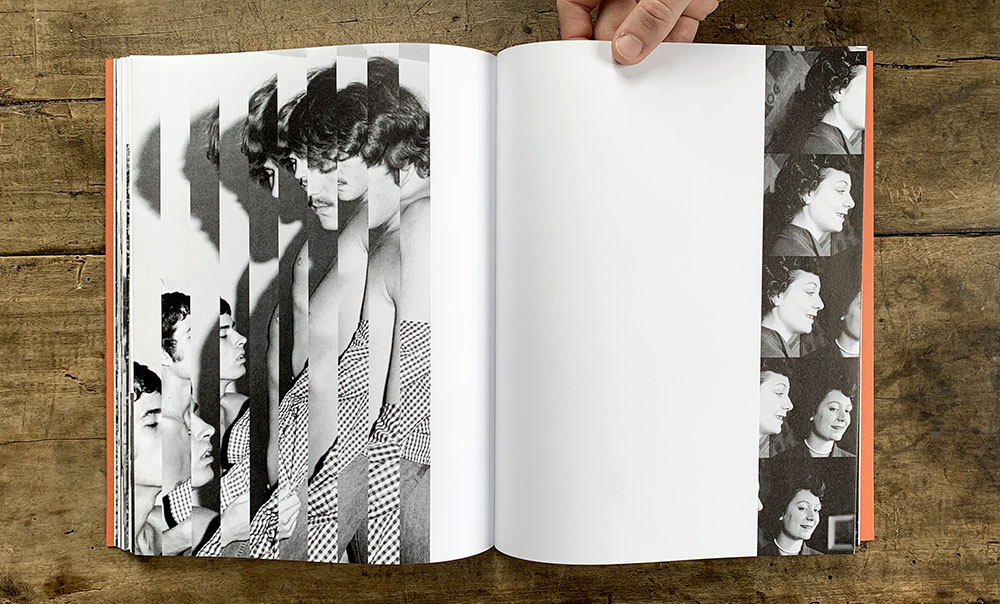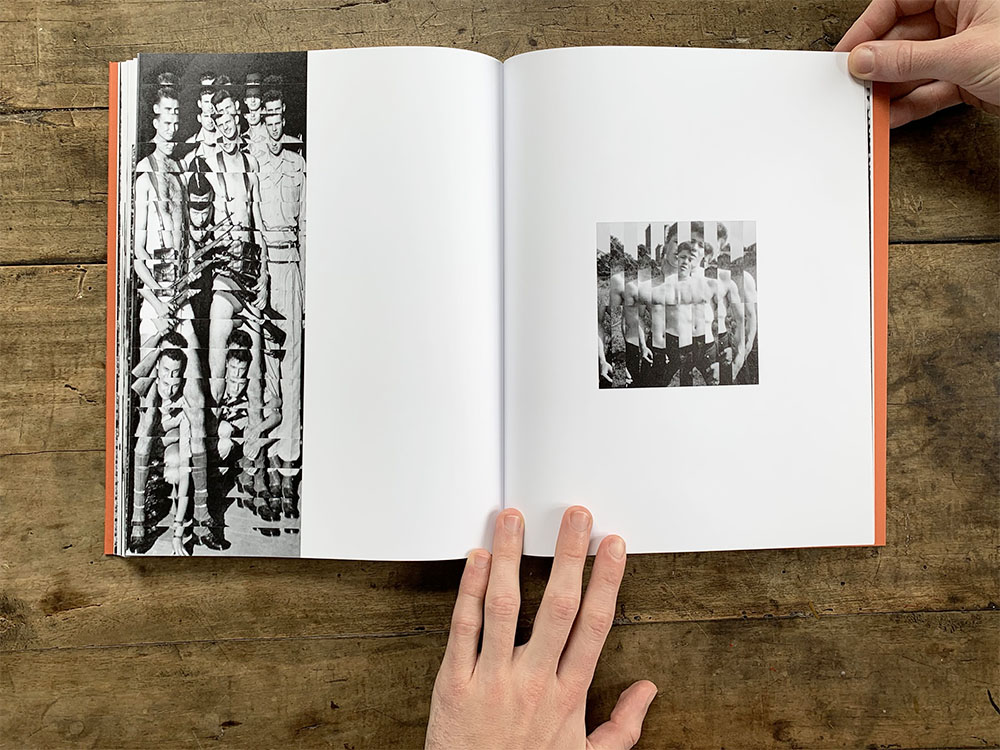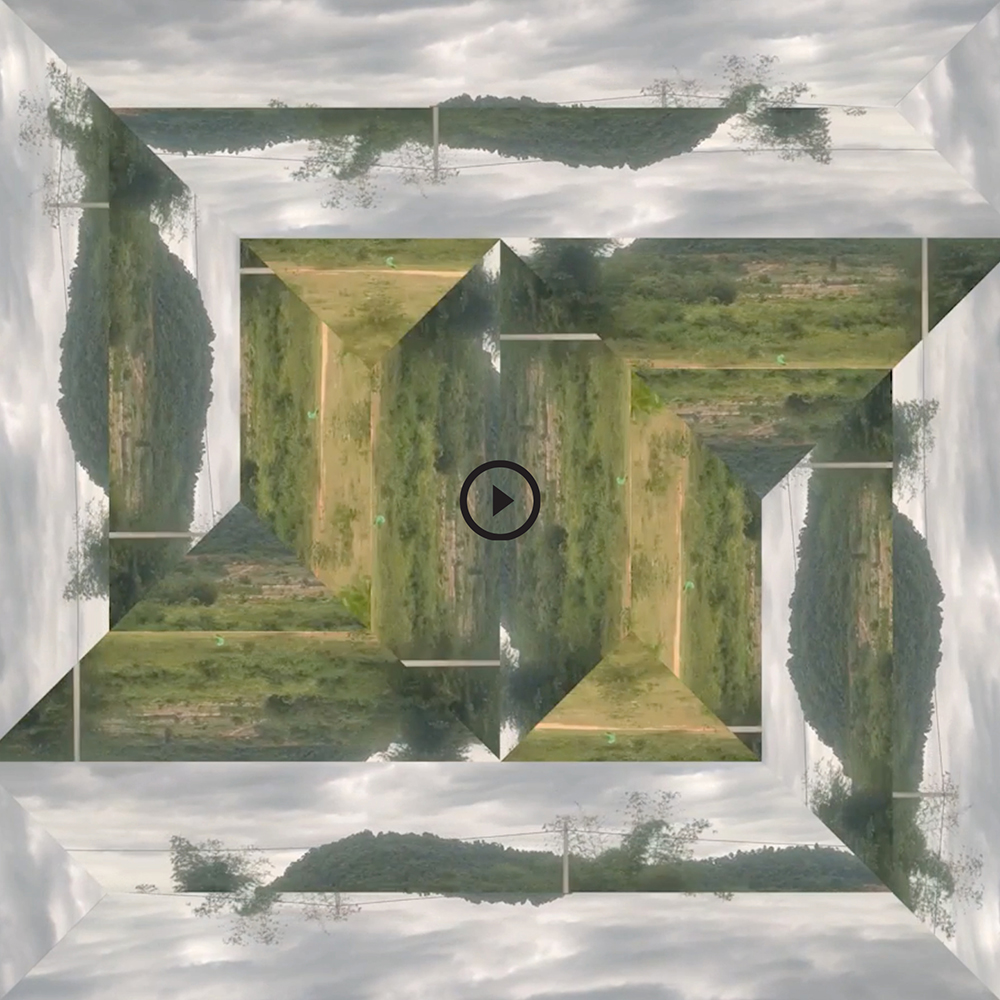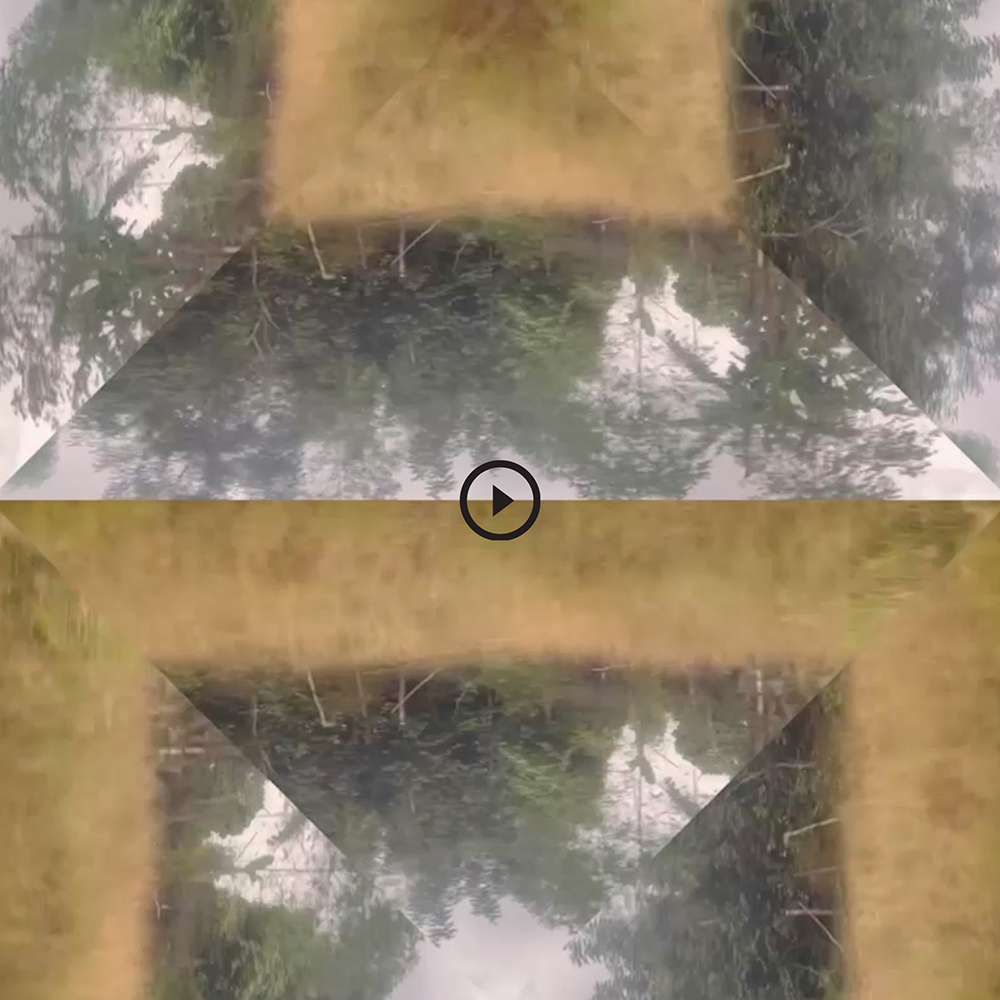Projets
←JE SUIS TRÈS EMBALLÉ.E // 2024
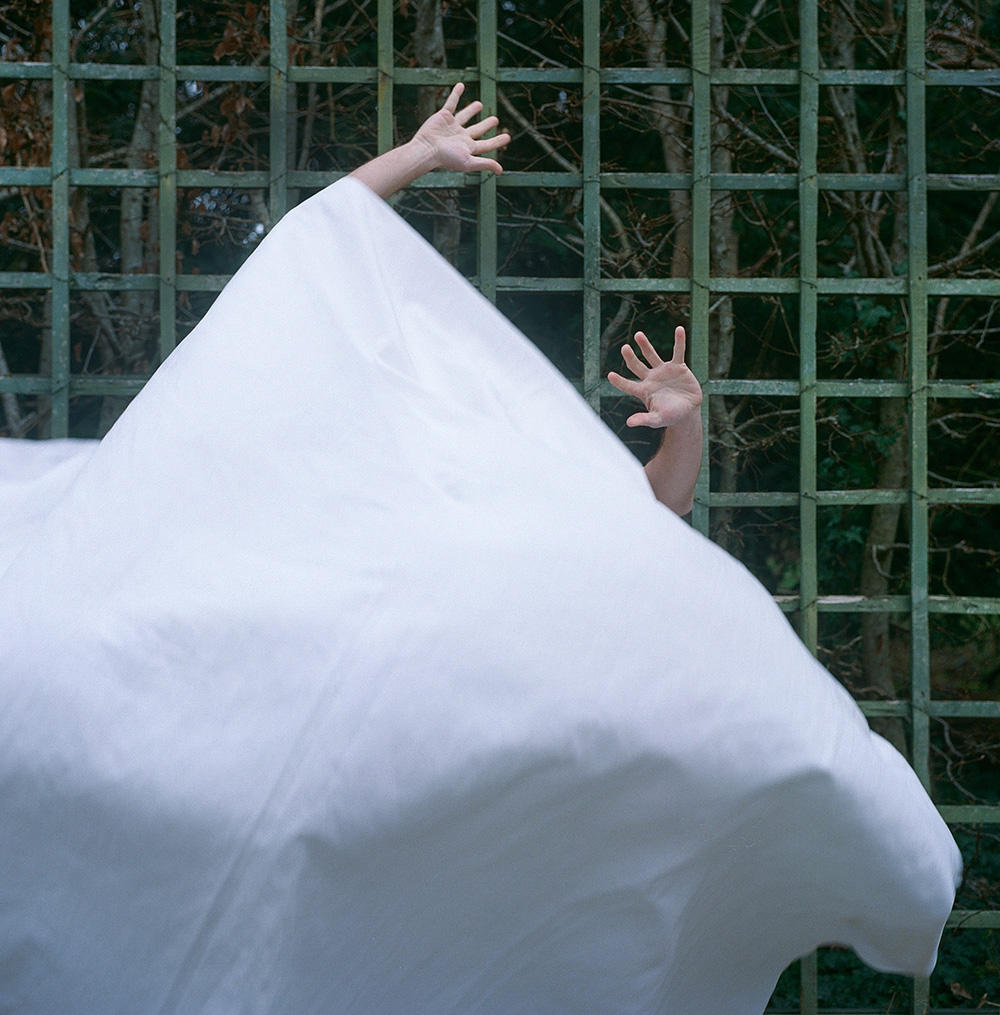
Je suis très emballé.e a été exposée à la Galerie C à Paris du 14 mai au 15 juin 2024 et sera présentée à Paris Photo cet automne. Cette exposition est la deuxieme collaboration entre la Galerie C et le duo d'artistes Edouard Taufenbach et Bastien Pourtout.
Dans un jardin à la française sans référence de lieu ou d'époque, la série de photographies Je suis très emballé.e, propose un ensemble de scènes où la vie minérale, végétale et humaine se confondent et se prolongent, sans toujours pouvoir se dissocier. Comme au théâtre, le décor et les personnages sont faits de la même illusion, drapés du même mystère.


« L’automne n’est pas un été transformé. »1
Il est des promenades d’hiver qui vous chauffent le cœur et ravivent, au détour d’un bosquet ou d’une allée, le doux souvenir d’une lumière d’été, escamoteur des chairs, des feuilles et des roches.
L’exposition « Je suis très emballé.e » est ce genre de promenades. Ici Eros, Appolon, Junon, Céladon et Astrée, Amours et Faunes, Allégories et Géants se drapent sous l’œil des artistes Edouard Taufenbach et Bastien Pourtout. Ces décors de marbres et de granite qui aux beaux jours exaltent l’espace des jardins, revêtissent désormais leur tunique de pudeur.
« Le soir venu Je reposais dans l’herbe monotone, Et je pris goût À ce désir interminable, Cri trouble ailé Que retient la lumière quand elle meurt. »2
Derrière ces étoffes protectrices qui dissimulent des formes virtuoses, sur ces socles tels des scènes ; plusieurs affaires se jouent. Le temps y est-il suspendu ? Les corps faits de pierre et de chair vivent-ils sous ces capes ? Dans ce nouveau décor, orchestré par les artistes, vies minérale, végétale et humaine se confondent. Elles s’imbriquent et récréent, alors, scénettes, poèmes, hommages et légendes.
« Deux fantômes ! c'est là, quand je rêve dans l'ombre, Qu'ils viennent tour à tour m'entendre et me parler. Un jour douteux me montre et me cache leur nombre. À travers les rameaux et le feuillage sombre. 3
Les photographies de l’exposition sont pensées autour du principe de l’emballement. Certaines images sont le fruit d’interventions directes des artistes dans l’espace -comme un hommage volontaire au travail de Christo et Jeanne Claude -, d’autres, le fruit de leur déambulation. Toutes mises bout à bout agissent alors, dans l’espace d’exposition, comme une phrase racontant le récit d’un monde en dormance.
Un cosmos bien personnel prend soudainement forme sous nos yeux – les deux artistes ont d’ailleurs intitulé cette série photographique Cosmogonie- : il s’y percute des images de détails, de performances, de paysages et de souvenirs, toutes nourries du même mystère, toutes faites des mêmes chimères.
Ainsi, les artistes jouent de décadrages, de contres jours, d’ombres et de drapés, tour à tour sculptés par le souffle du vent ou la main du duo. Raccrochant les astuces du théâtre et de la mise en scène, ils offrent au travers de cette série un poème photographique. Edouard Taufenbach et Bastien Pourtout nous parlent d’un hiver dans un jardin imaginaire. Un hiver lors duquel, pour les statues, les corps et les fantasmes, le retrait a parfois valeur de survie.
« Trois bruits et brigadier, Le chant du jour s’annonce, Y fleurir, jouer et verdoyer, Qu’accroche le verbe ou bien la ronce, Tambour battant rythme de ma peur, Le salut, l’opprobre ou la roture, Rameau poussant Racine en son cœur, Volontiers, je me plie pour revoyure »4
1 Etel Adnan, Saisons, 2008.
2 Giuseppe Ungaretti, La vie d'un homme" (Vita di un uomo), « Cri », 1928.
3 Victor Hugo, Les Orientales, Fantomes , 1829.
4 Tom Masson, 2024.











LE JARDIN QUI BASCULE // 2023

« Le Paradis n’était pas grand; parfaite, chaque forme ne s’y épanouissait qu’une fois; un jardin les contenait toutes. »1
Le jardin qui bascule est exposé à la Galerie C à Paris du 18 avril au 3 juin 2023. Cette exposition est la première collaboration entre la Galerie C et le duo d'artistes Edouard Taufenbach et Bastien Pourtout.
Ce projet c’est d’abord la tentative de construire un espace commun, l’espace même de notre relation. Le jardin est cet espace “entre” nous, construit par nos deux regards, travaillé par nos deux corps, cultivé par nos quatre mains. Il est un vaste terrain de jeux et d’échanges, un lieu où s’accordent et se désaccordent nos goûts, nos curiosités, nos façons de voir le monde et de le toucher. Ces jardins sont des lieux de bascules, de chiasmes, de retournements et de fausses symétries.
L’exposition joue de la répétition des formes. La récurrence du carré et de la matrice permet de créer des passages, des chemins entre les différentes typologies d’œuvres. Façonnée, cette harmonie donne la possibilité au visiteur.eu.se.s de modeler son propre jardin intime et mental.
L’exposition présente 25 œuvres originales réparties en 5 typologies : Les Hedges, de grands collages argentiques réalisés à partir de photographies de feuillage — les Herbier d’ombres et les Glaneurs, séries de performances — Les Légendes, photomontages entre photographie et dessin — ainsi que les Swinguing Gardens , le prolongement numérique de ce projet par un ensemble de NFT.
1 André Gide, Le Traité du Narcisse, 1891
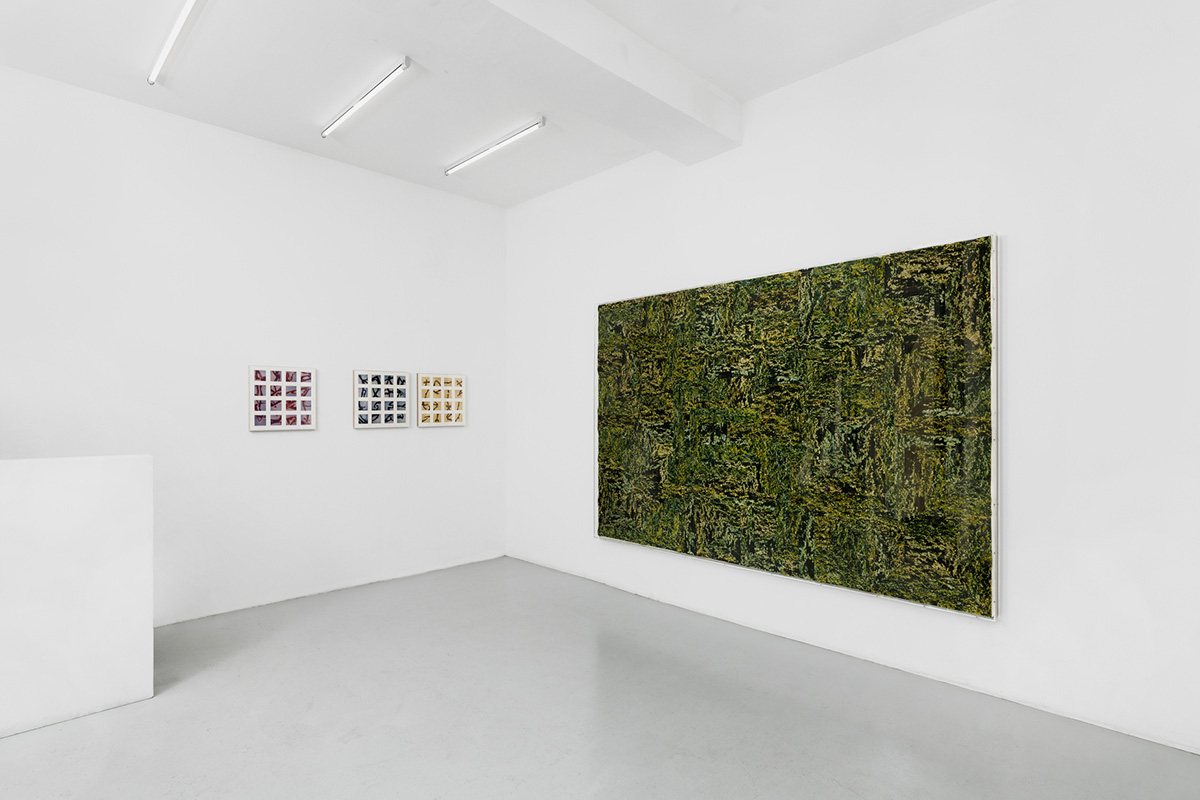
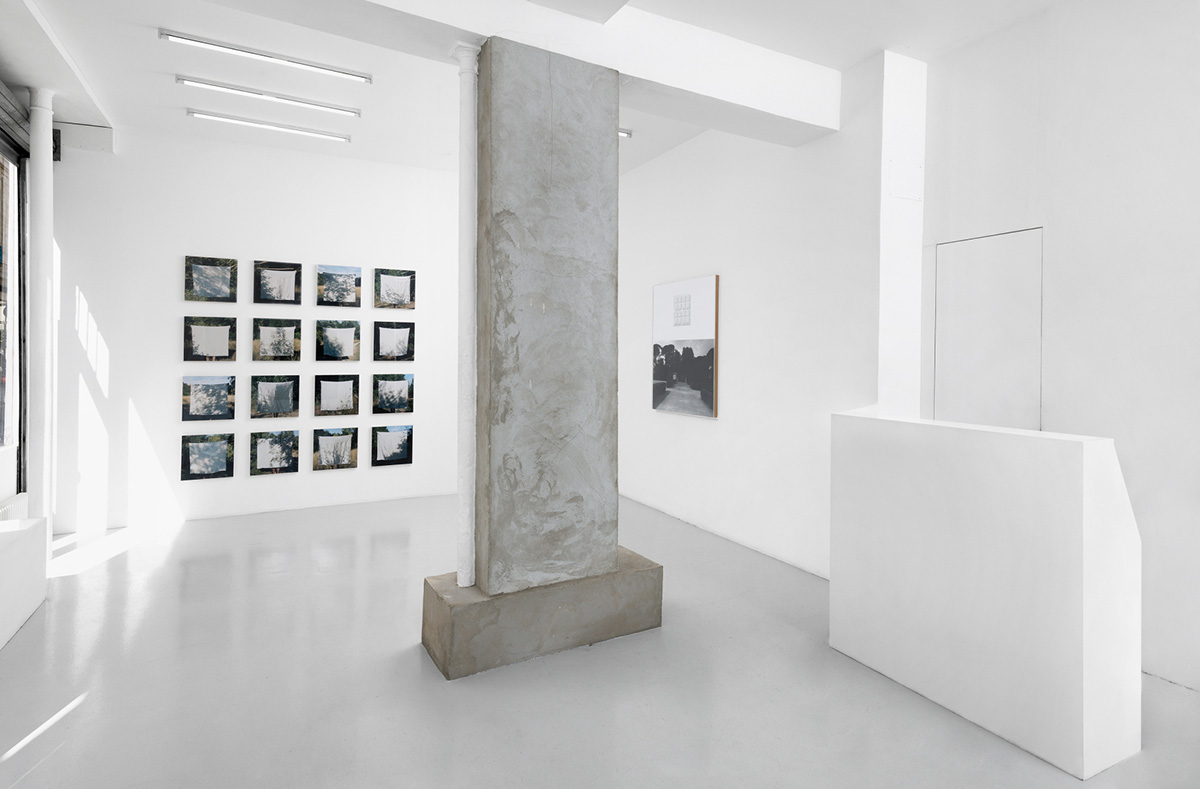
THE EDGES
À partir de grands tirages argentiques de textures végétales, nous créons des collages “grandeur nature”. Dans leur réalisation, ces œuvres par des jeux d’échelles et d’architecture révèlent des surfaces picturales et sensibles. Comme dans un labyrinthe, le dessin qui structure l’assemblage des éléments (visible au dos) s’efface au profit d’une immersion propice à la rêverie. On cherche son chemin dans ce dédale végétal qui ne cesse de tourner sur lui-même.
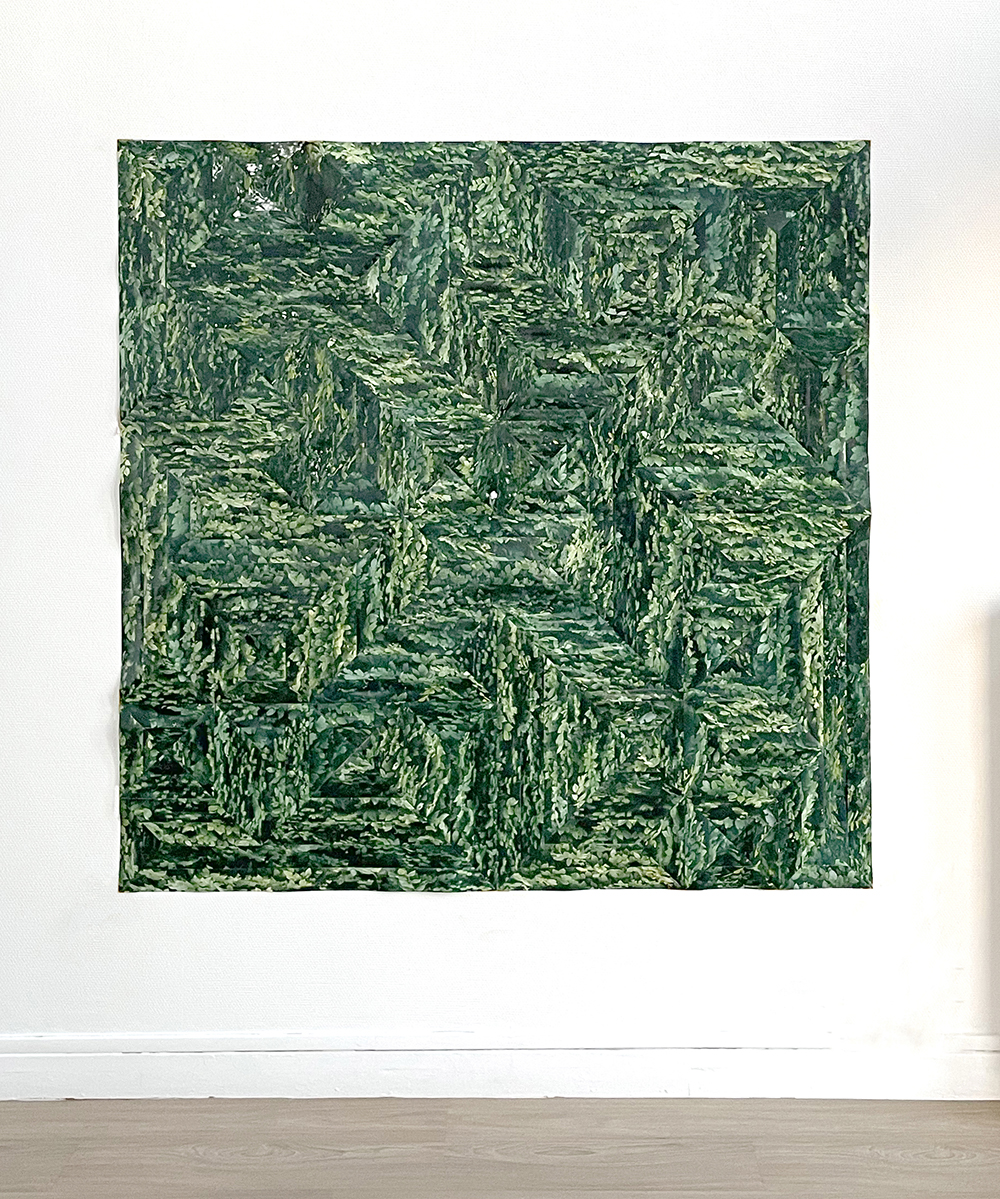
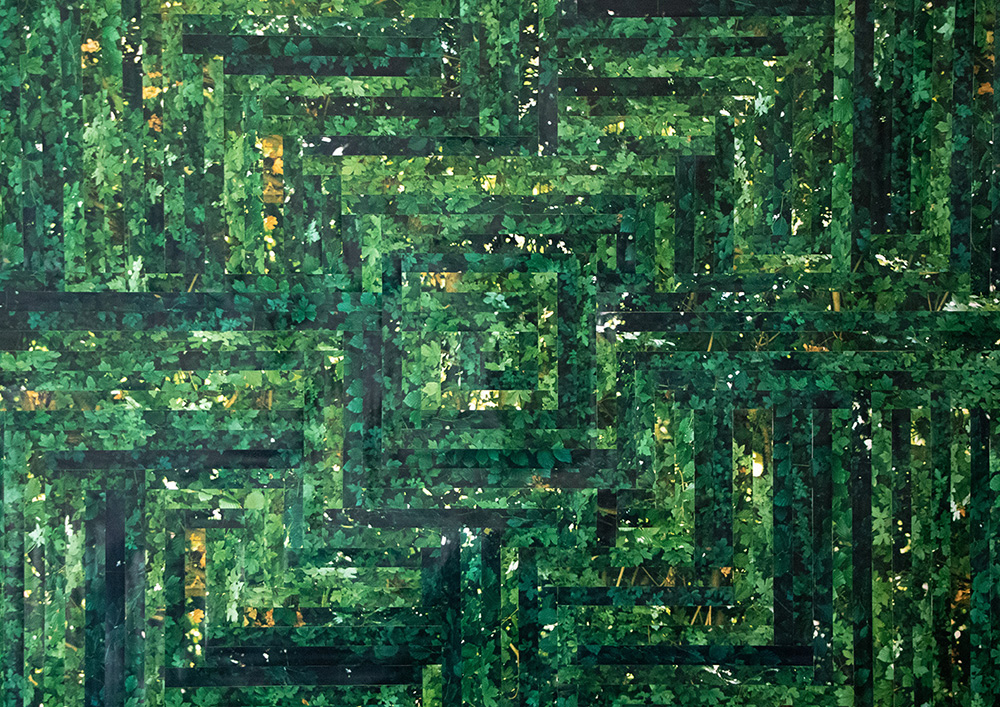
L’HERBIER D’OMBRES
Le drap tendu à tour de rôle par nos mains devient un écran de projections d’ombres végétales mais aussi une paroi qui masque et dévoile à la fois nos corps et le paysage. Ce jeu de bascule entre nos deux points de vue fabrique ici le cadre d’un jardin intime et sensuel. Entre l’ombre et la lumière, cette série donne forme à un jeu de cache-cache photographique où se dessine, en creux, la nature aux alentours.
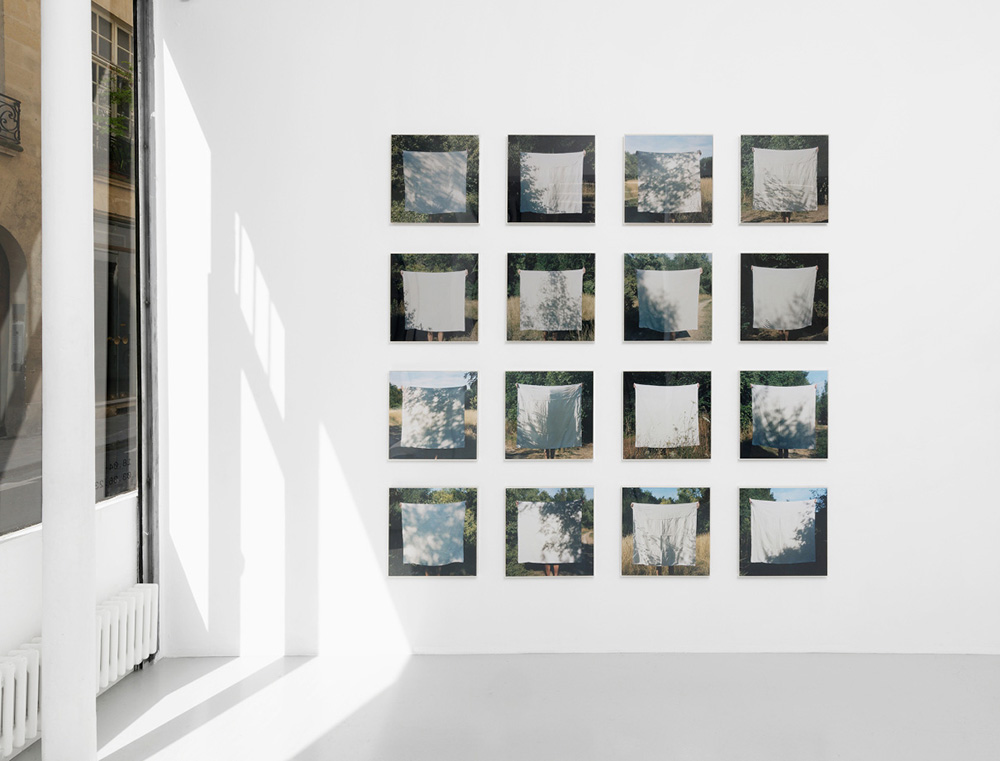
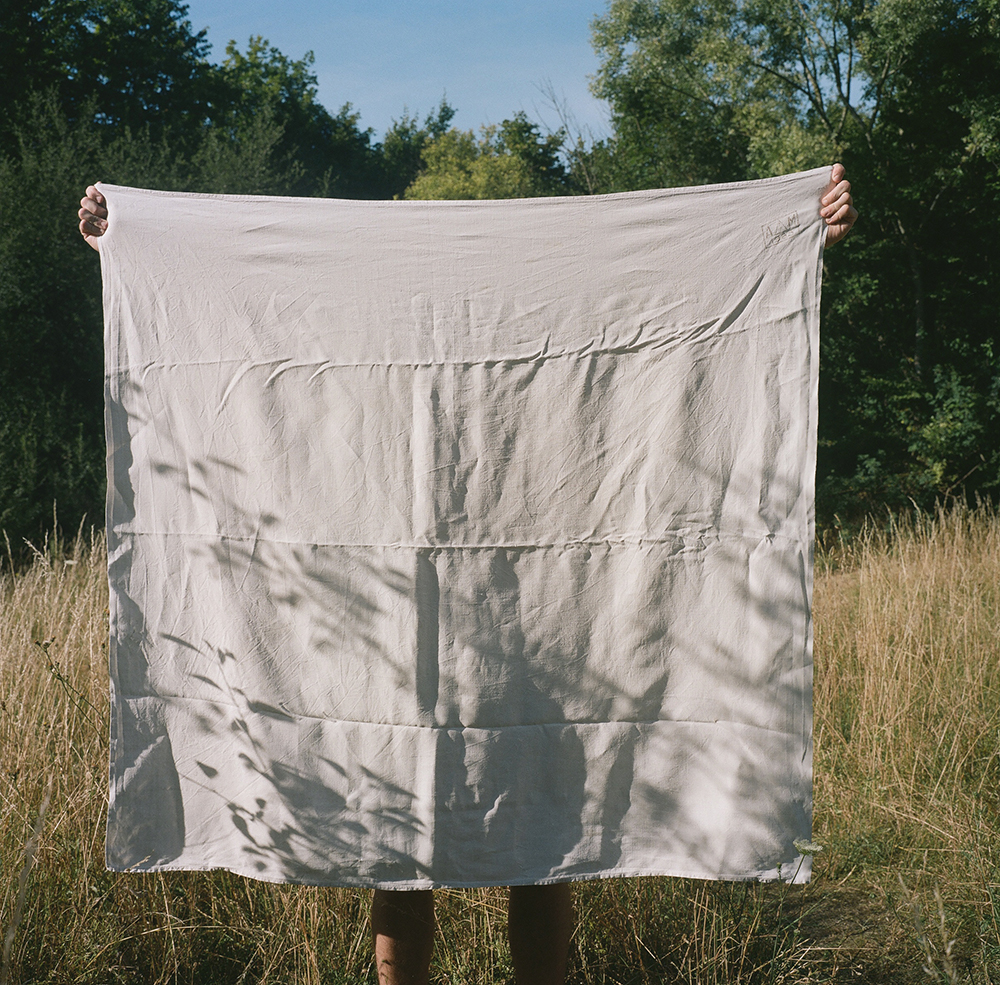
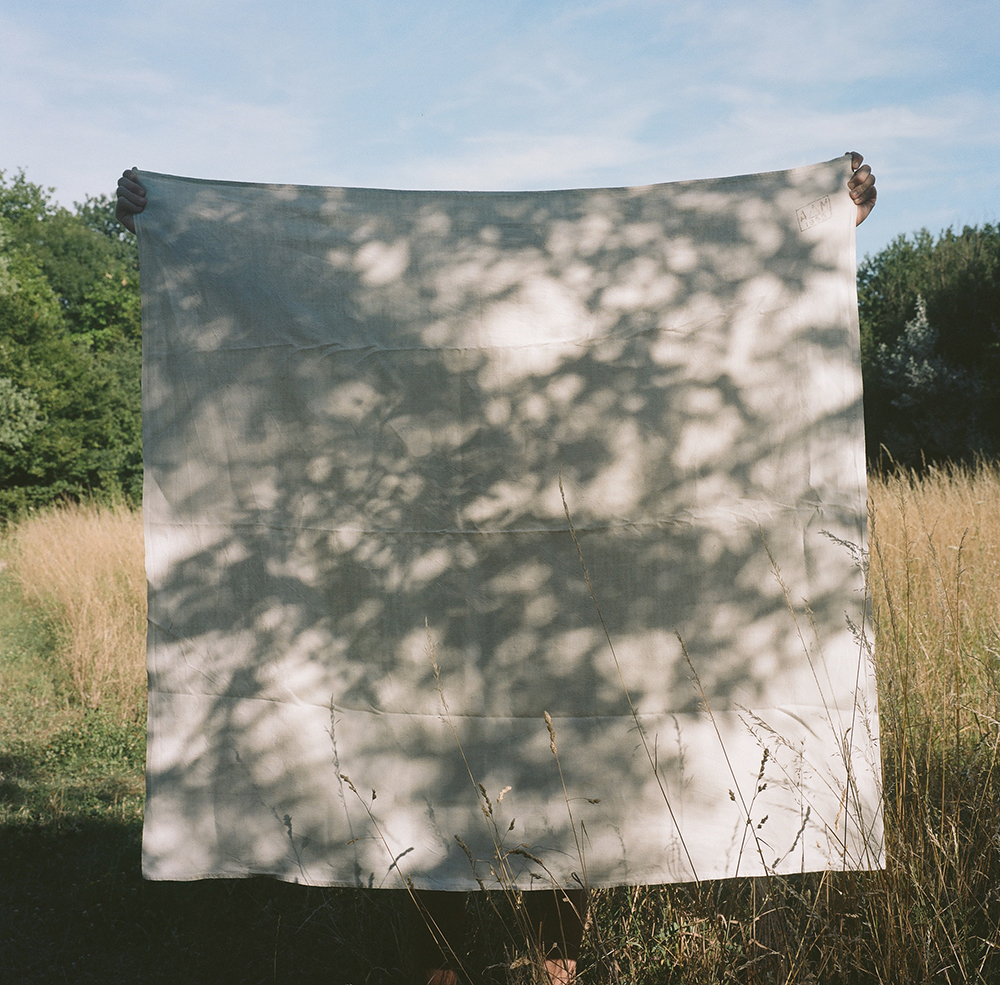
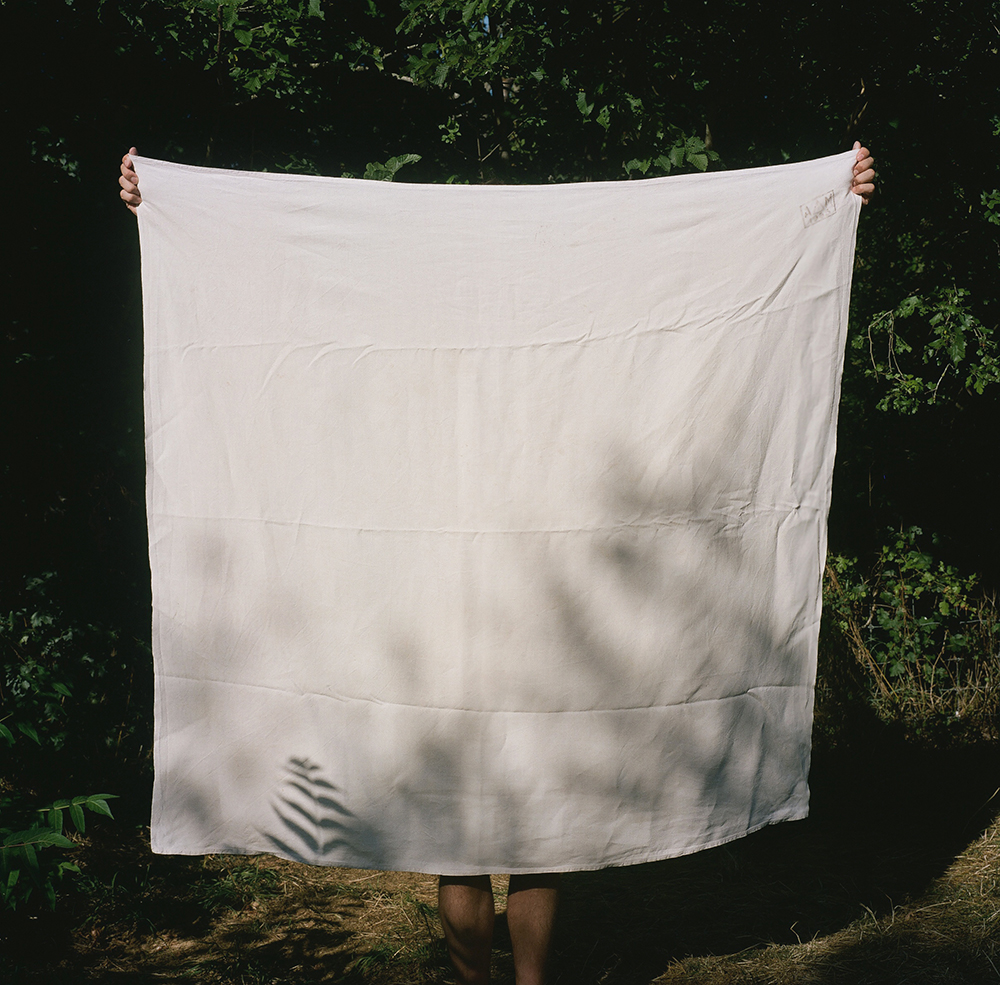
LES LÉGENDES
Les Légendes sont des montages photo-dessin qui créent du volume, des perspectives et des histoires. Nous utilisons la technique du photogramme pour impressionner le tracé en même temps que le négatif. Le résultat est une image coupée où le regard navigue d’un côté à l’autre et construit une représentation supérieure à la somme des deux parties. Des jardins à fabriquer, à imaginer et à rêver.
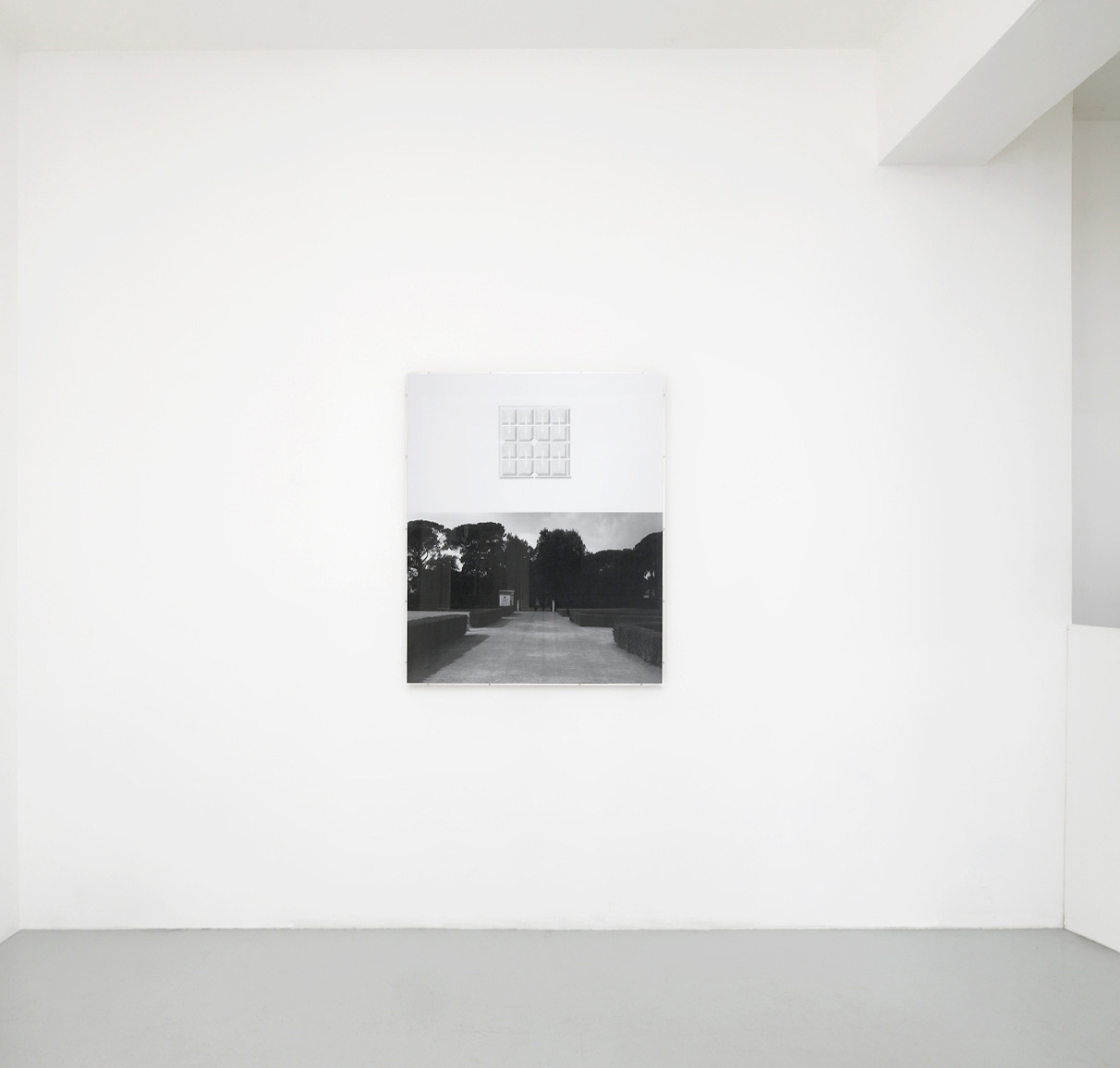
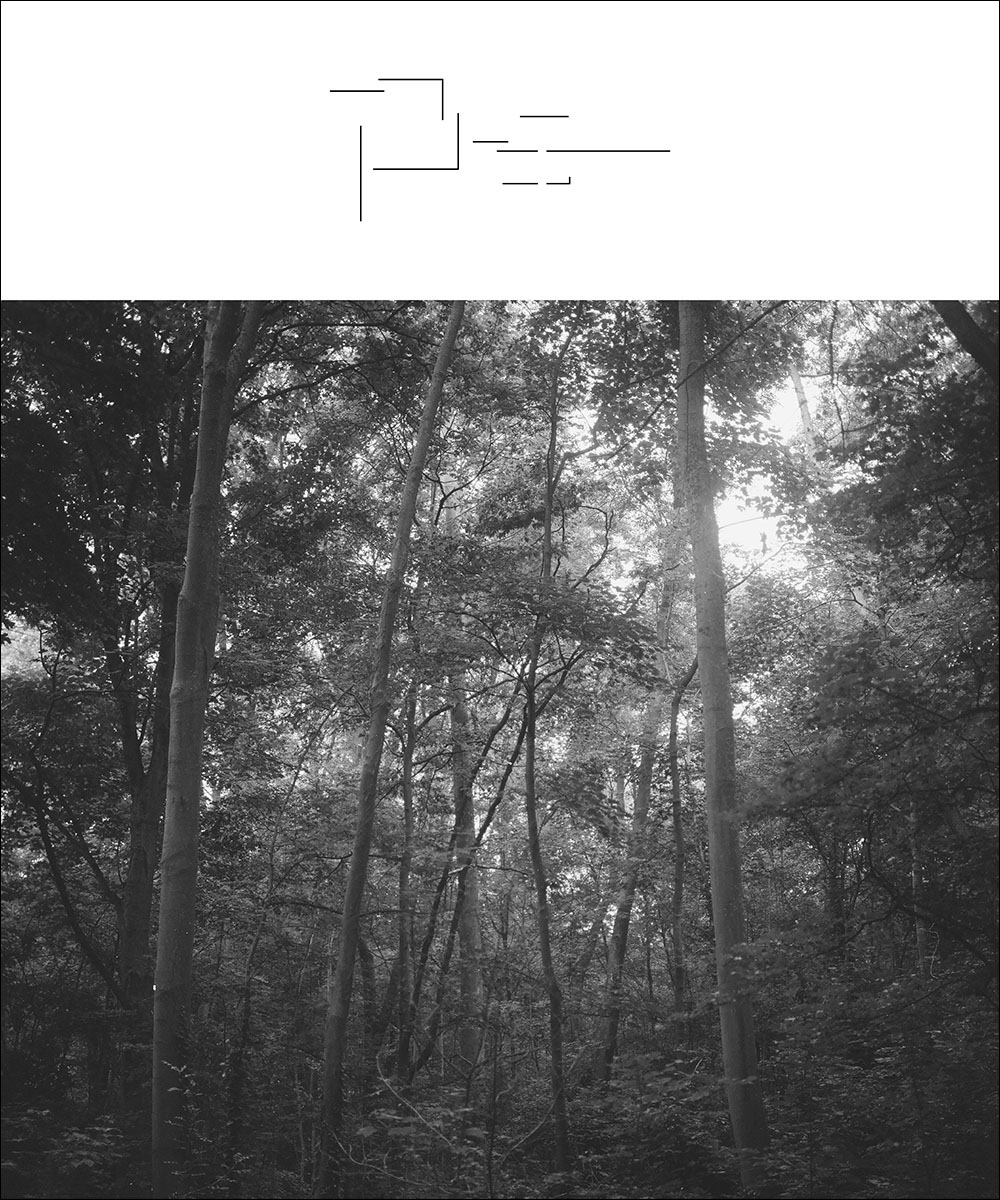
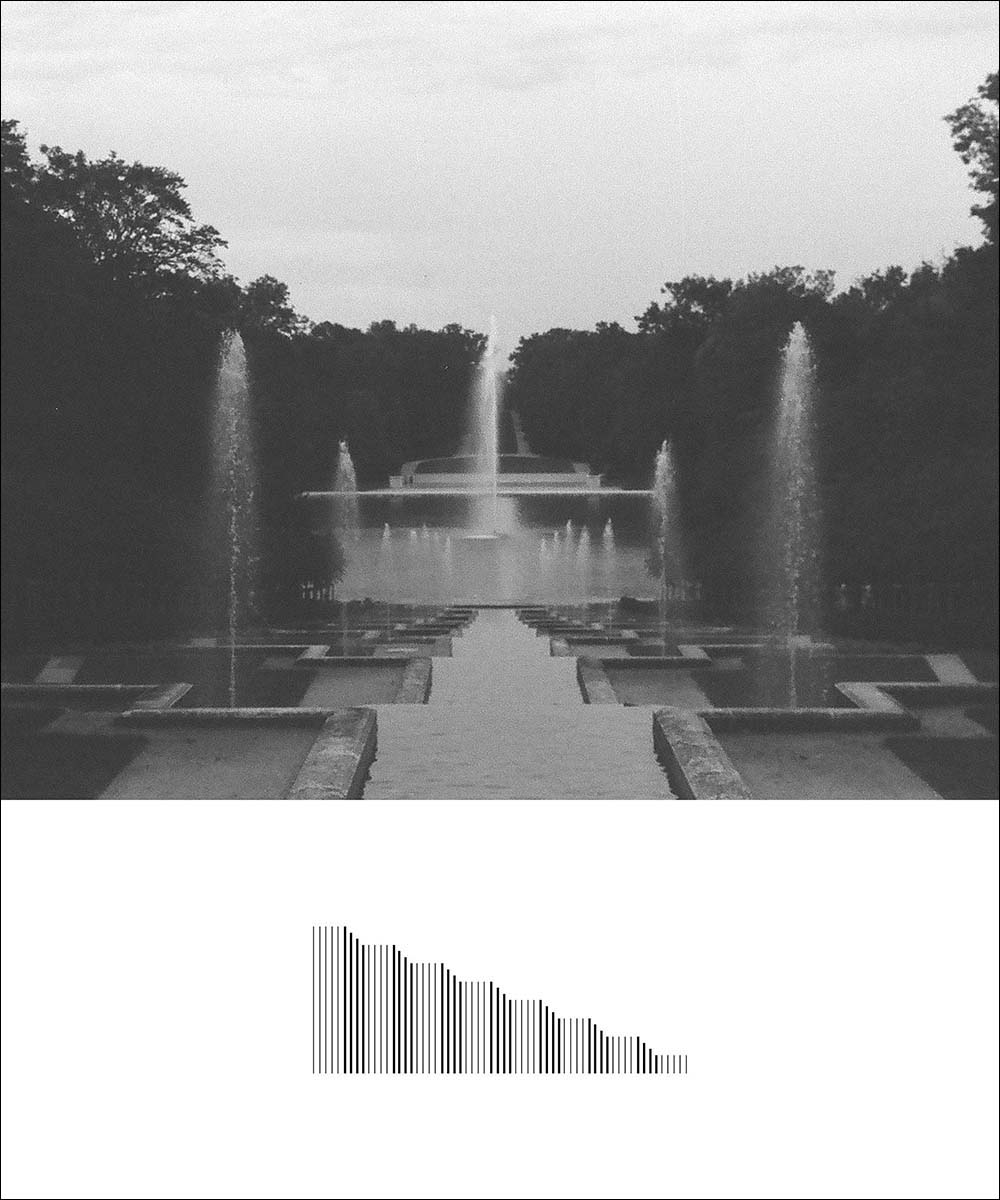
LES GLANEURS
Dans la série Les glaneurs, la main est au cœur du dialogue photographique. A tour de rôle chacun de nous prend 8 Polaroïds (une pellicule) — quand l’un déclenche la prise de vue, l’autre vient guider les positions des mains. Le protocole mis en place explore la variabilité des agencements dans les limites du cadre au format carré. Les images n’ont ni gauche, ni droite, ni haut, ni bas, elles se retournent et se renversent. Elles sont organisées dans une matrice (4X4) qui poursuit et redouble ce travail de triangulation géométrique. Multipliés par les 16 images de la grille, les gestes dessinent un ensemble de lignes dynamiques et articulées. Ils composent des répertoires de formes, comme des alphabets — chorégraphies intimes de signes privés.
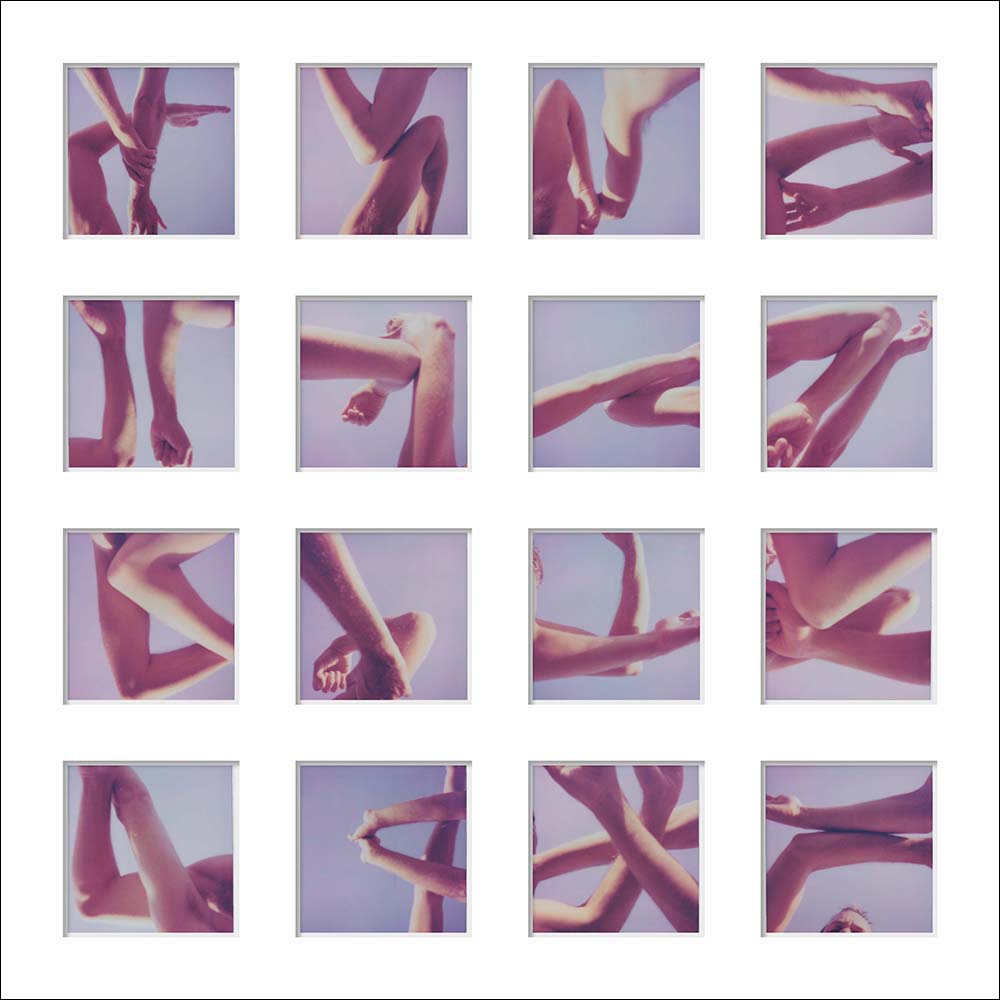
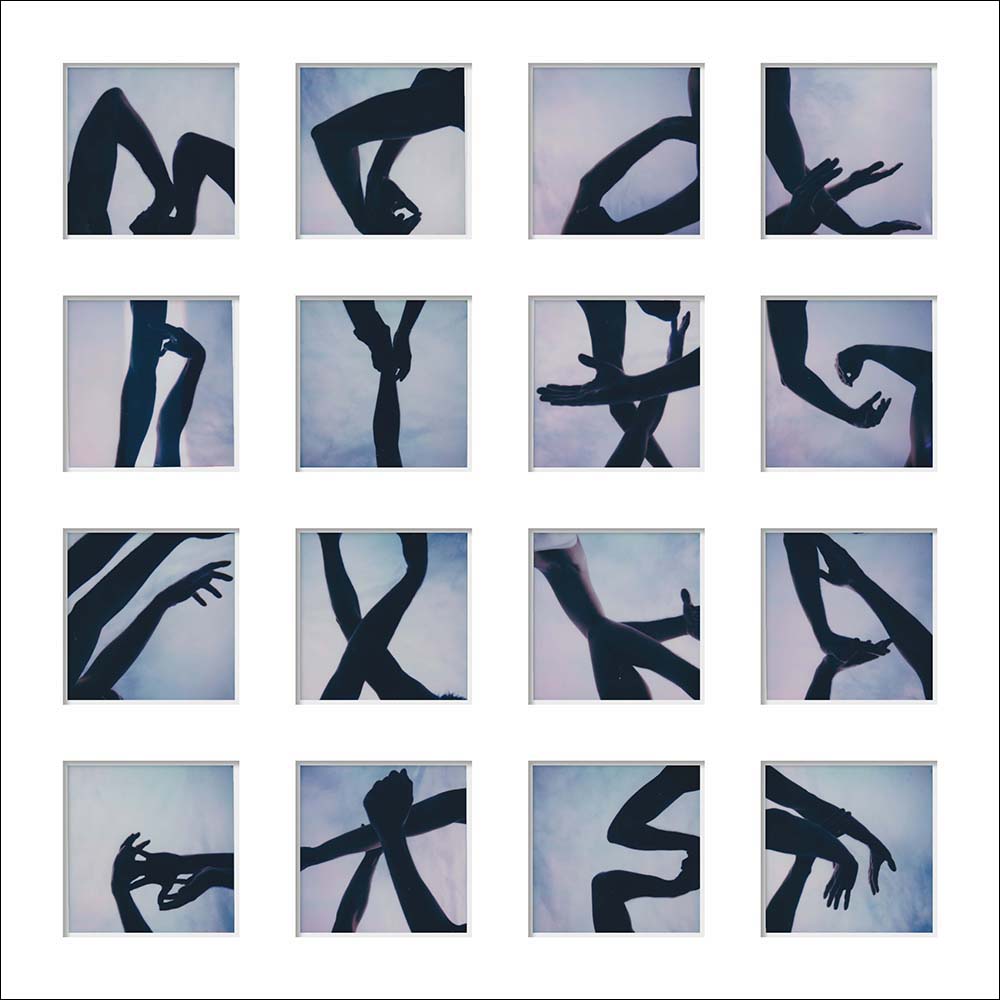
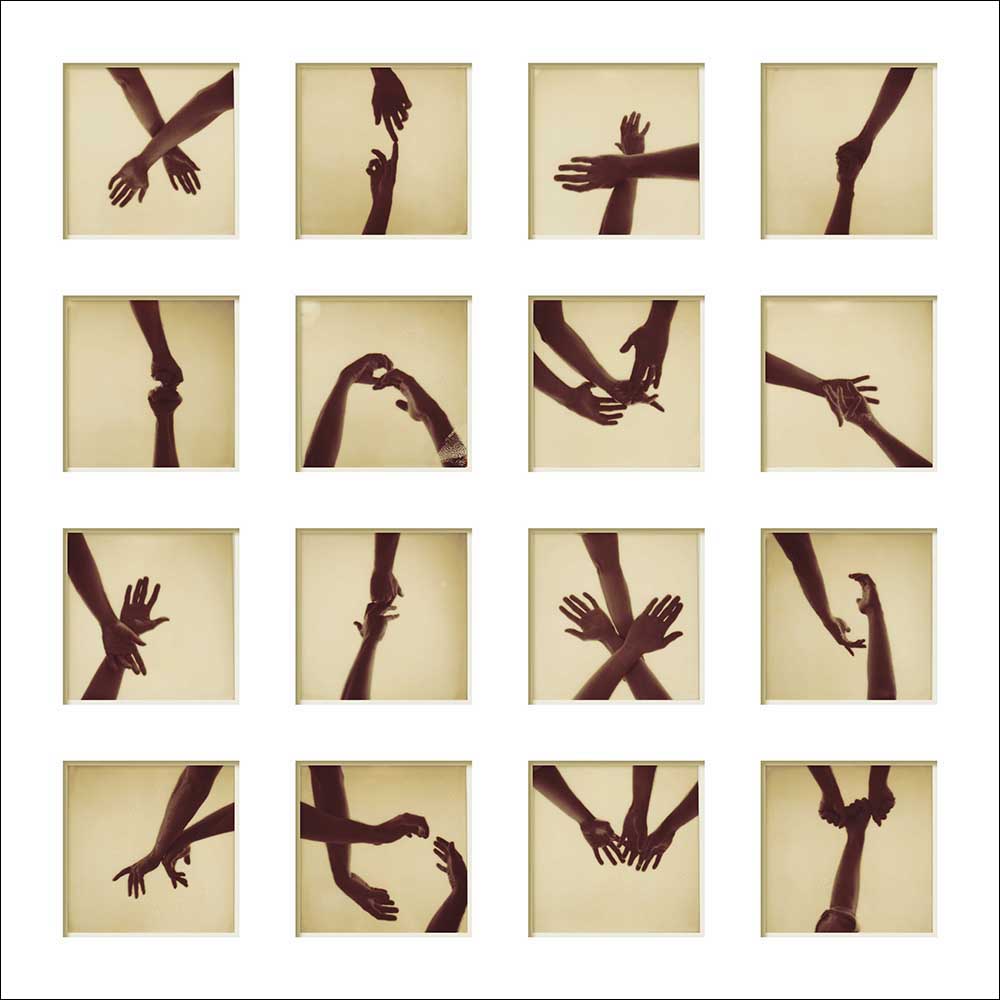
THE SWINGING GARDENS
Swinging Gardens est une collection de NFTs, prolongement digital de l’exposition physique. Ce sont des crypto-œuvres réalisées à partir de photographies argentiques ou de vidéos numériques. Constitués comme des assemblages qui tournent perpétuellement sur eux- mêmes, ils reprennent le vocabulaire formel des dentelles de buis ou des dessins de jardins Renaissance ou des jardins à la française du XVIIe siècle.
La collection Swinging Gardens est exposée et commercialisée sur la platforme Foundation .
